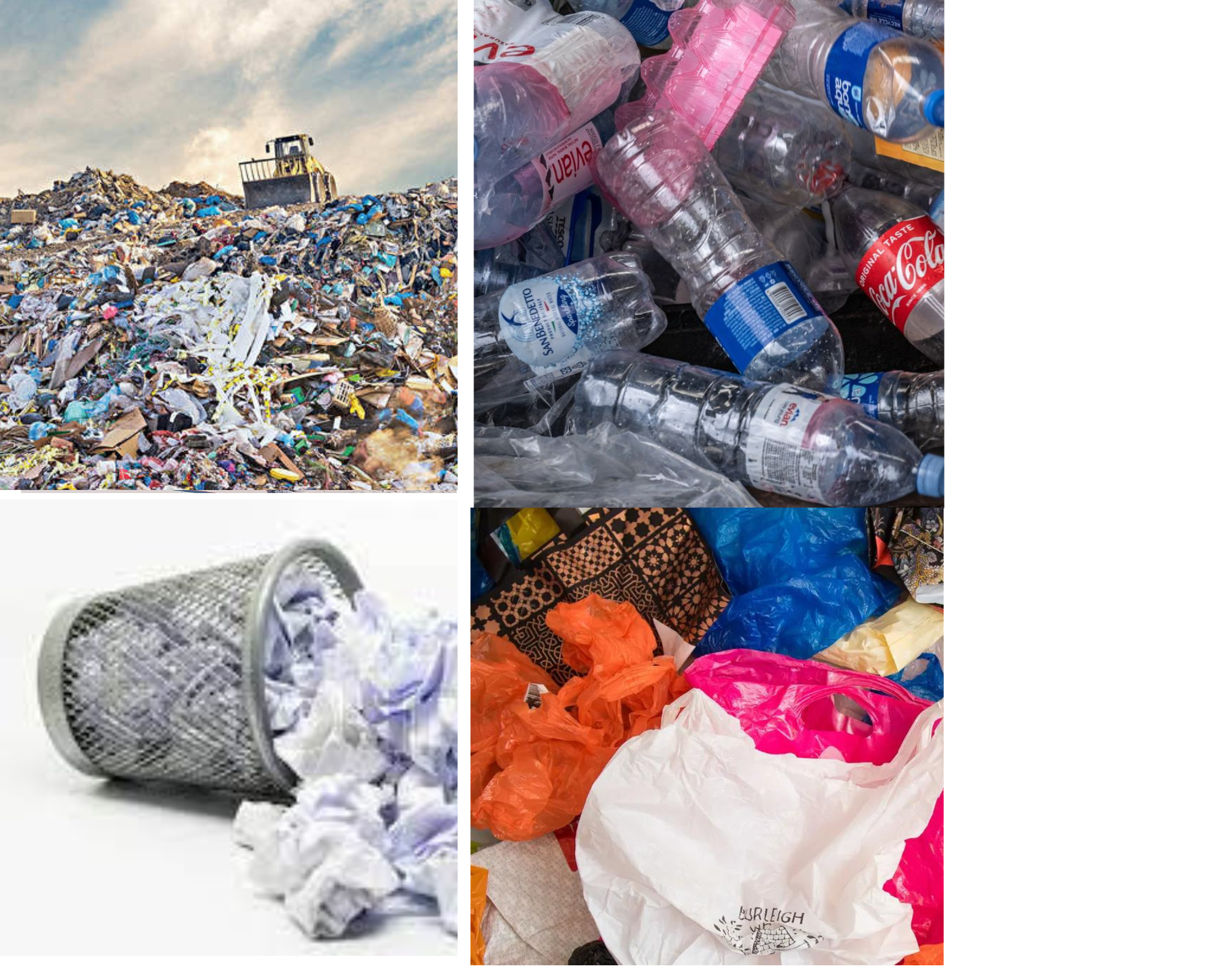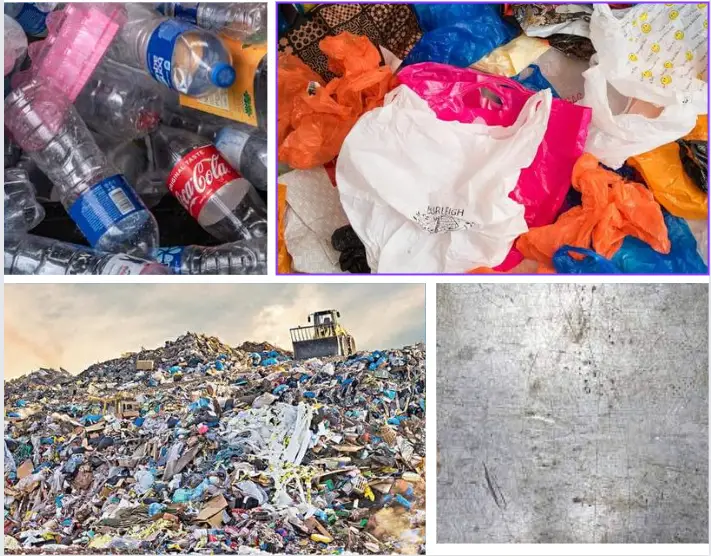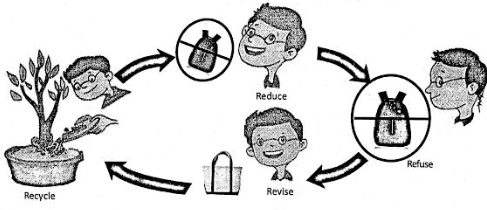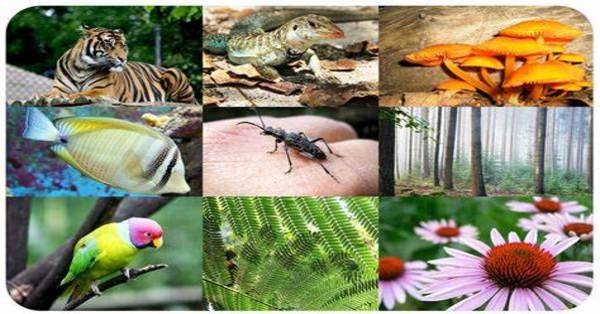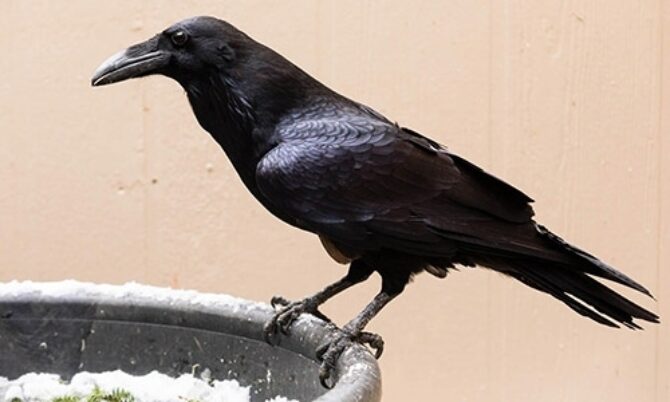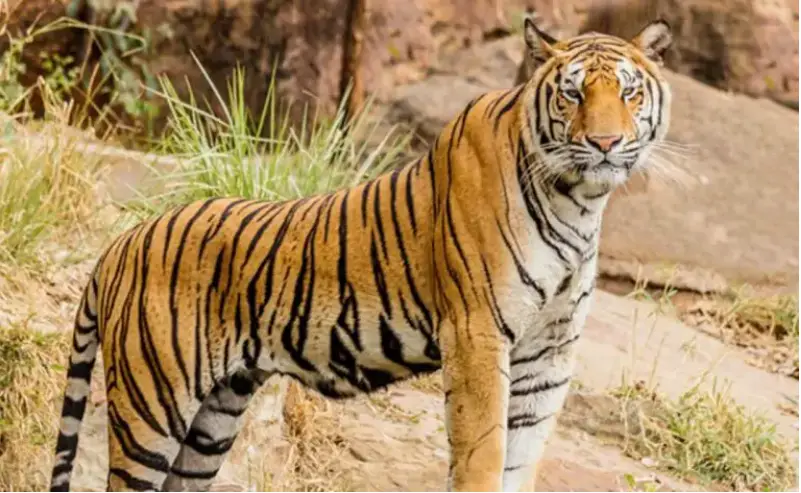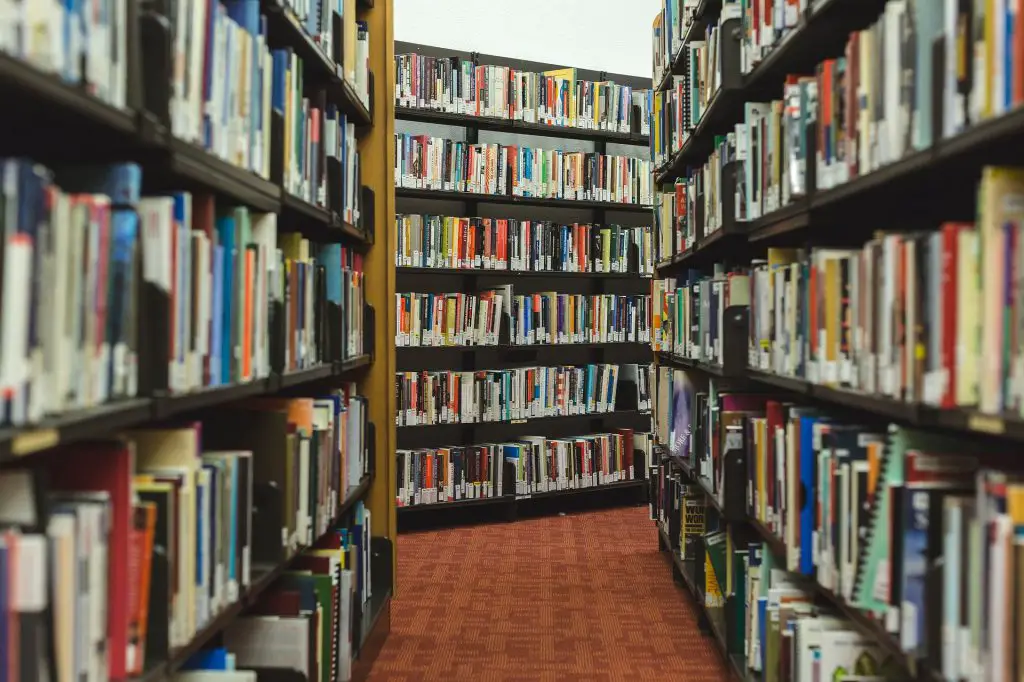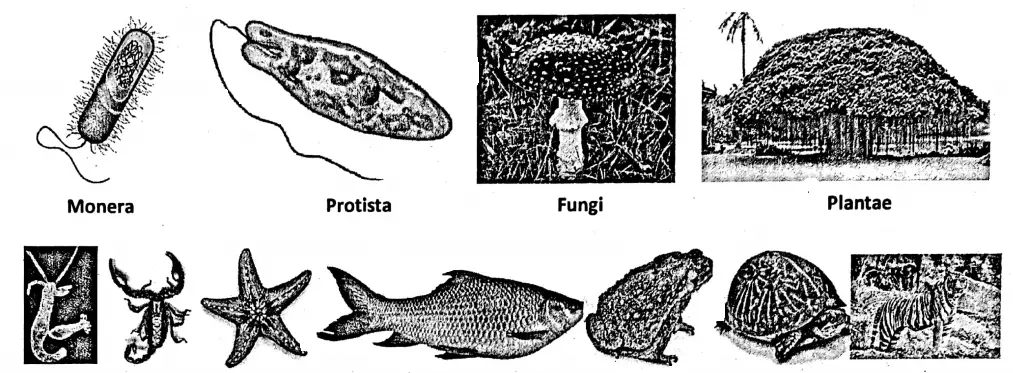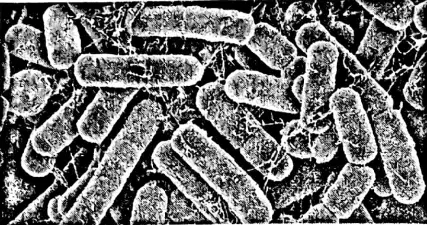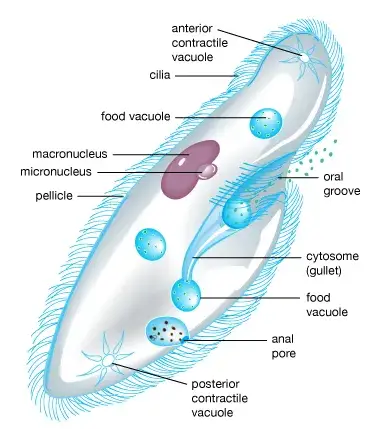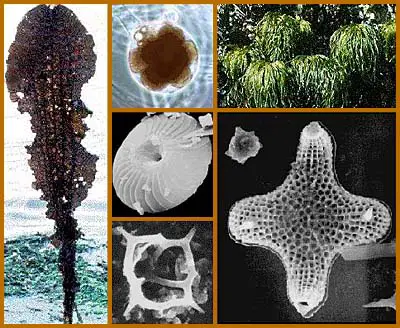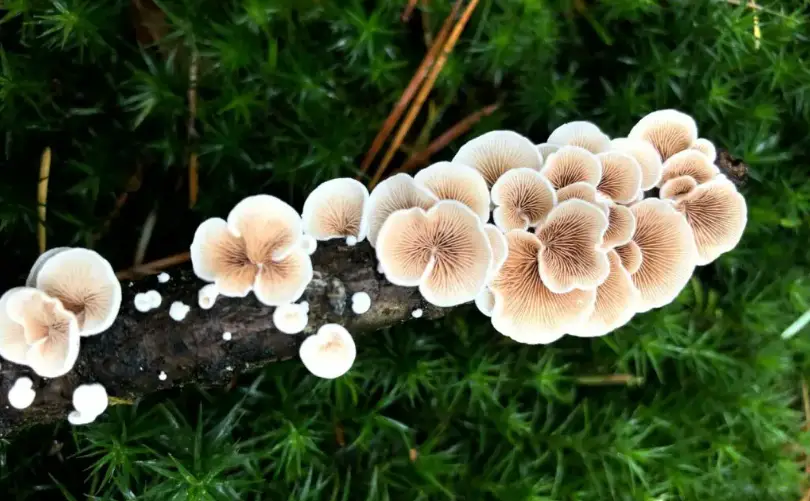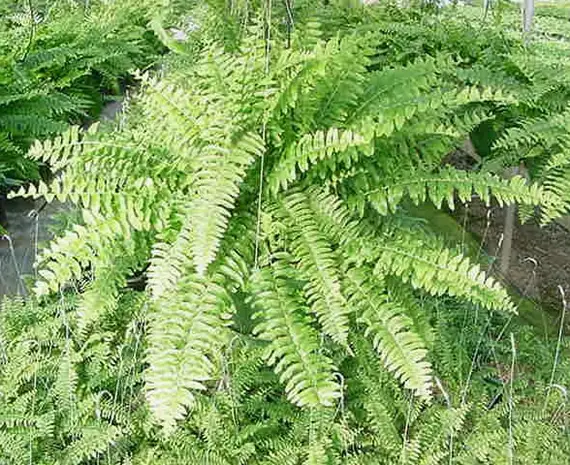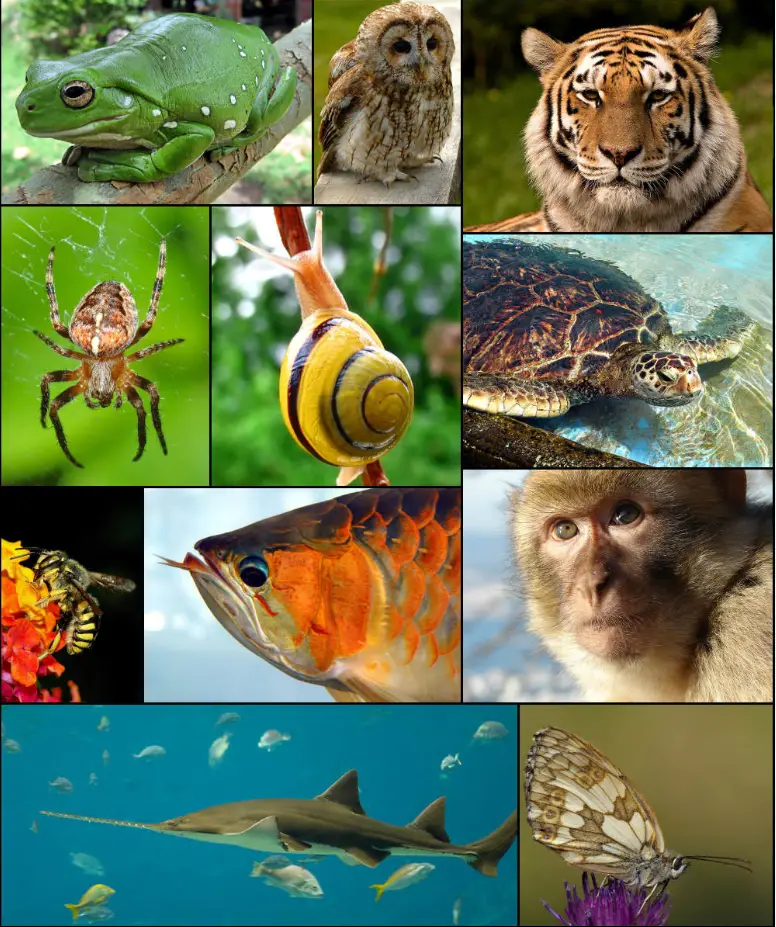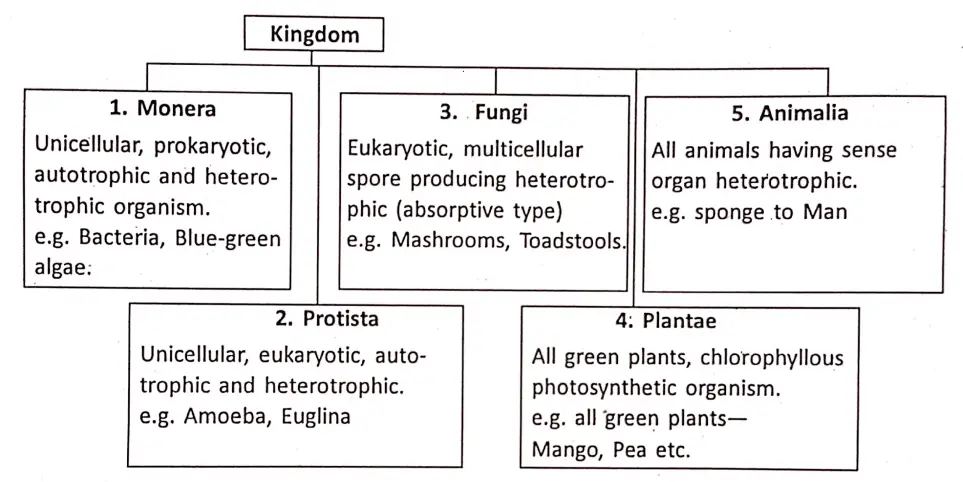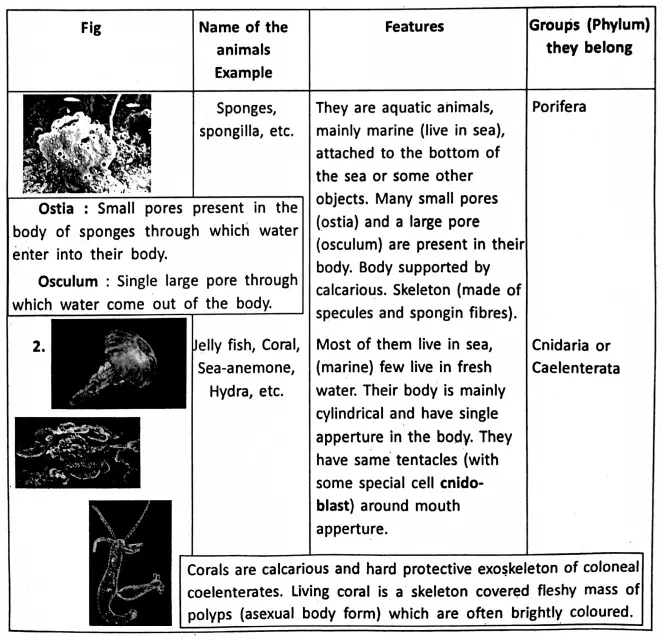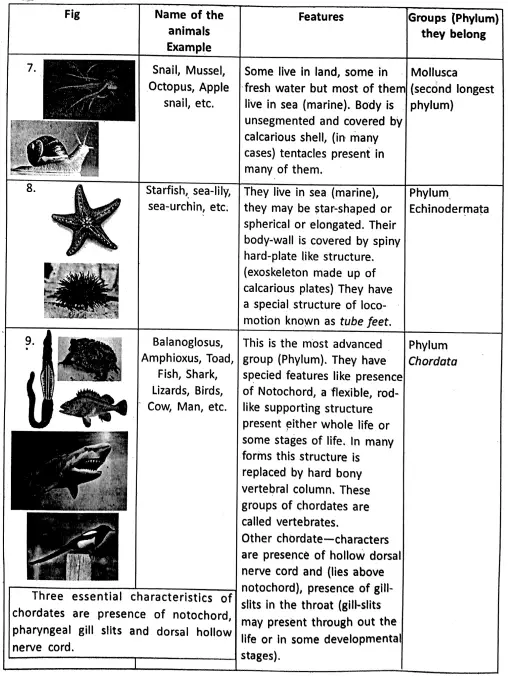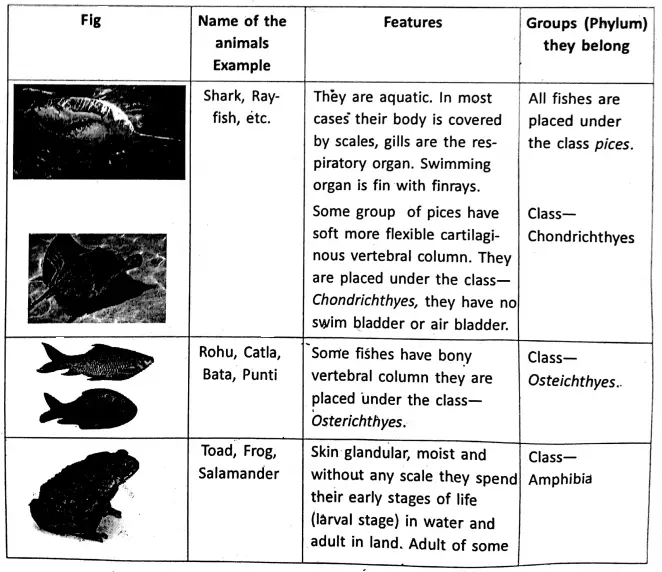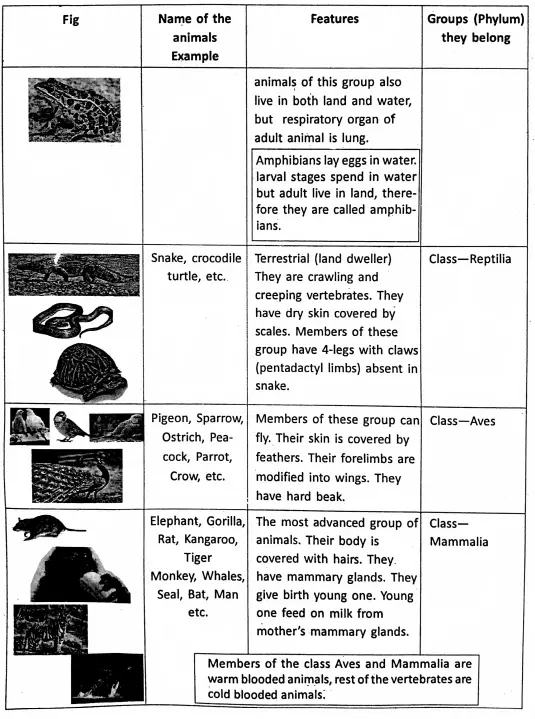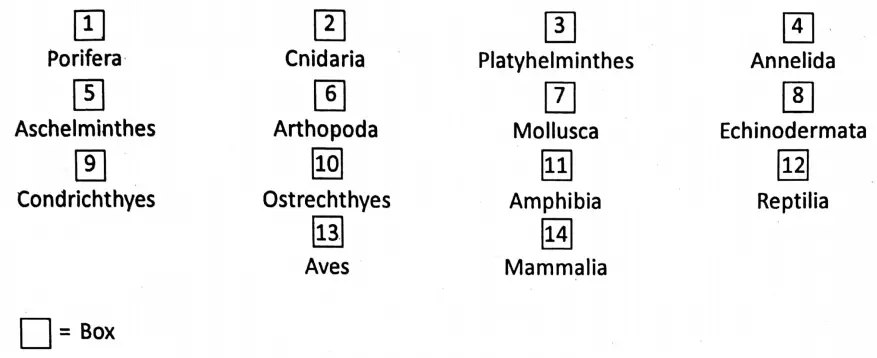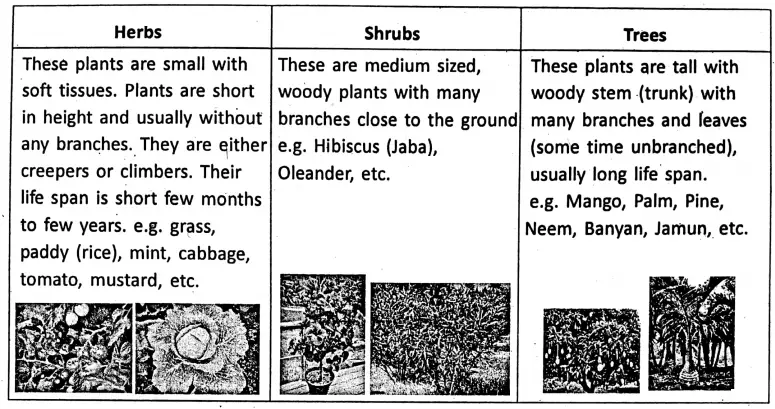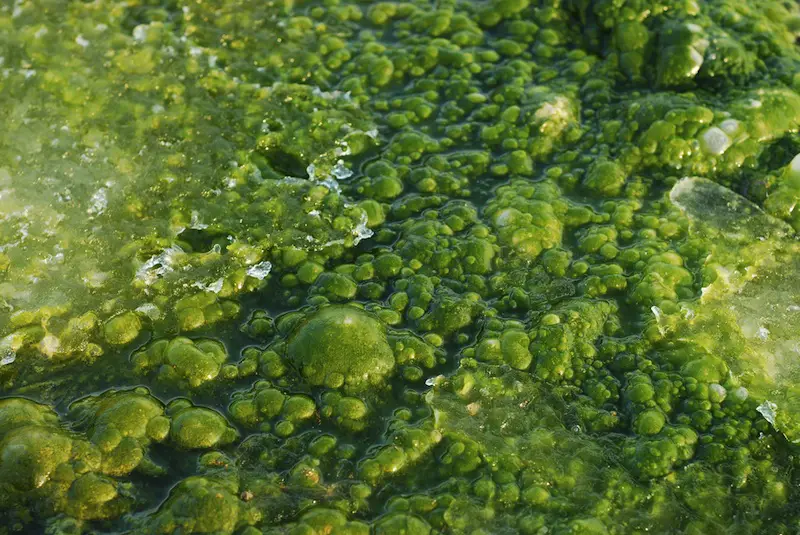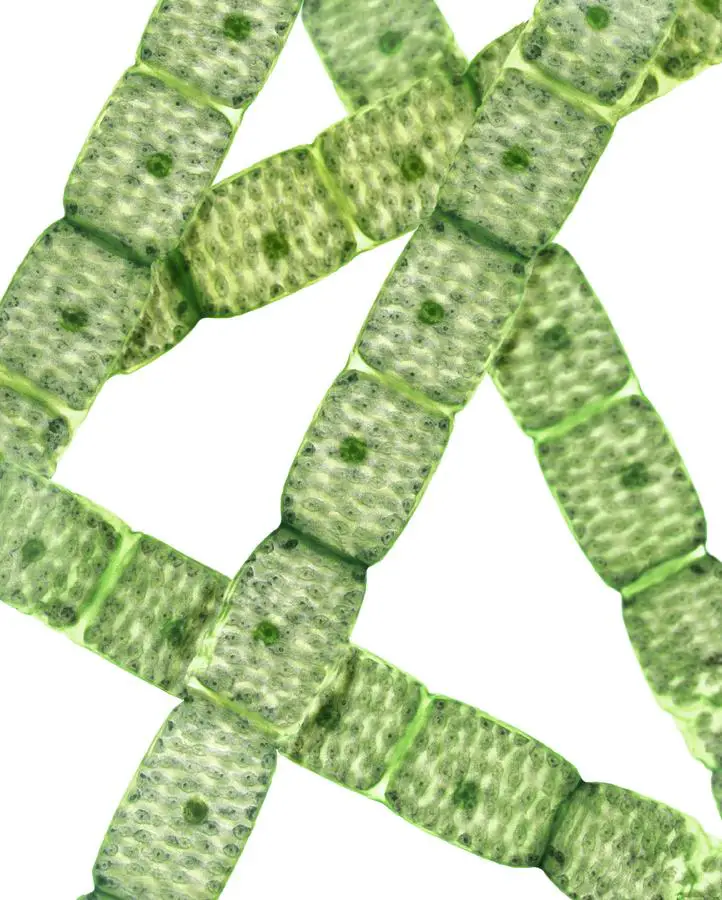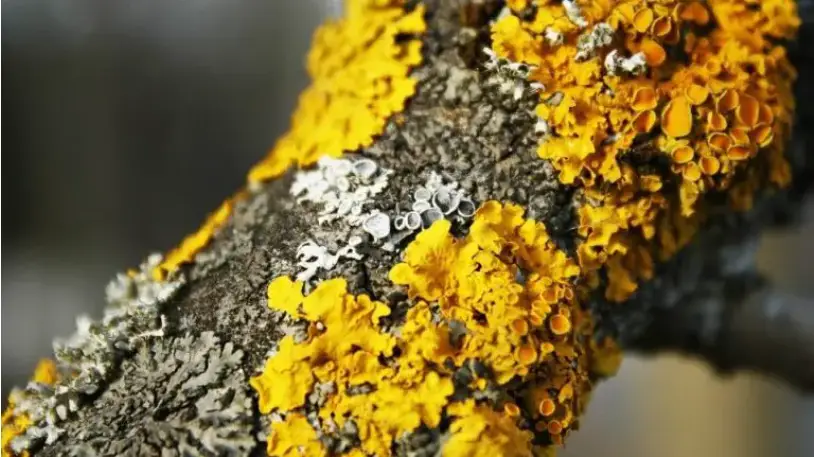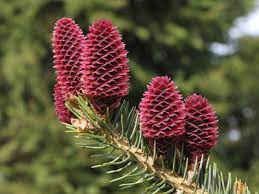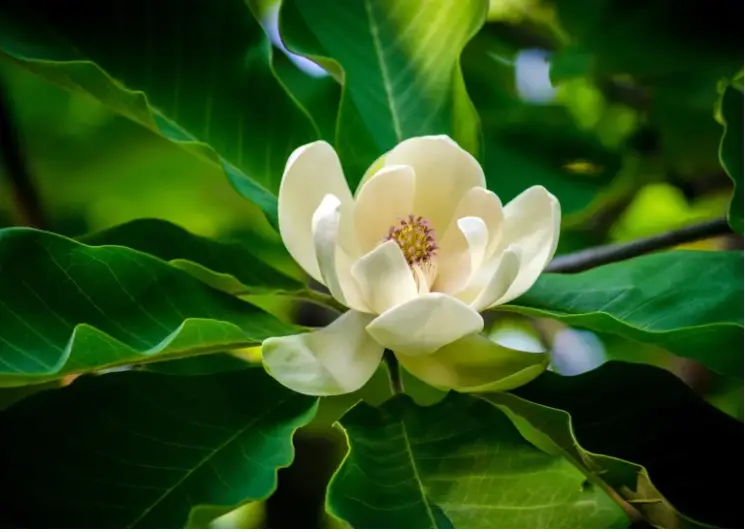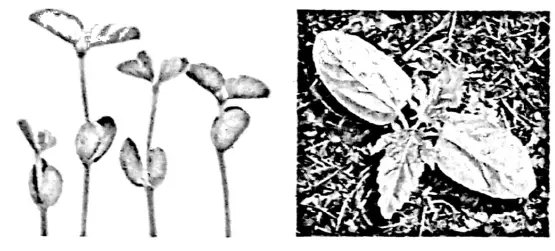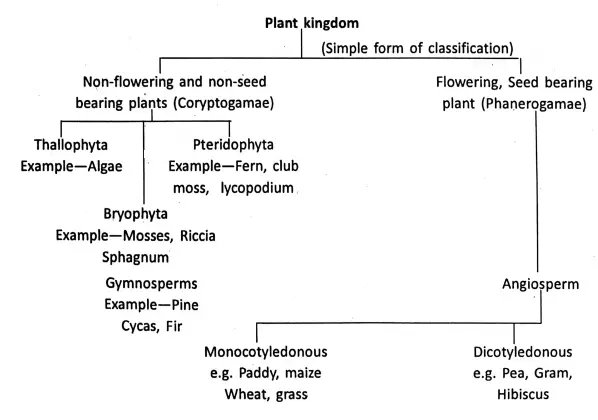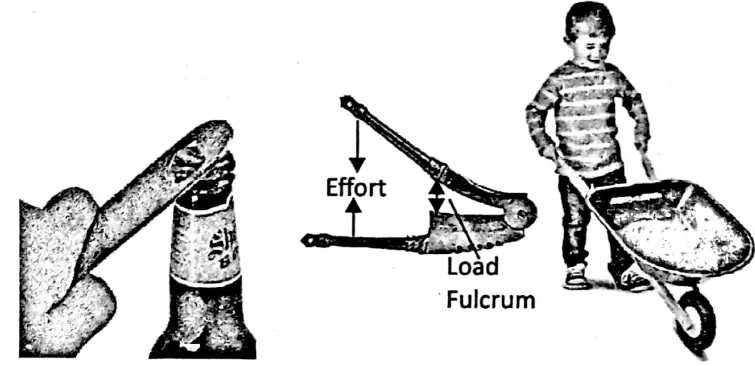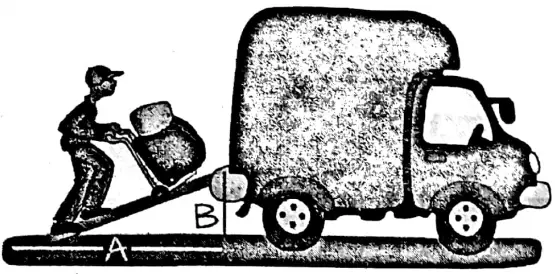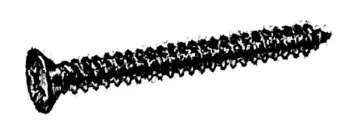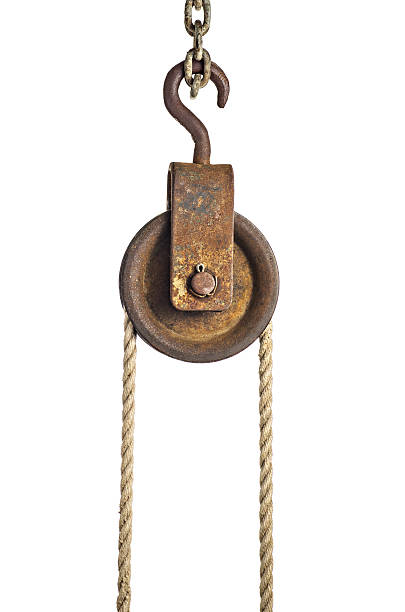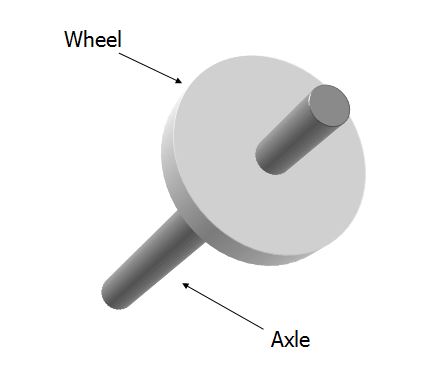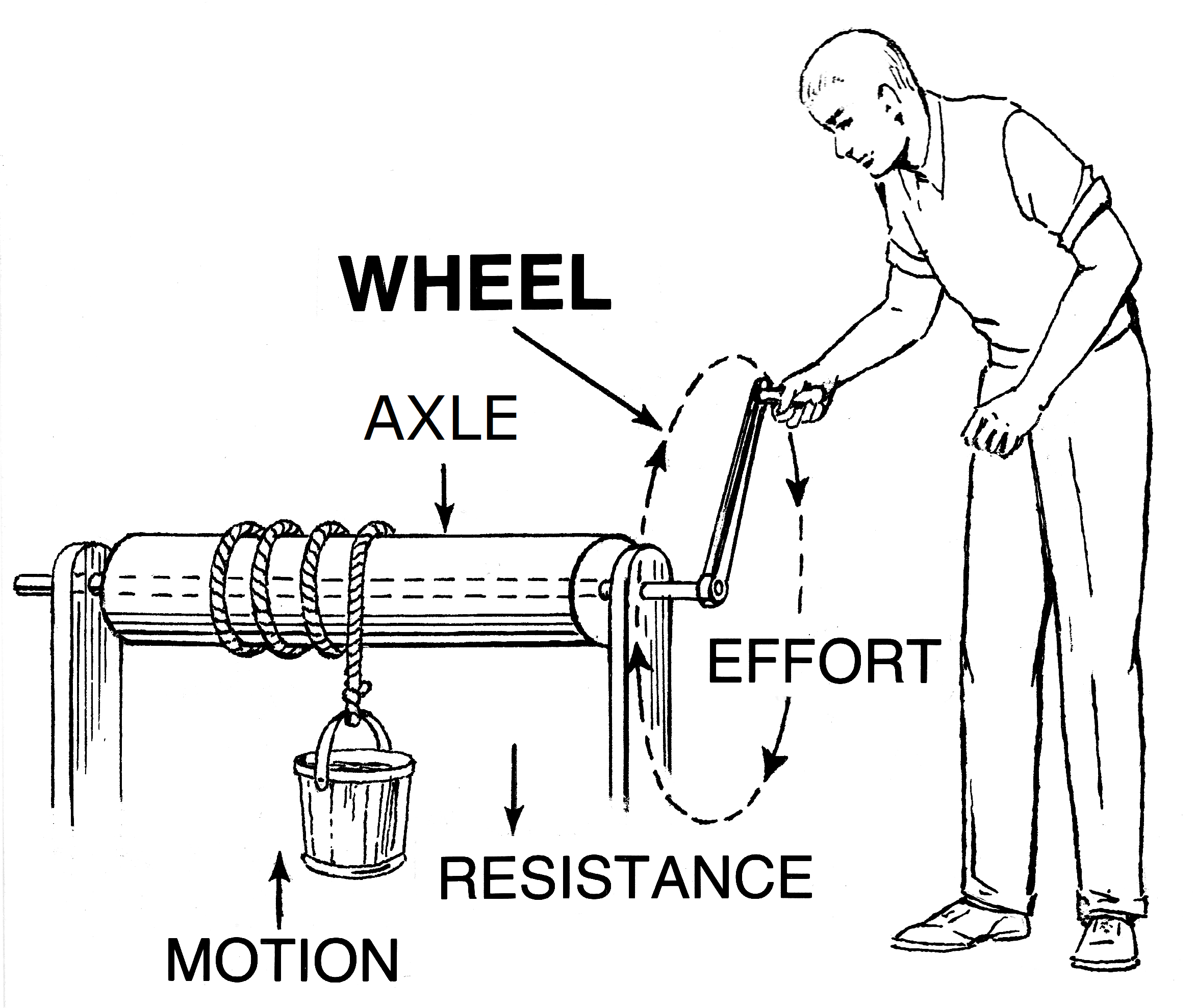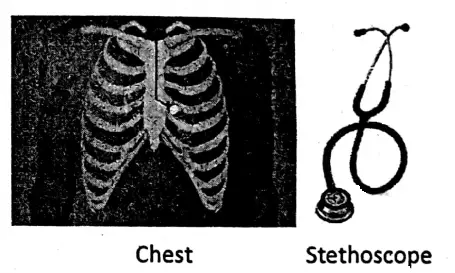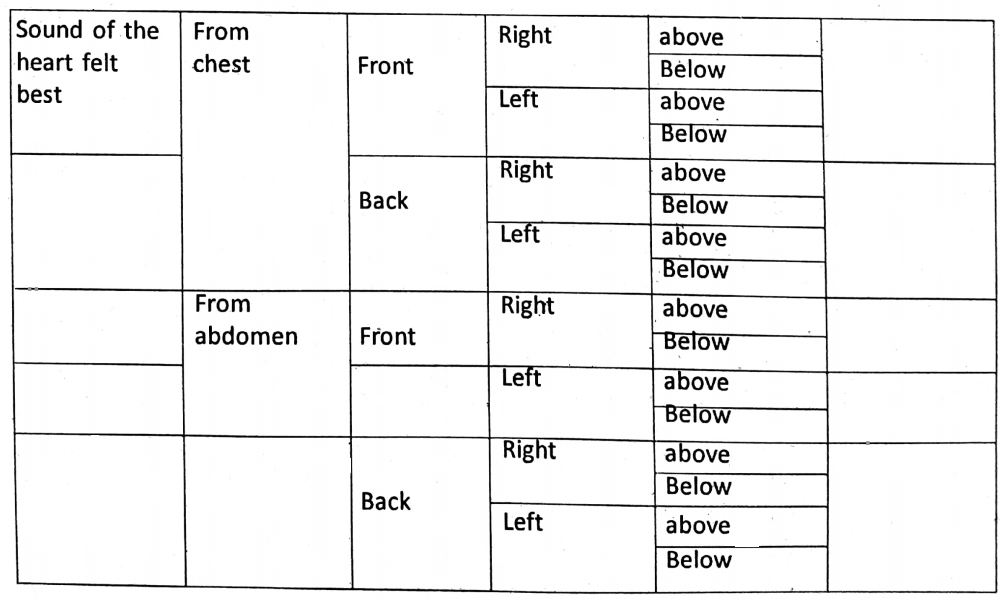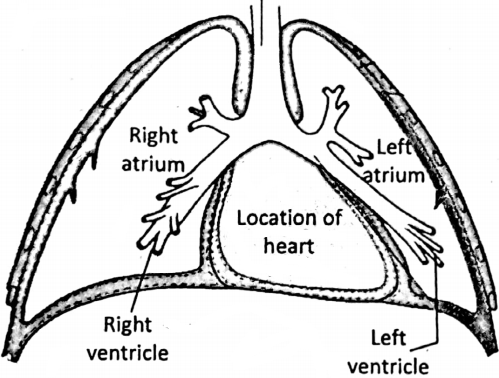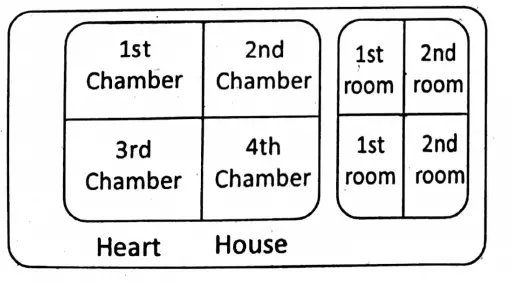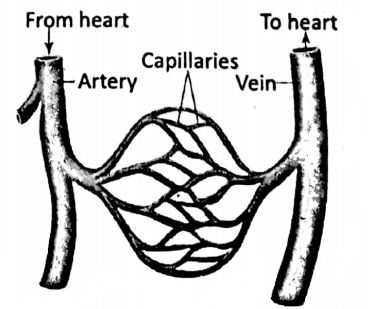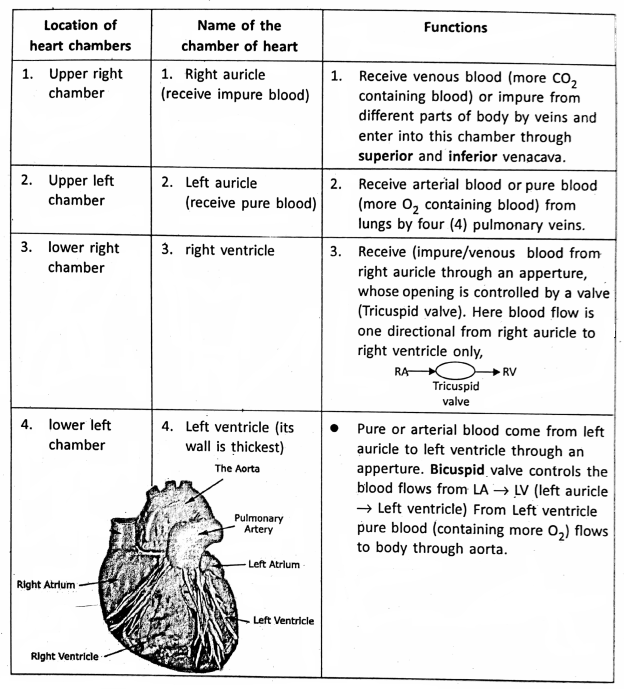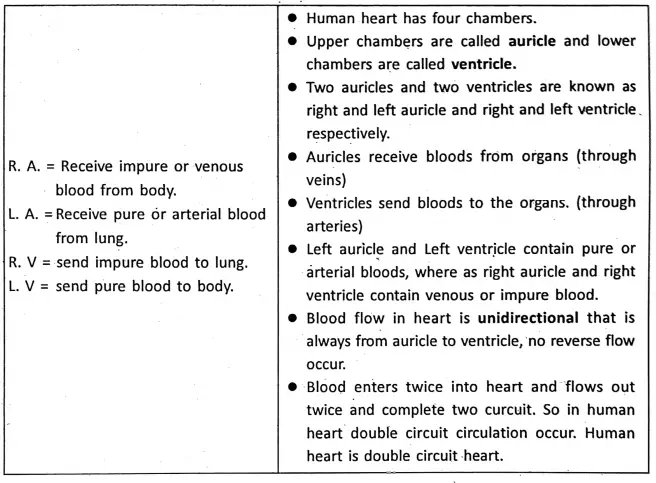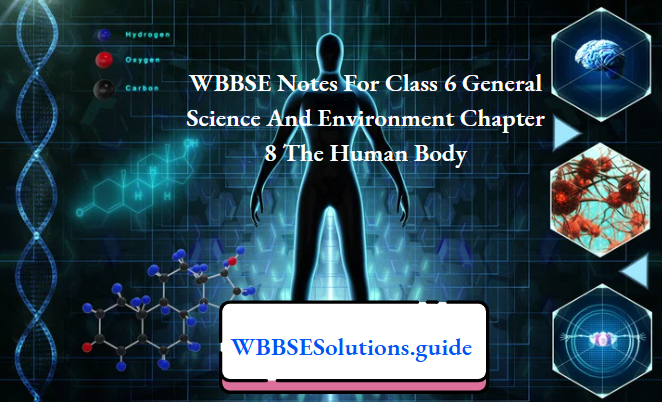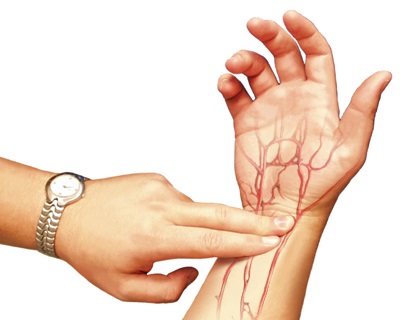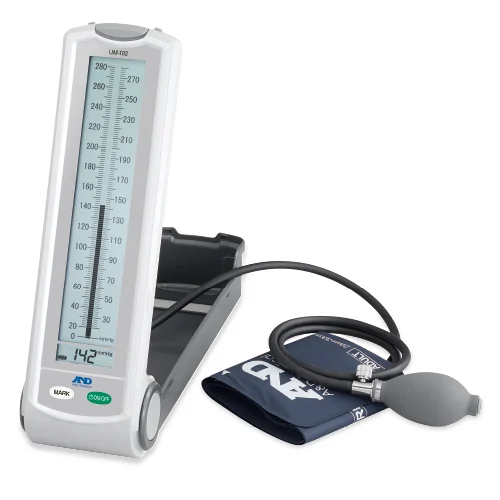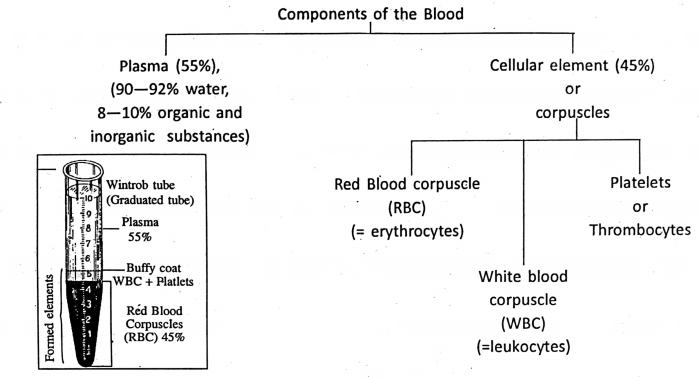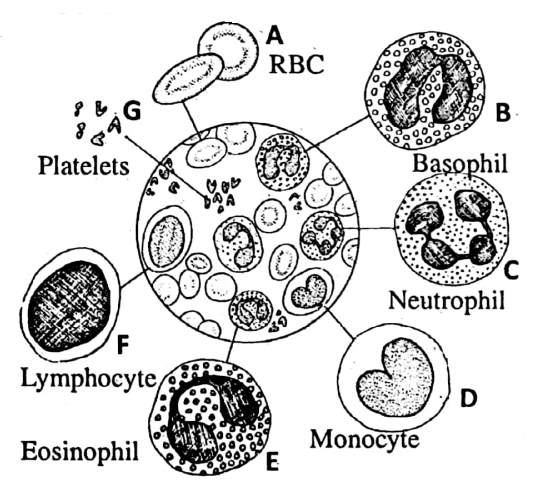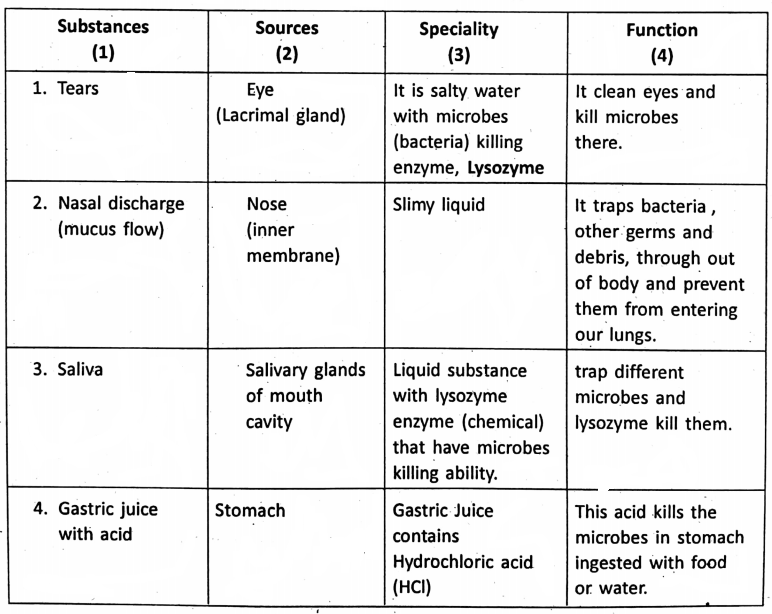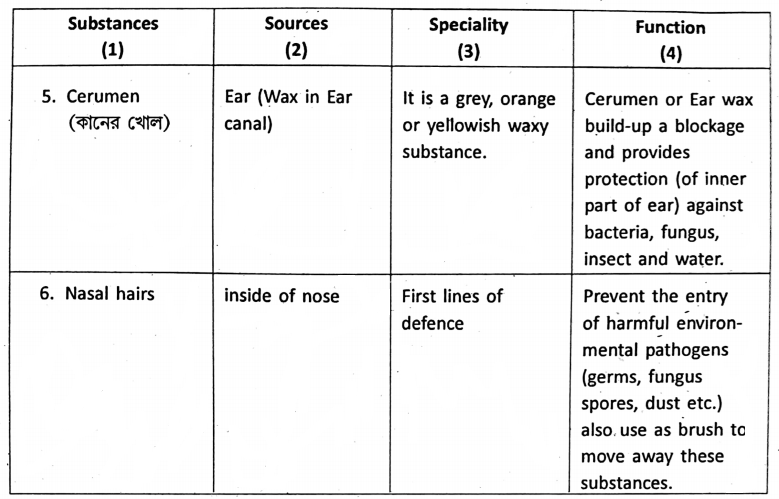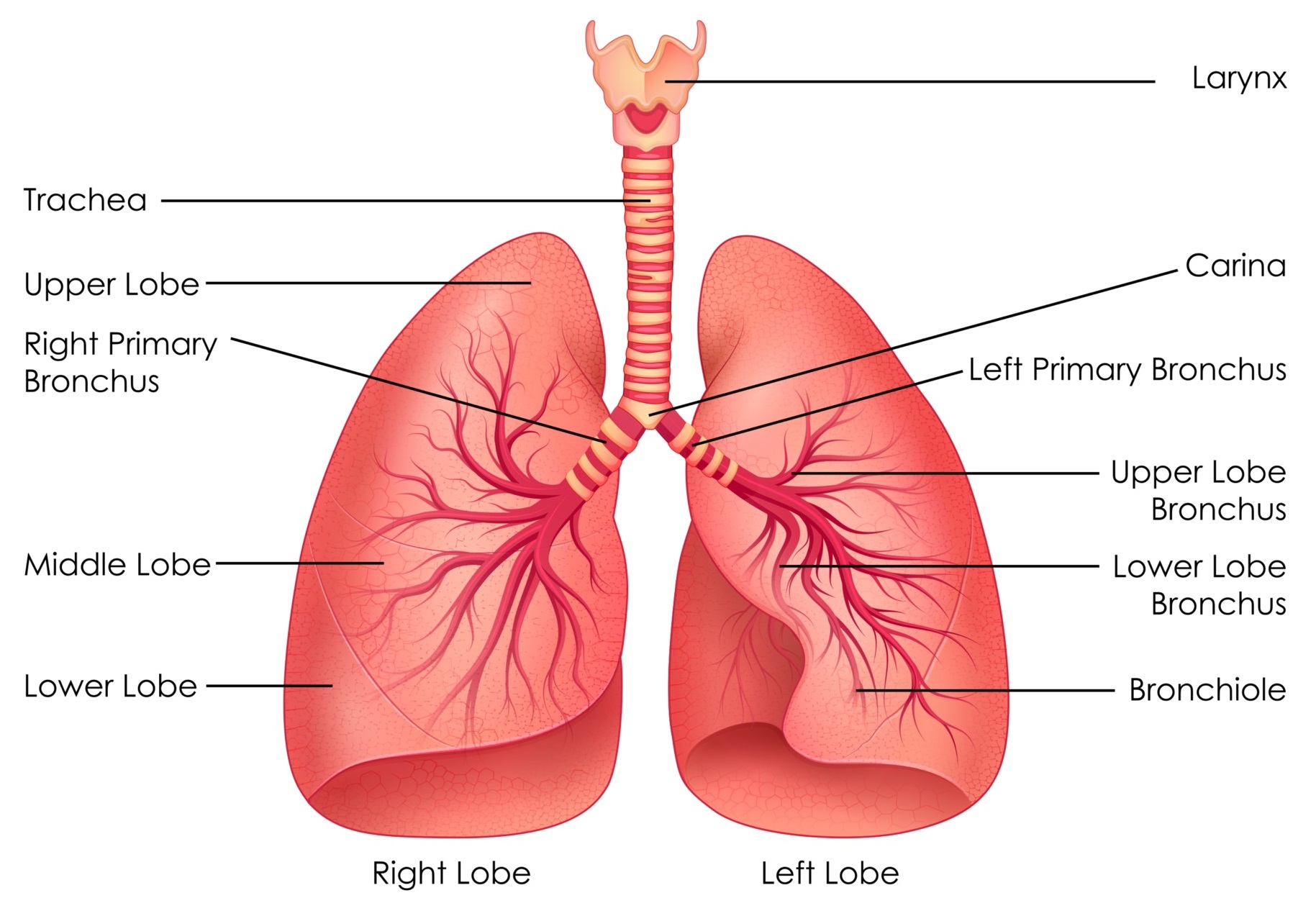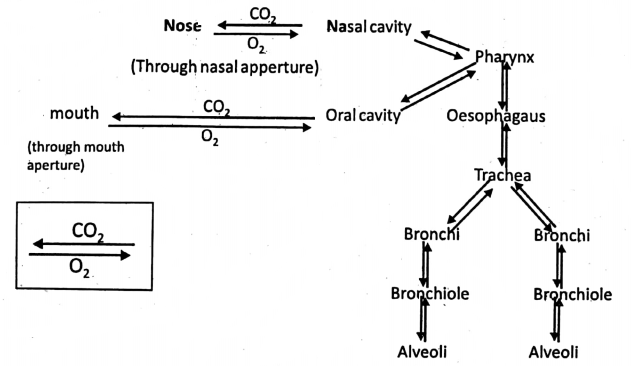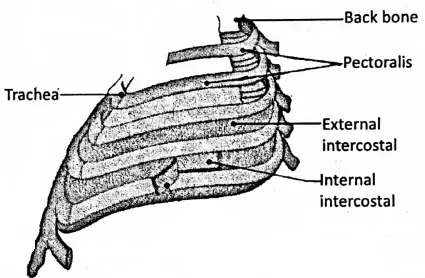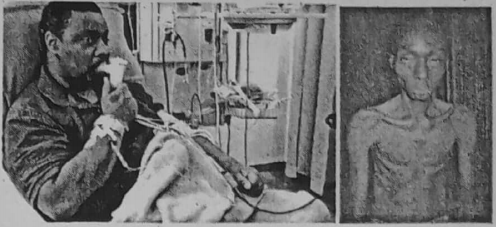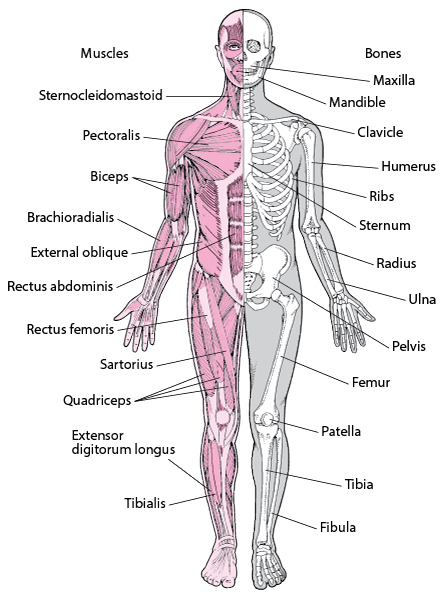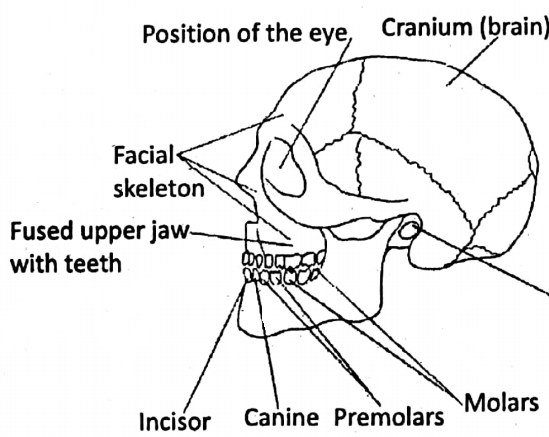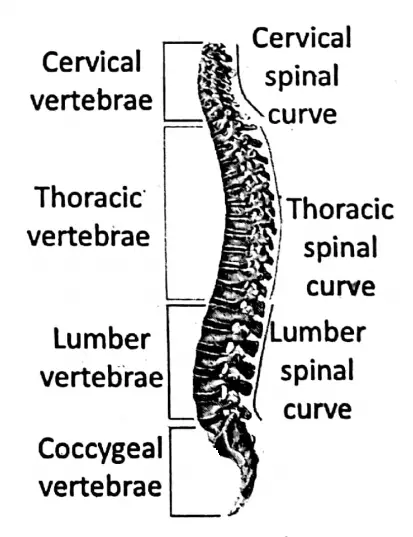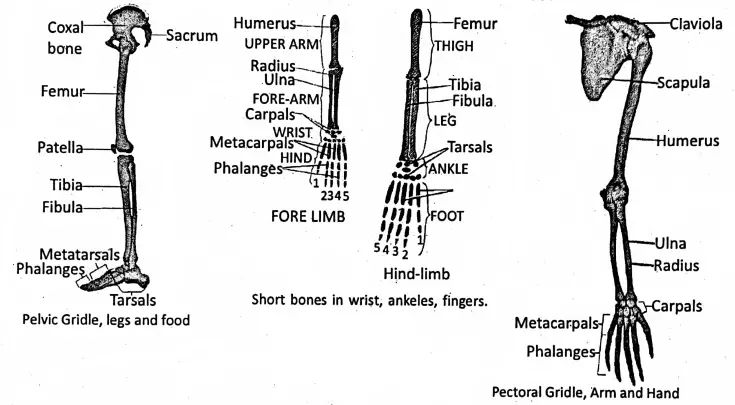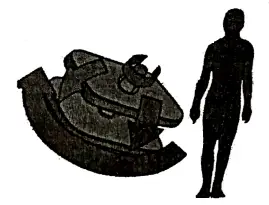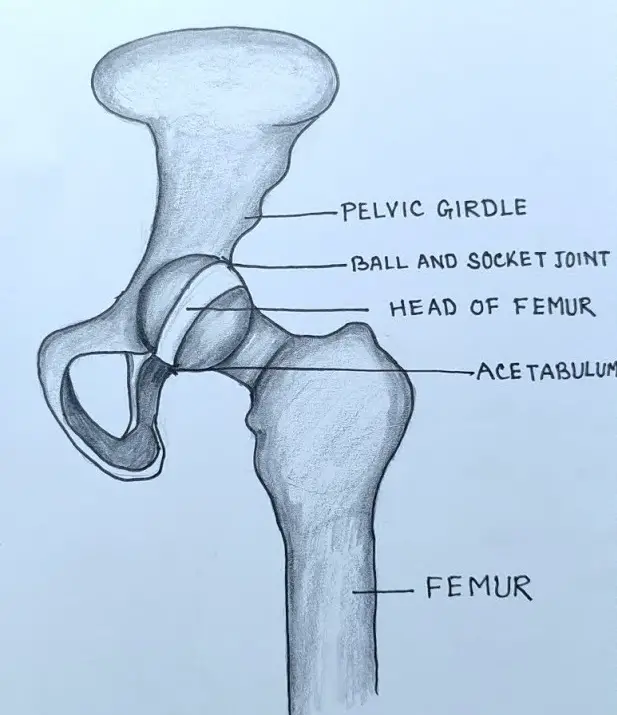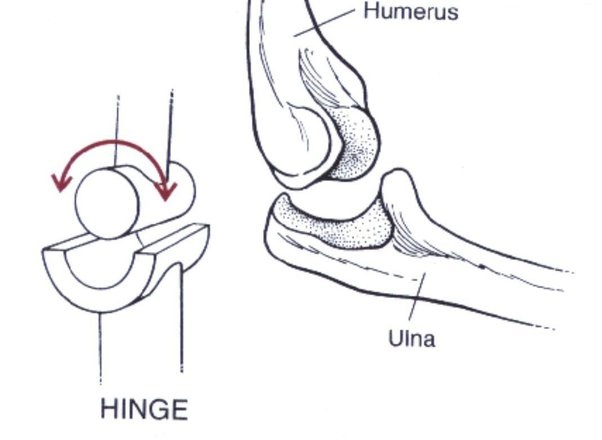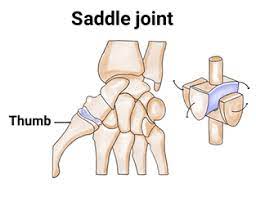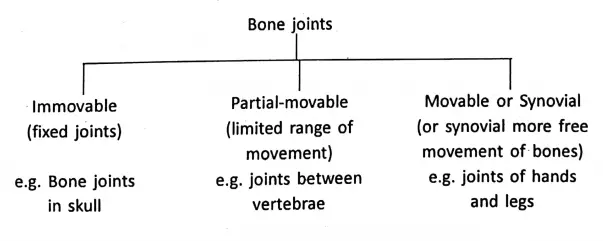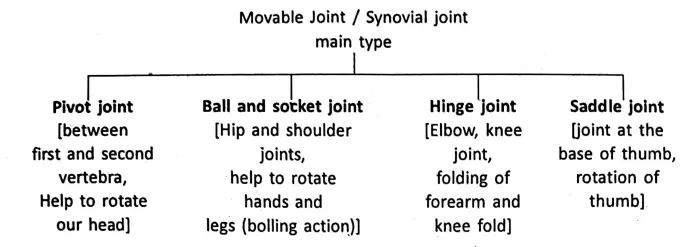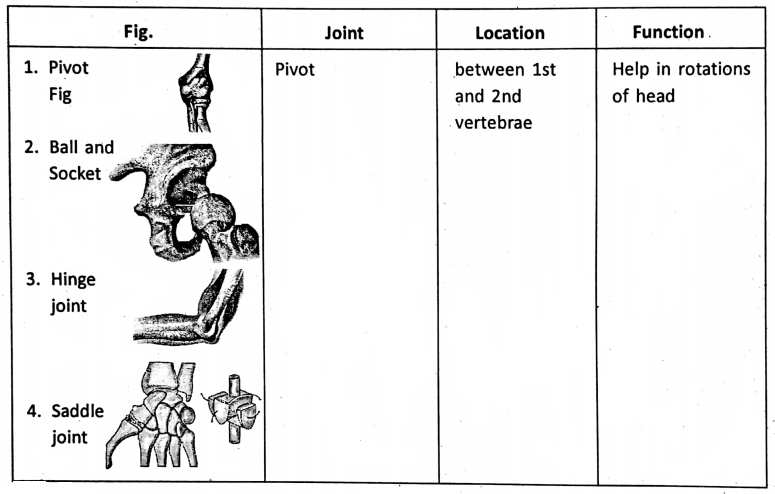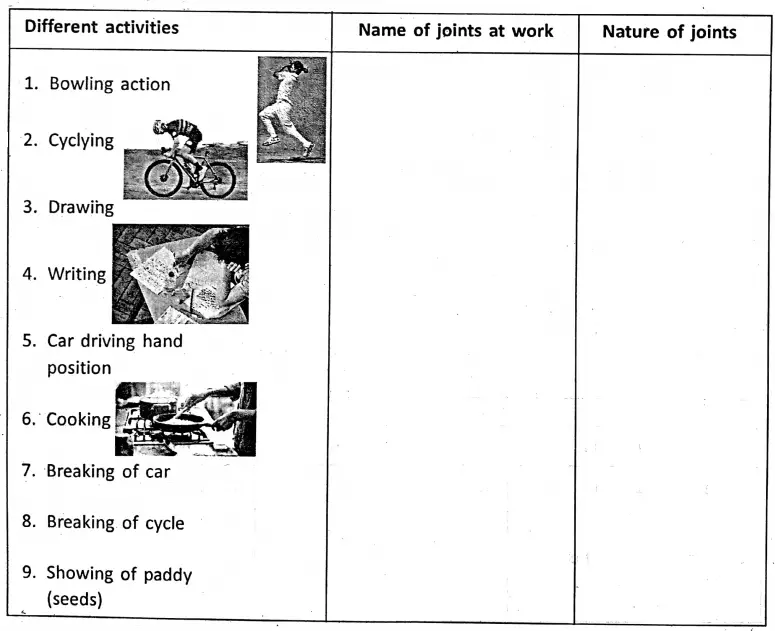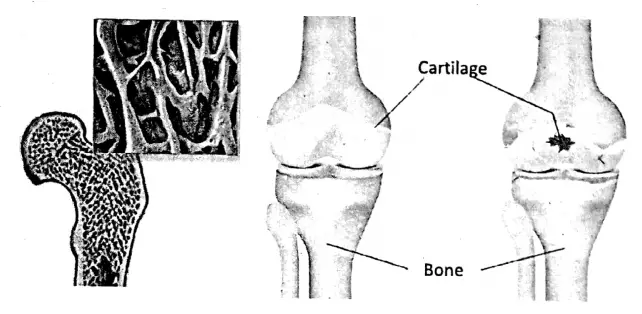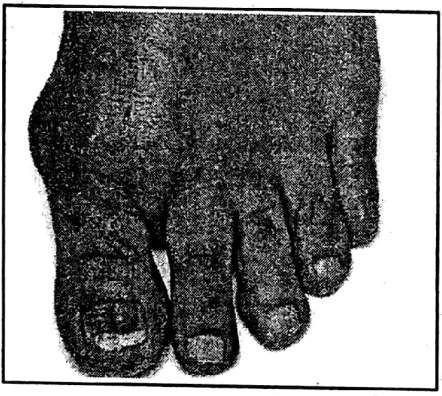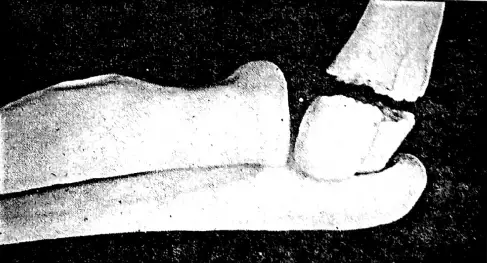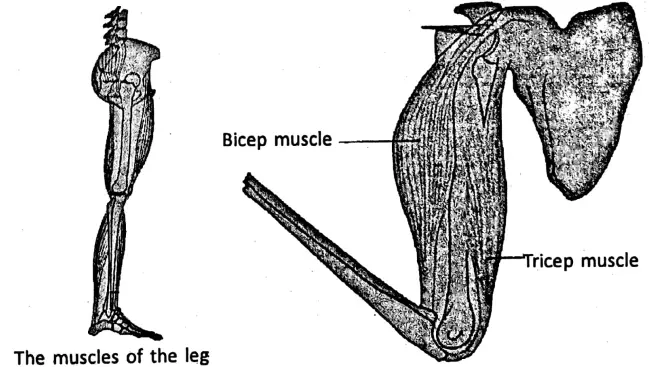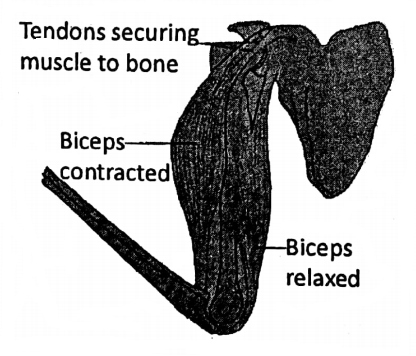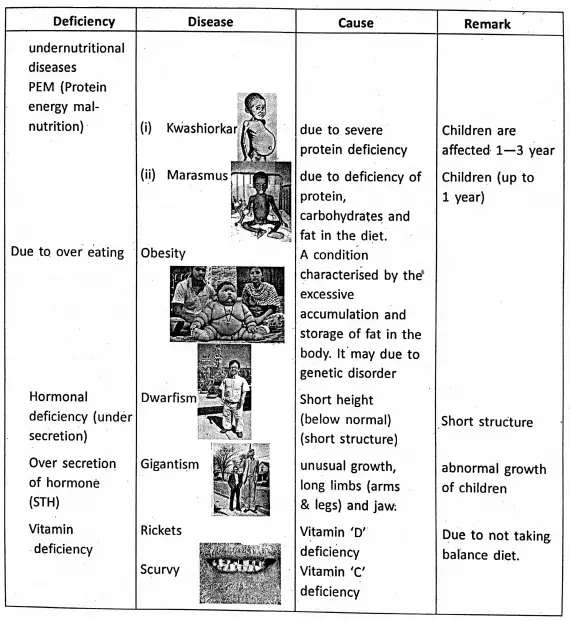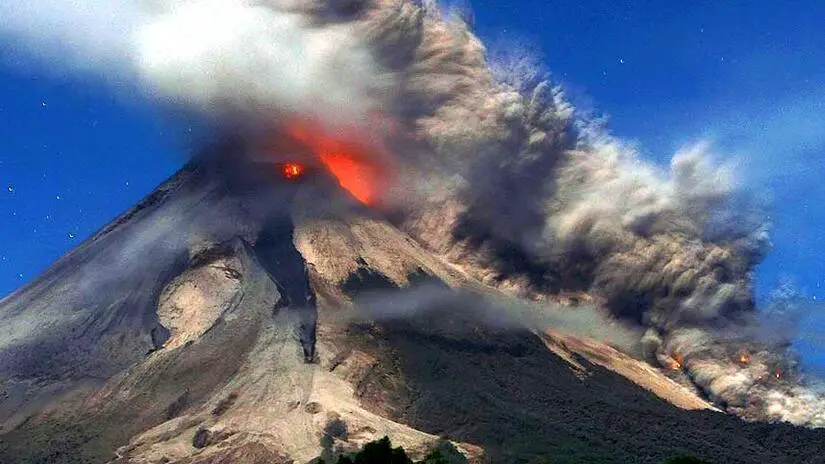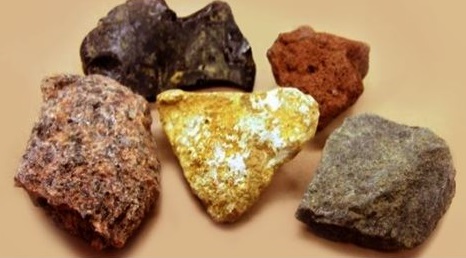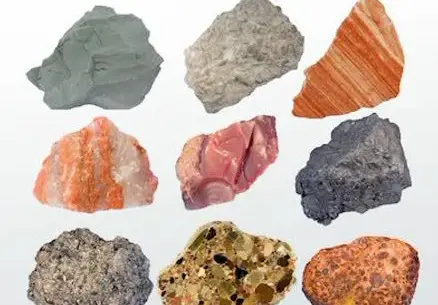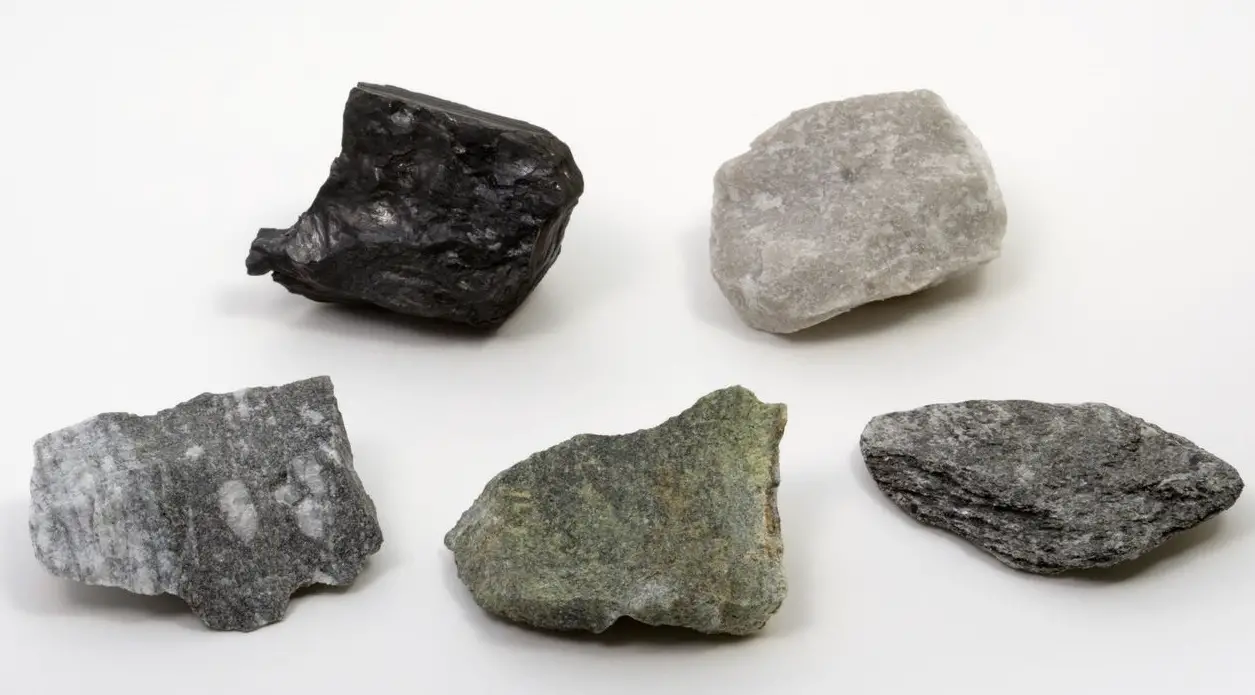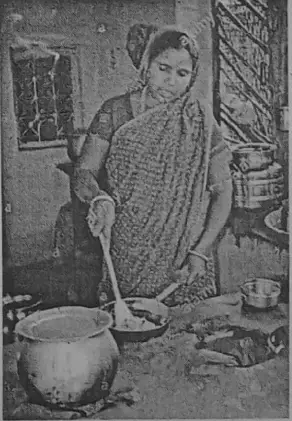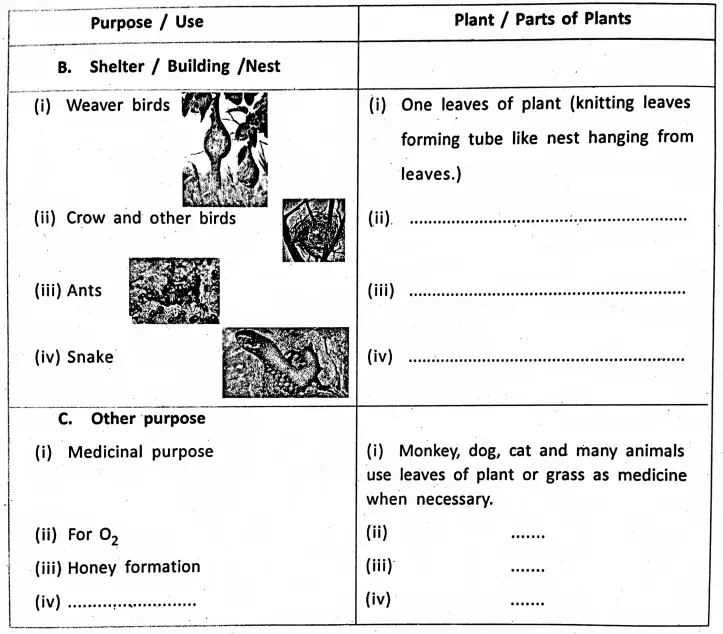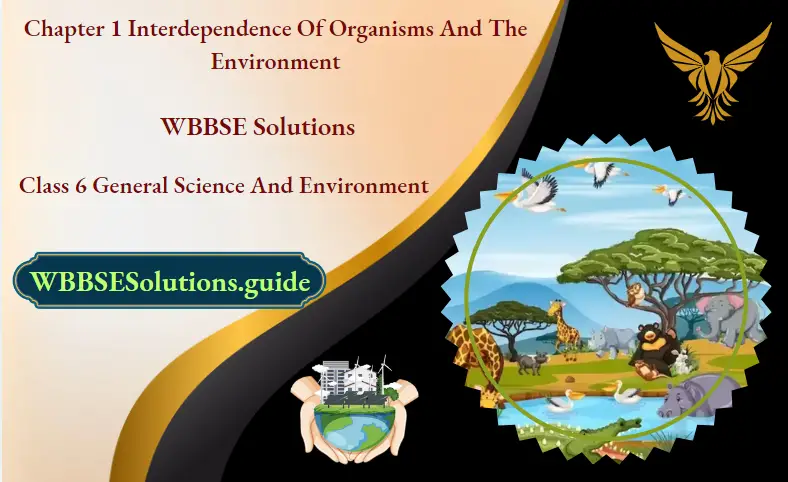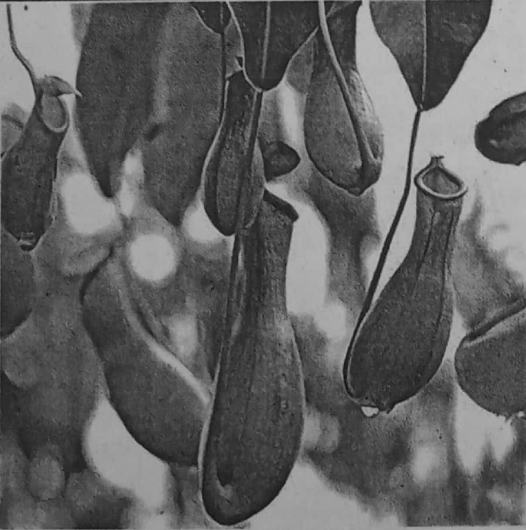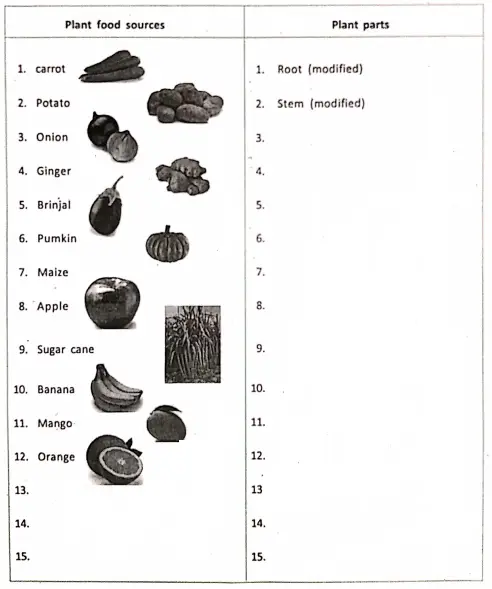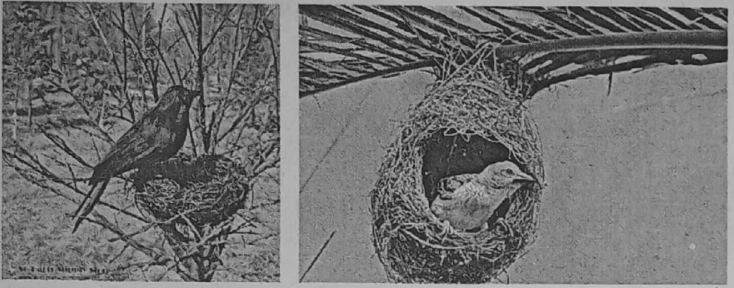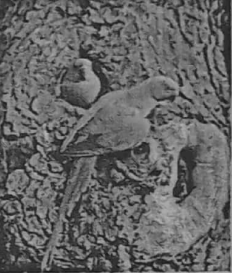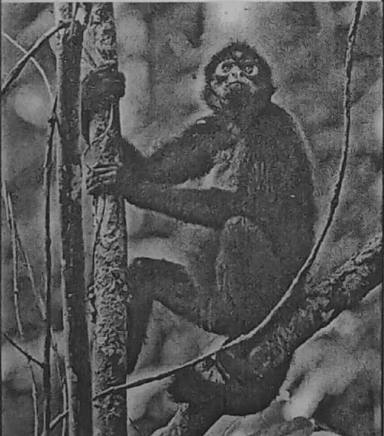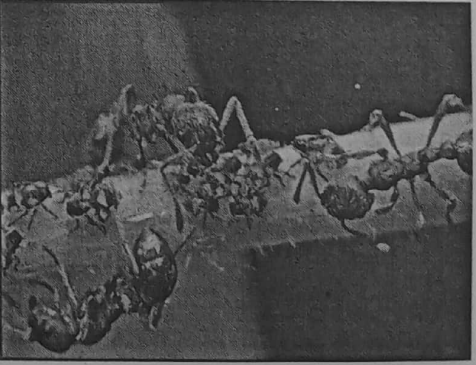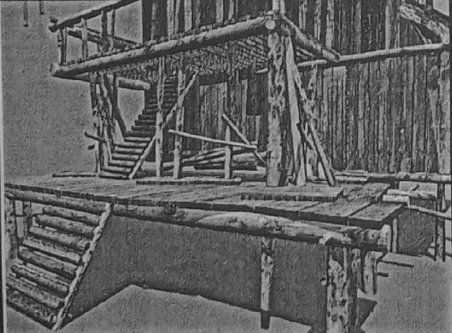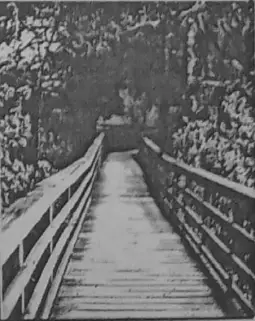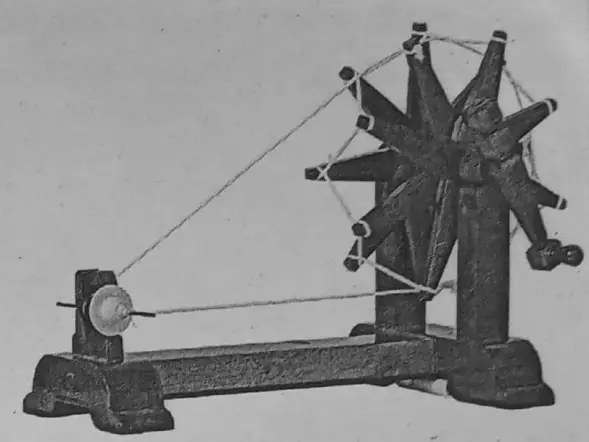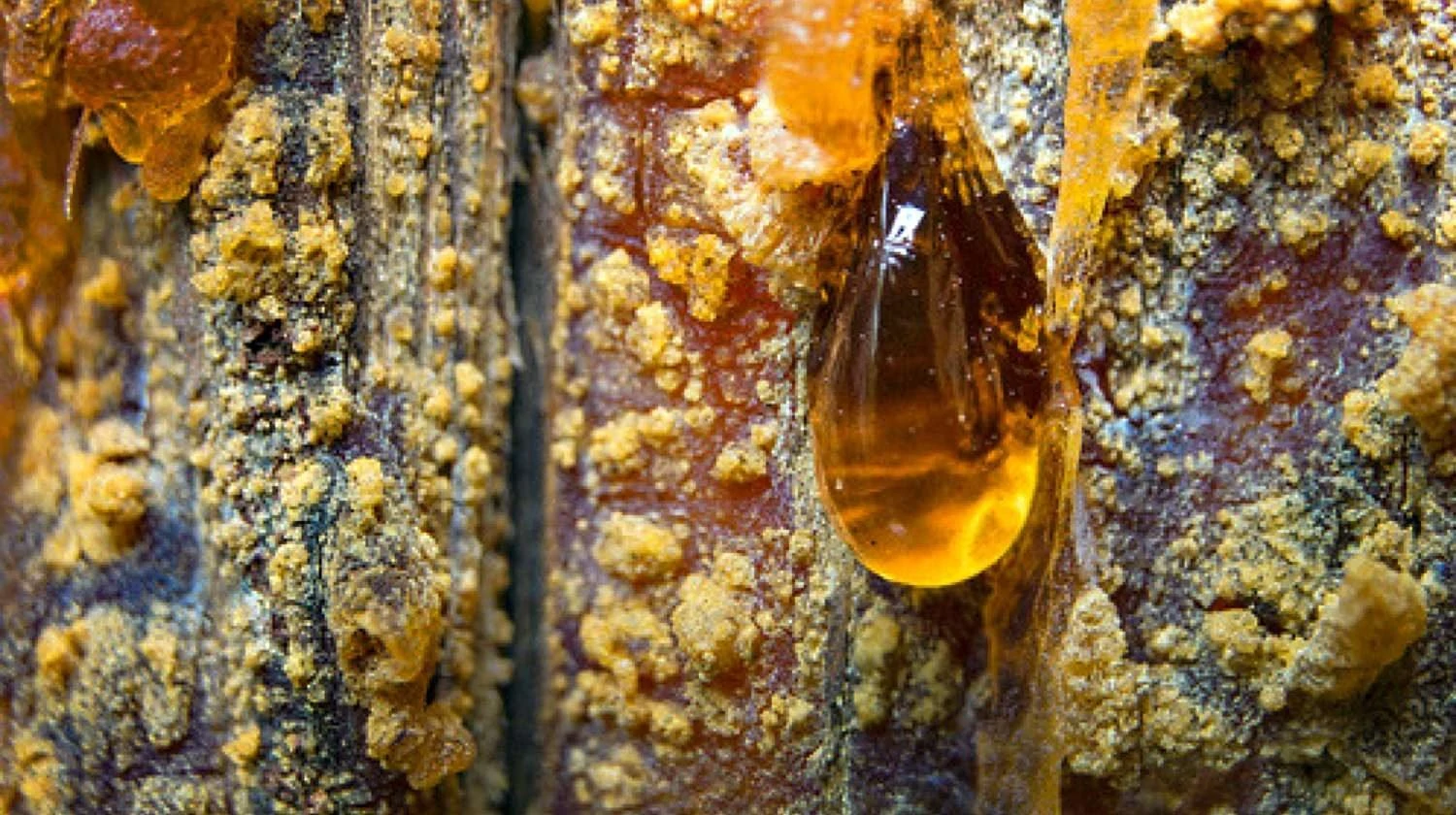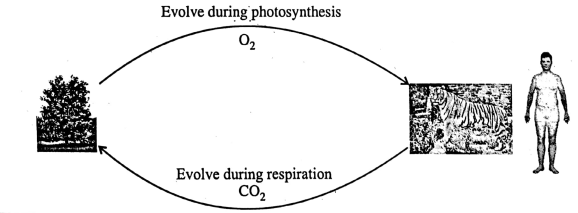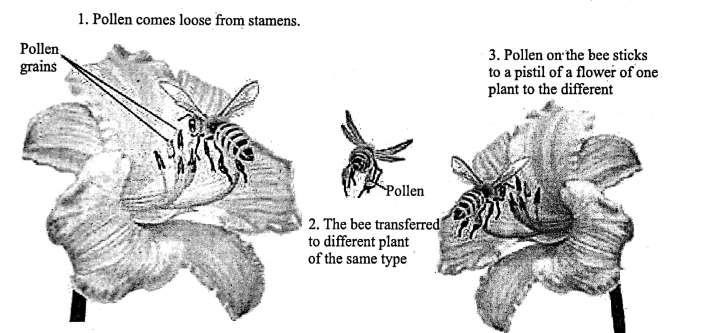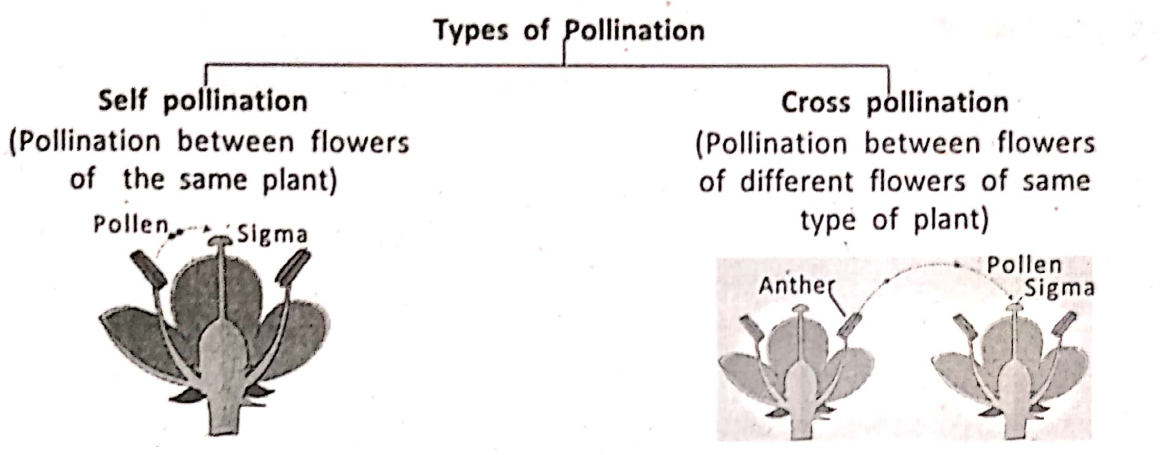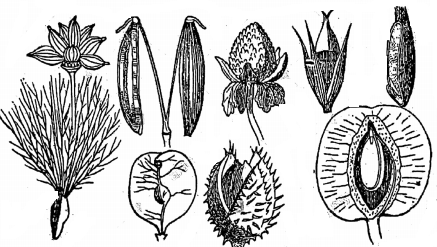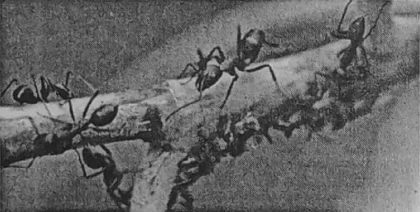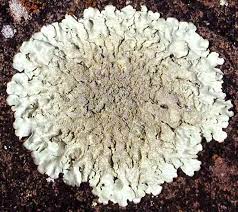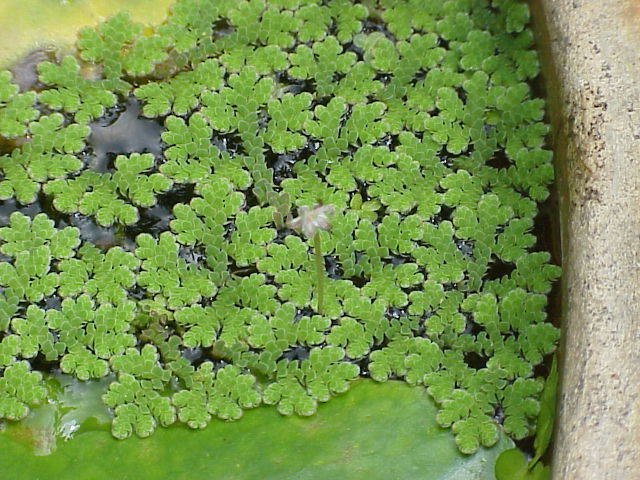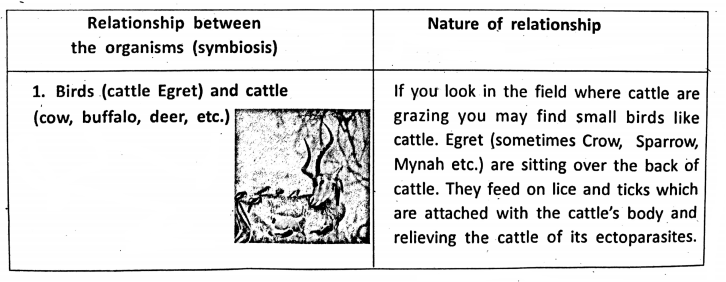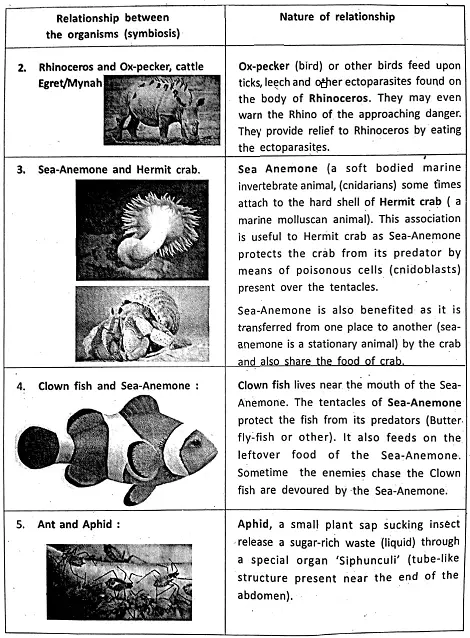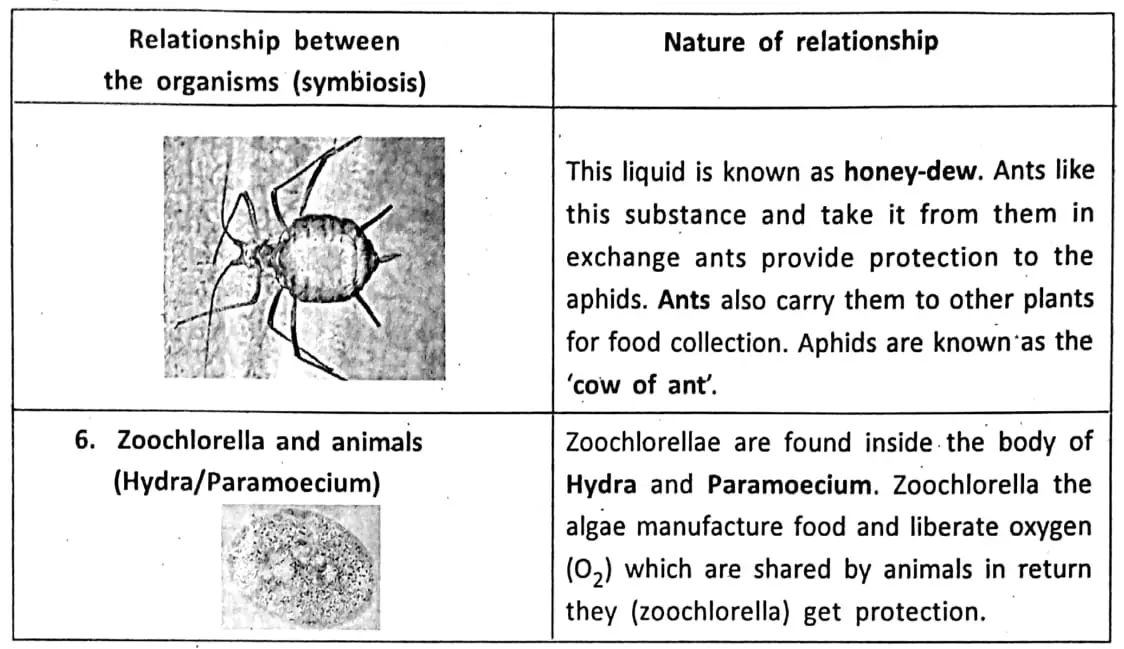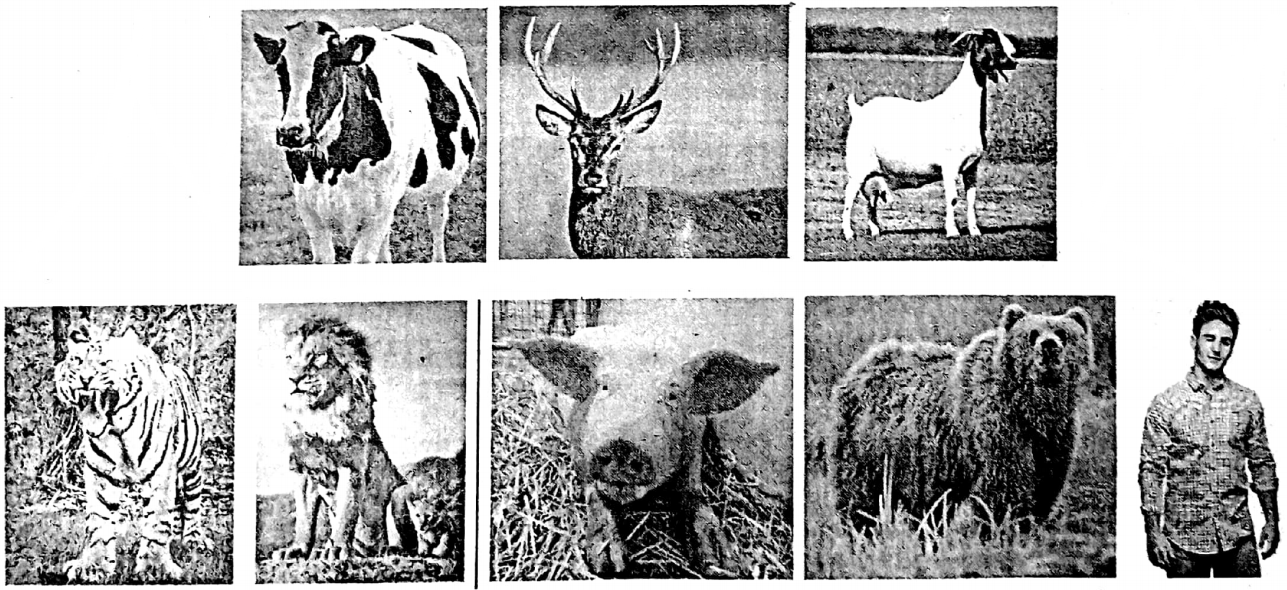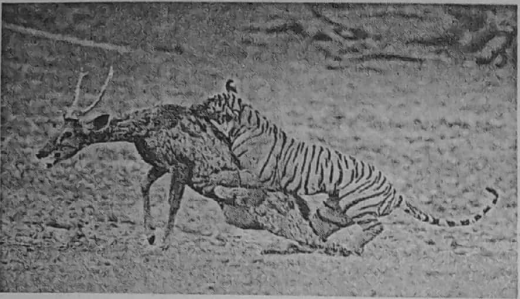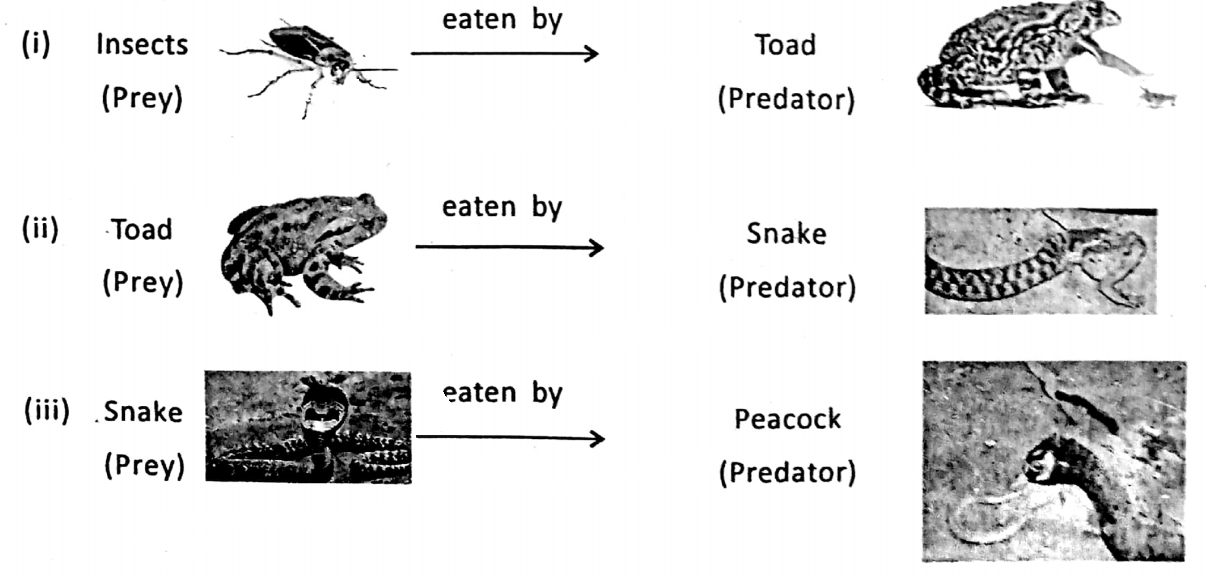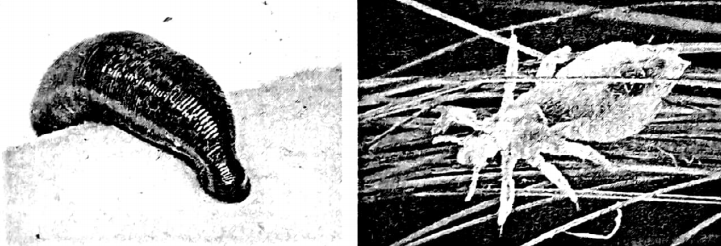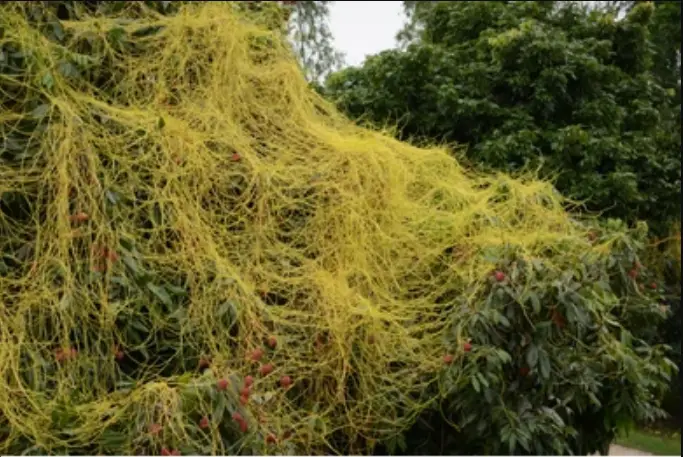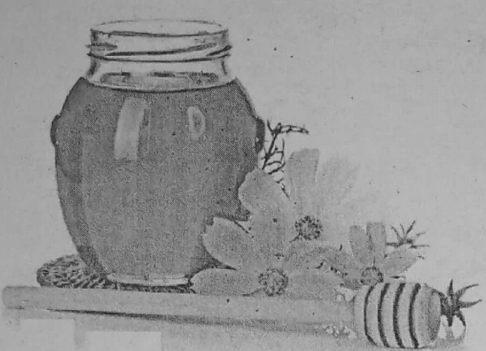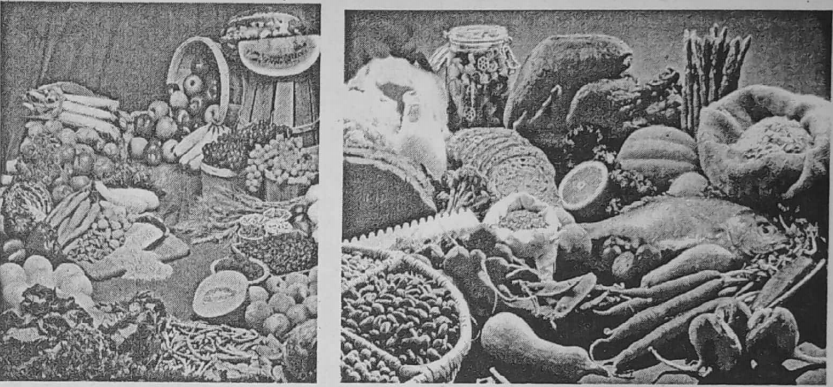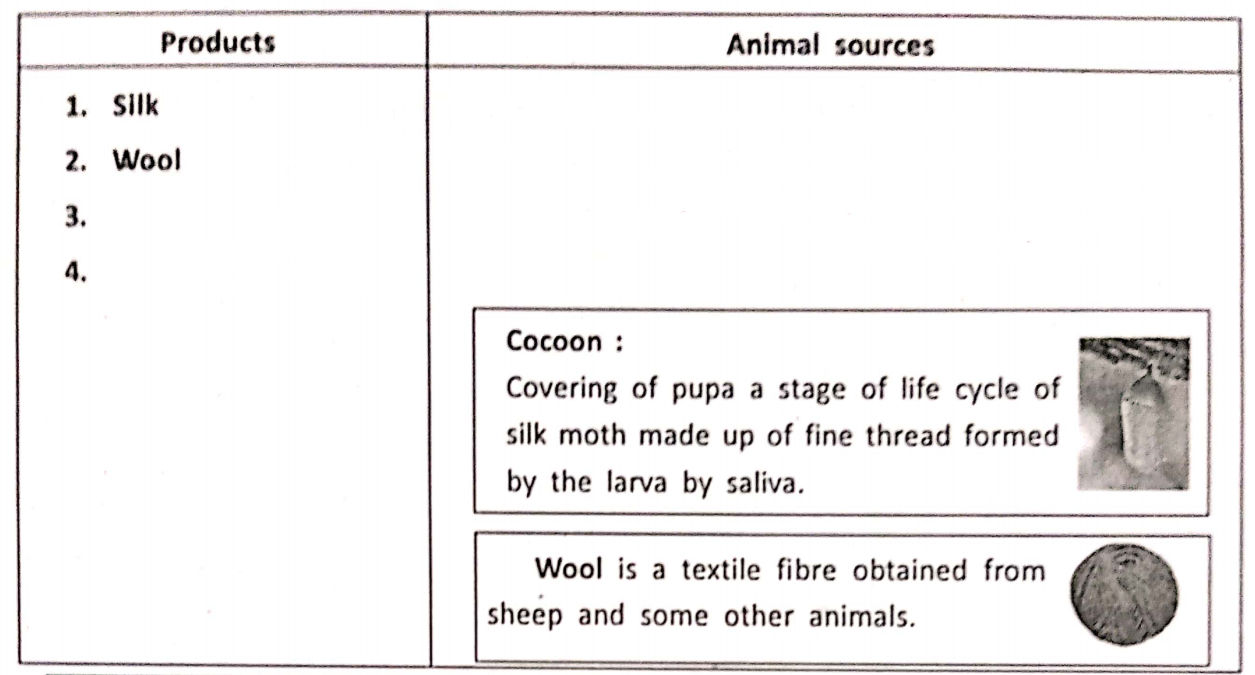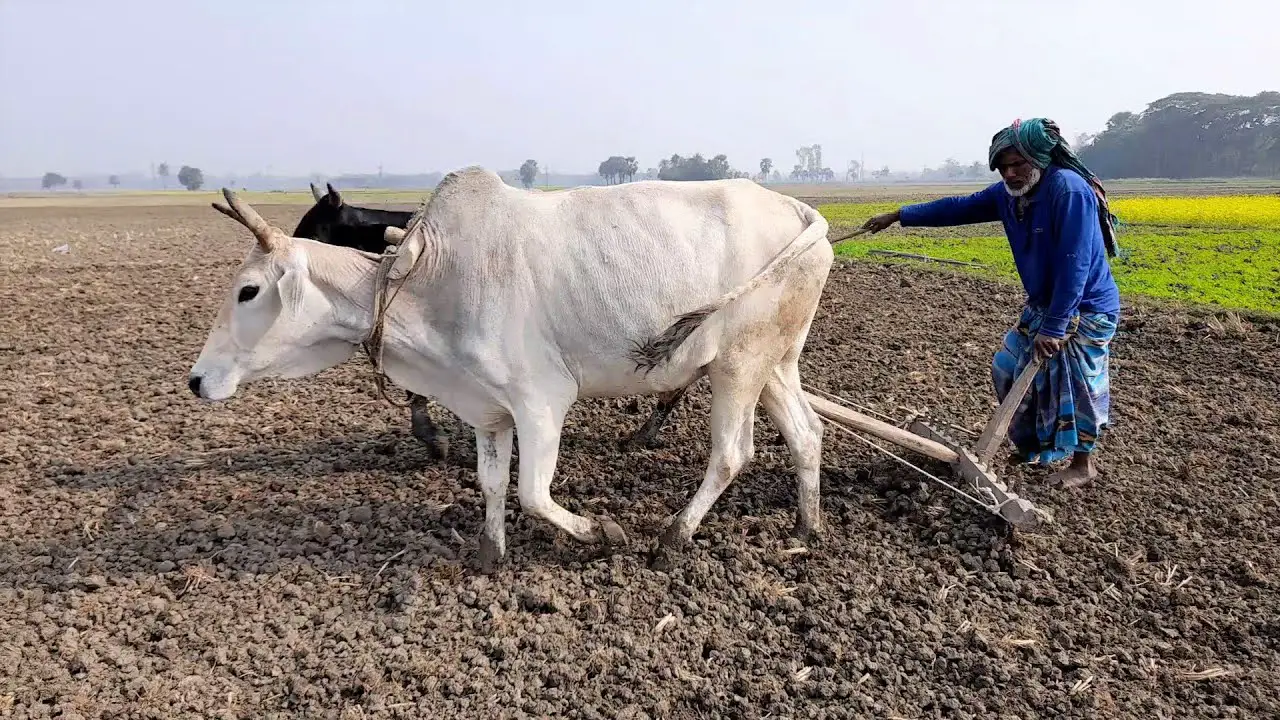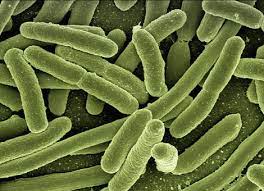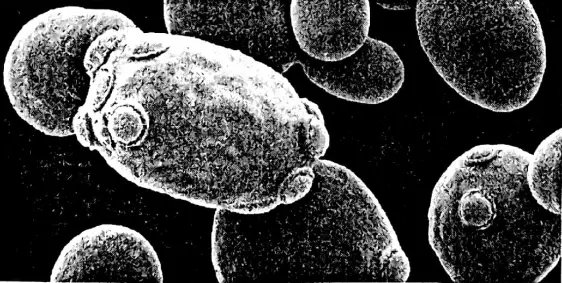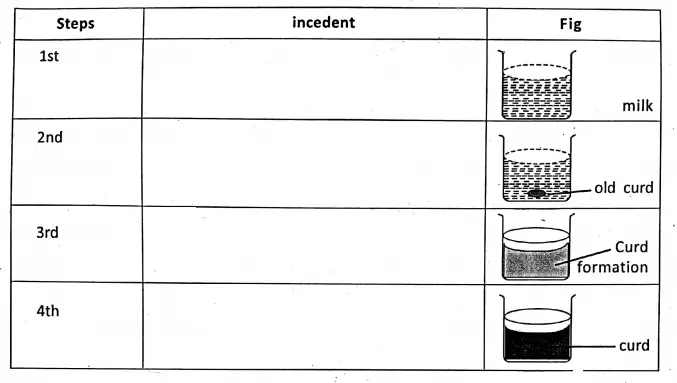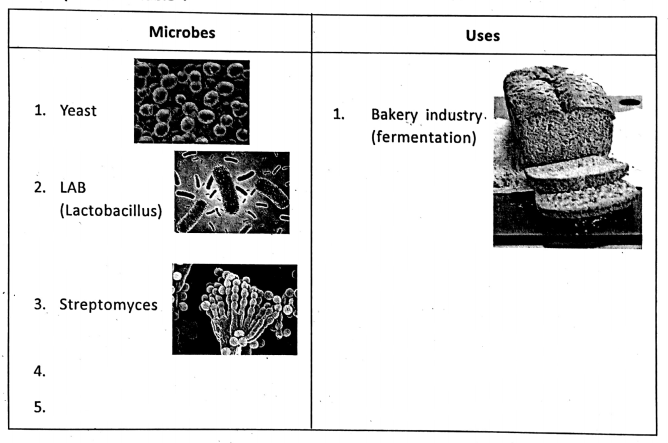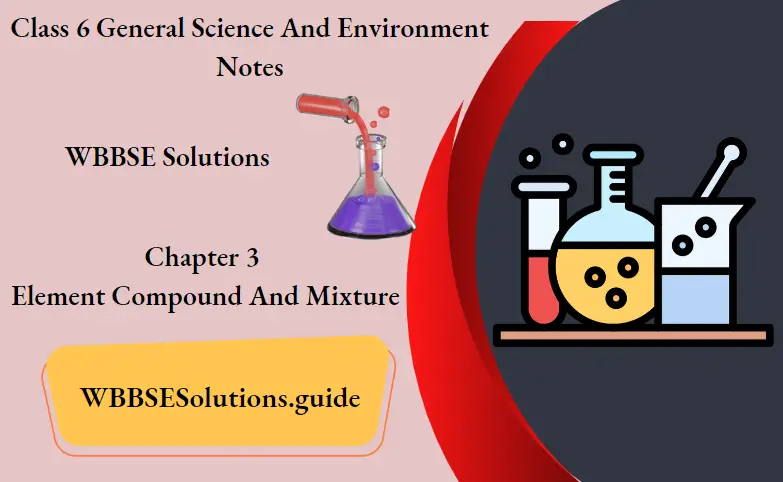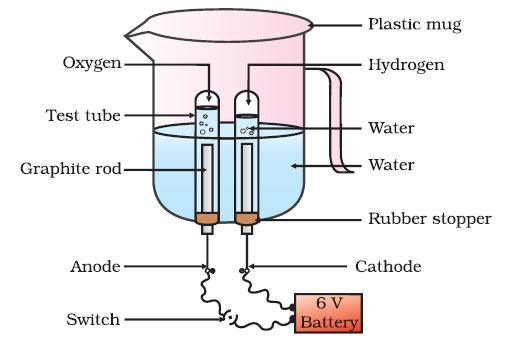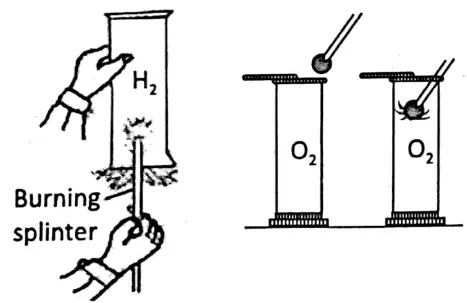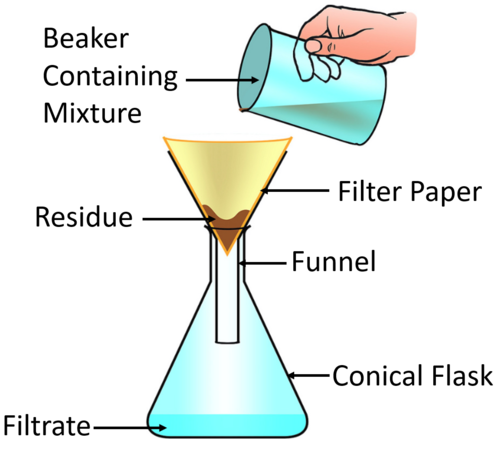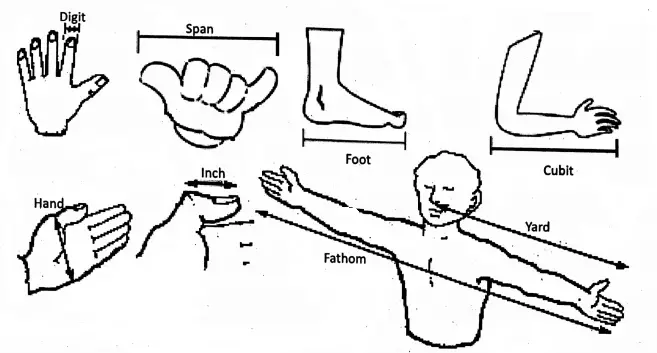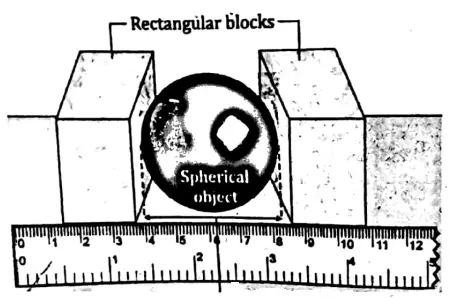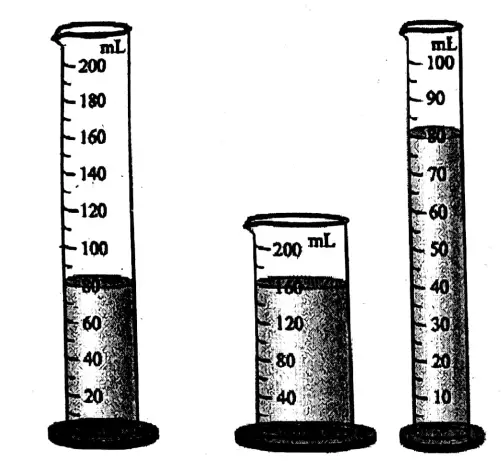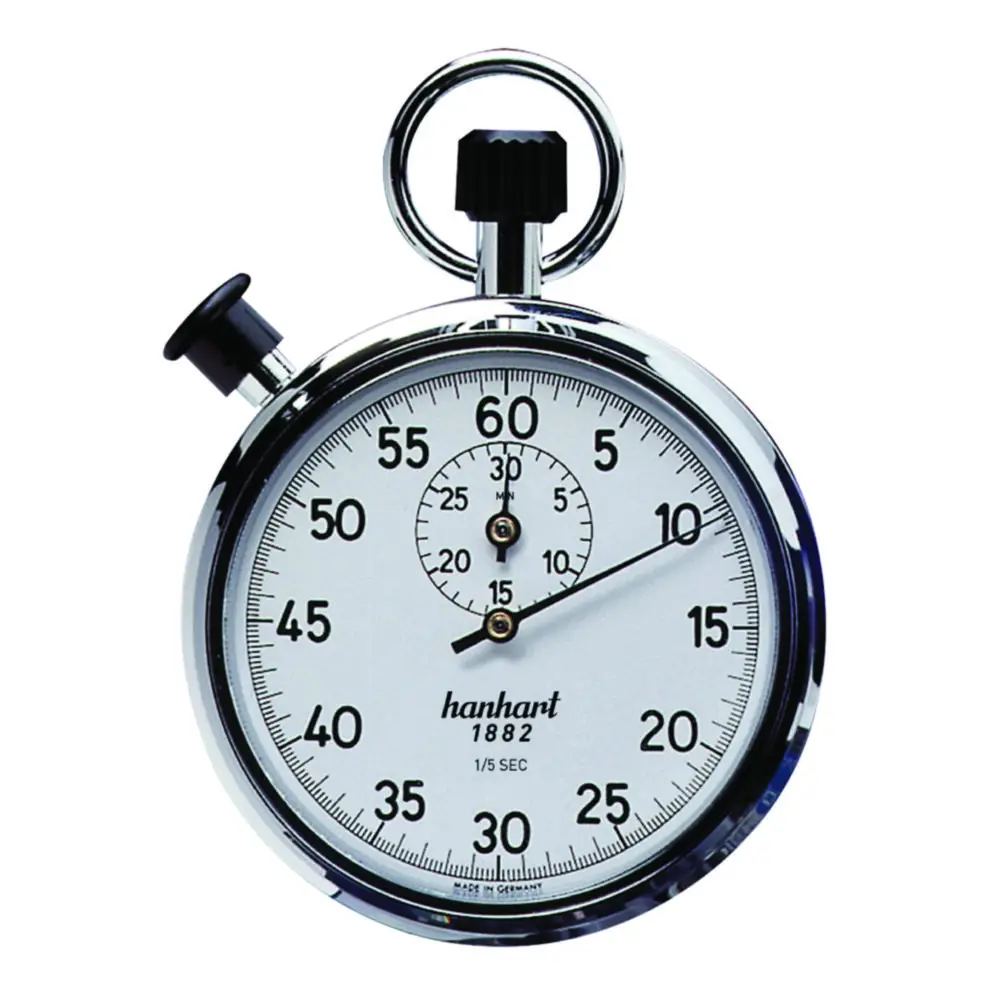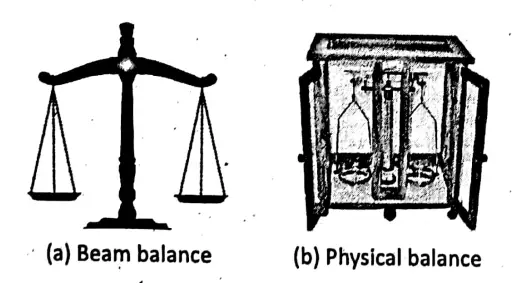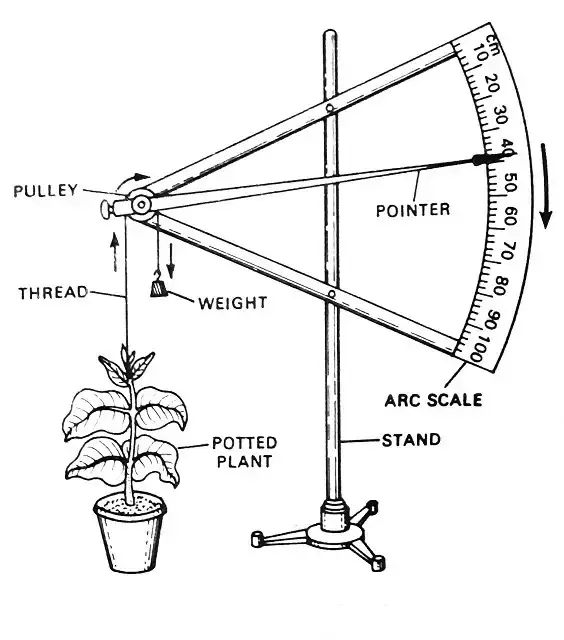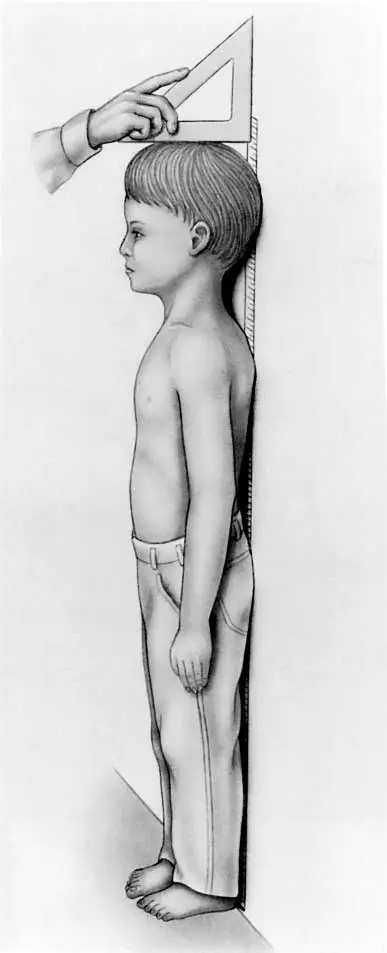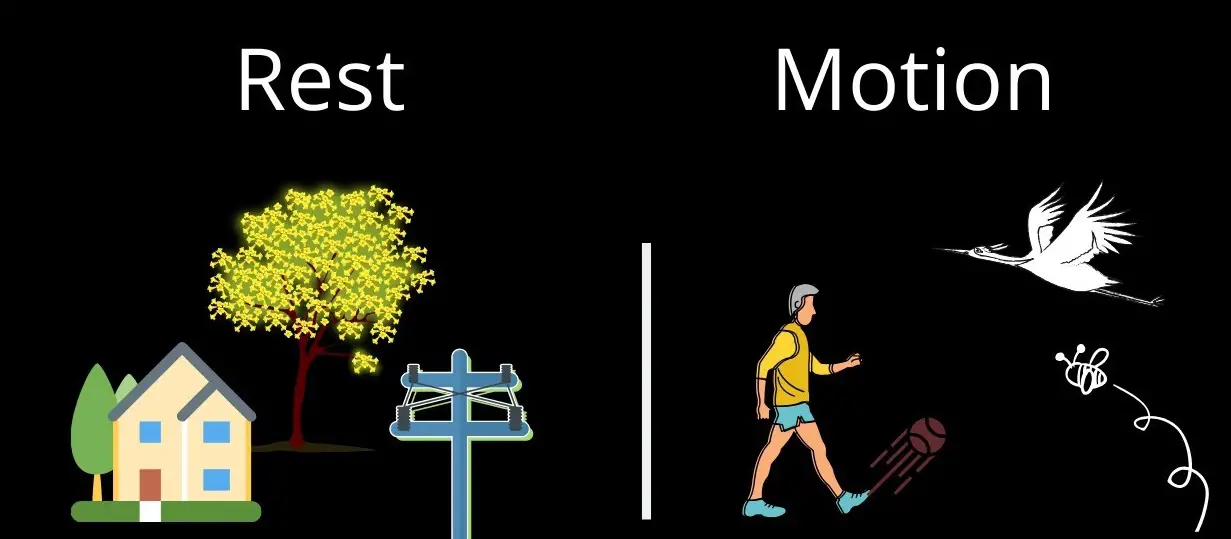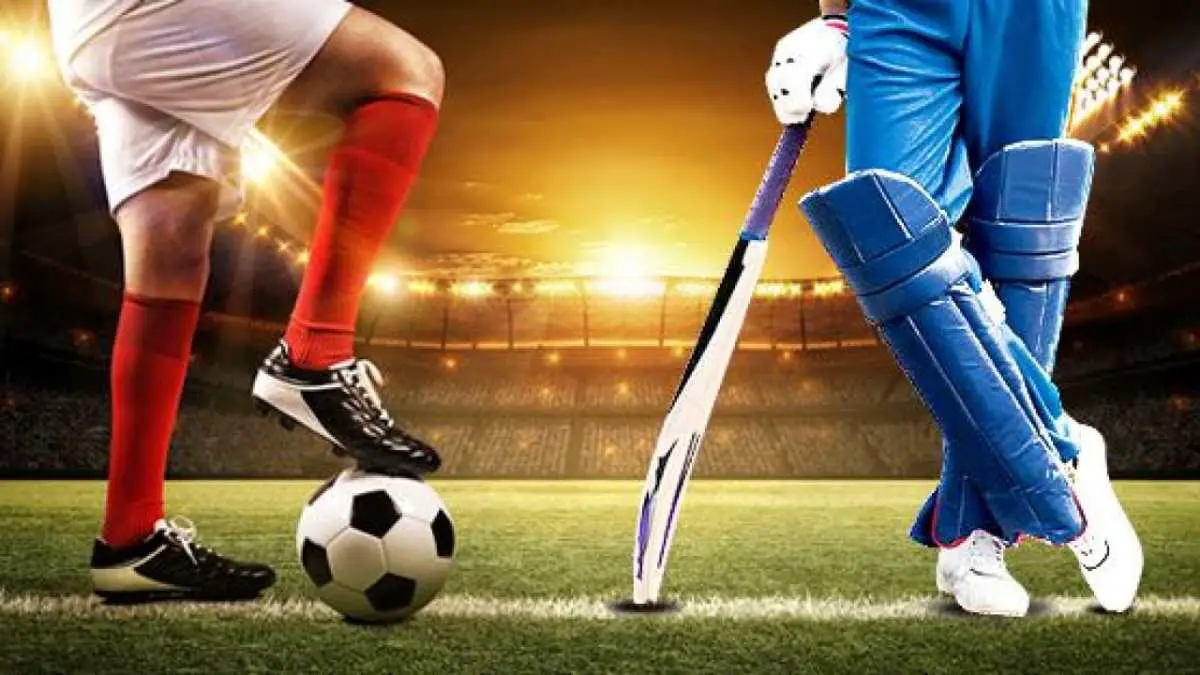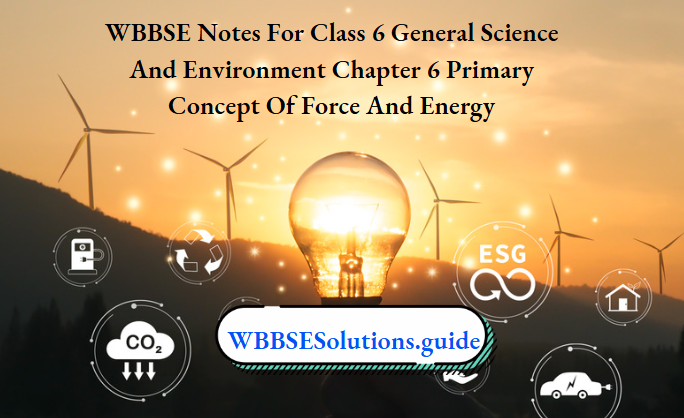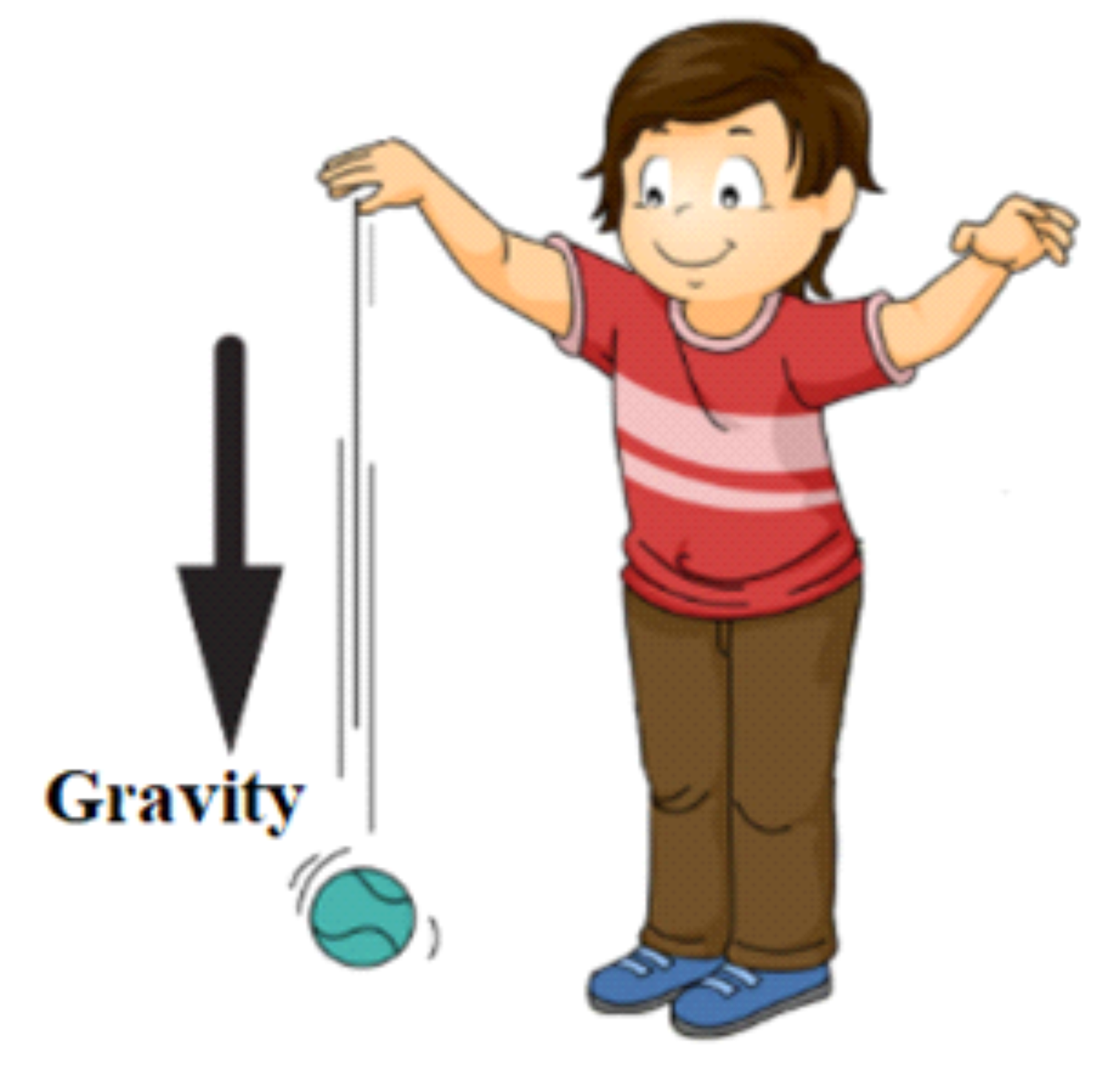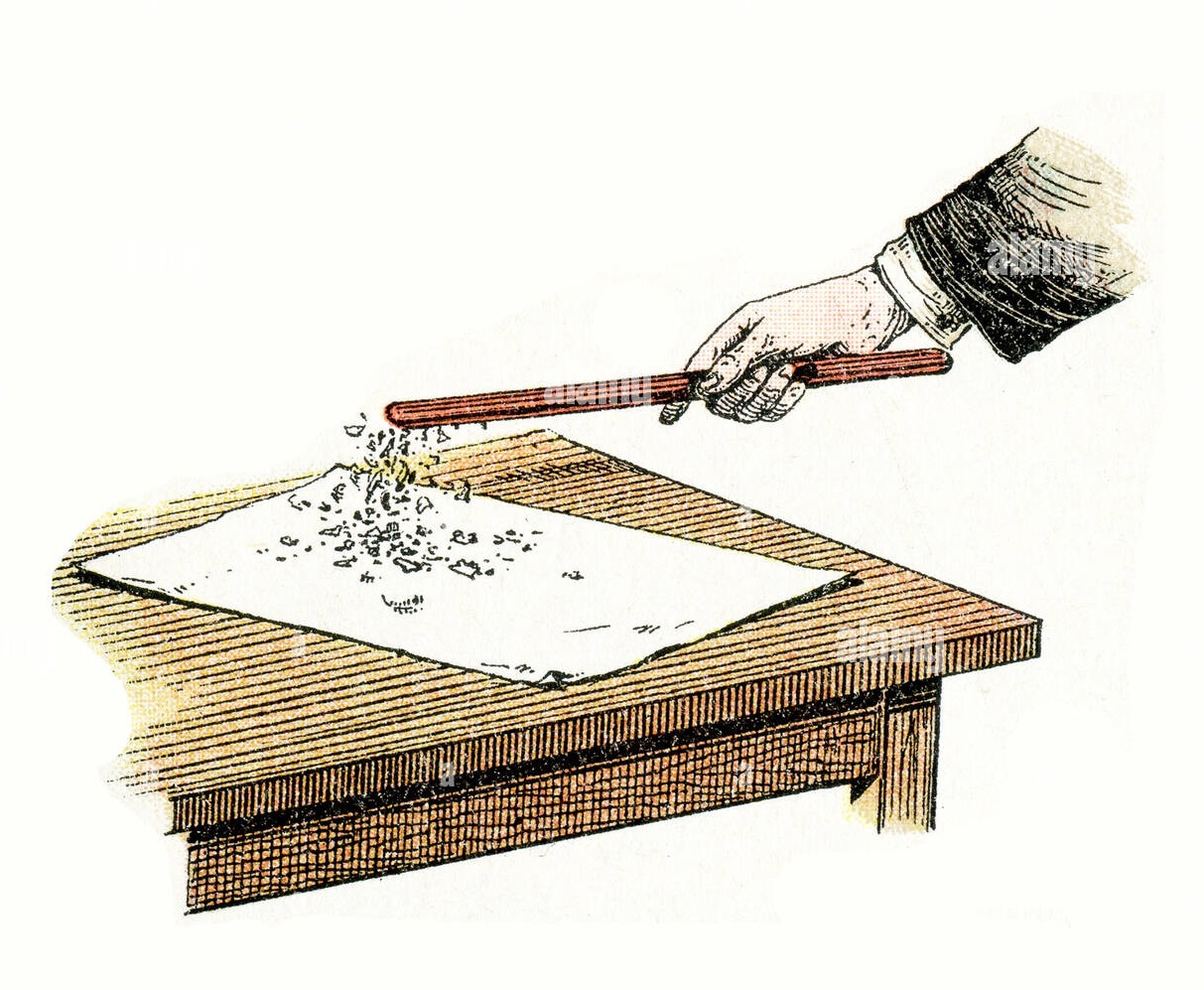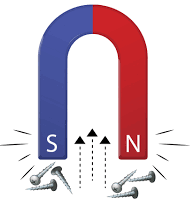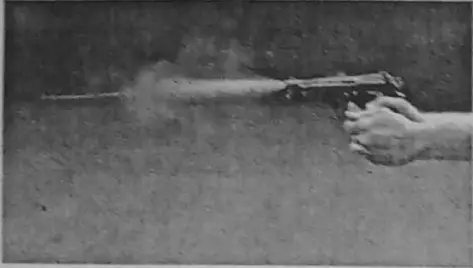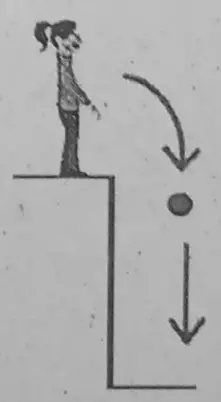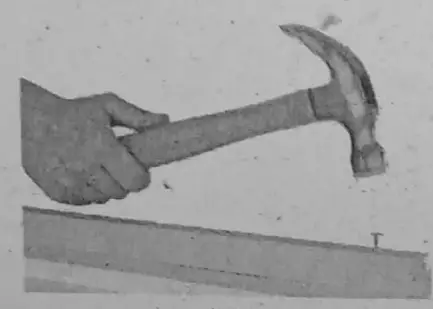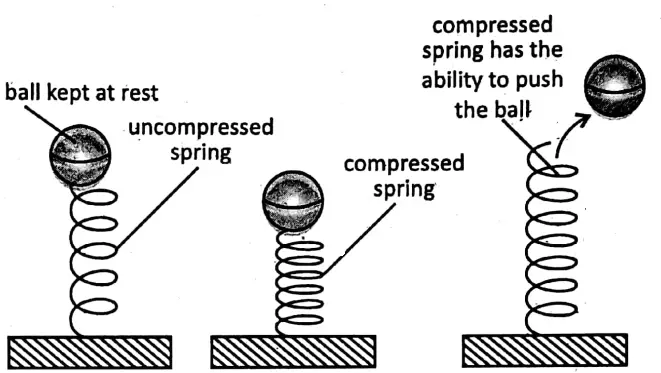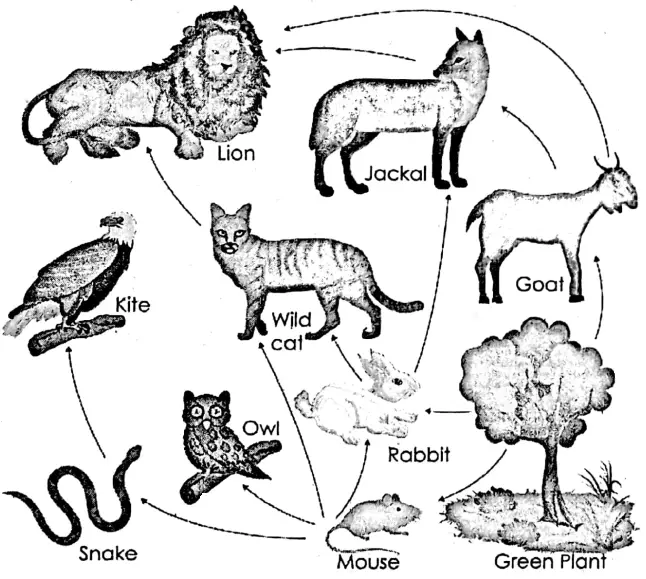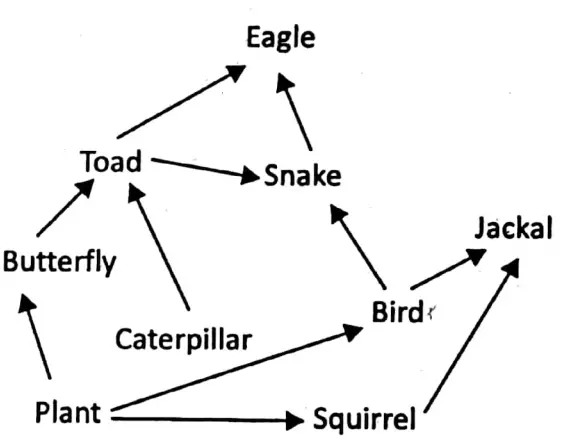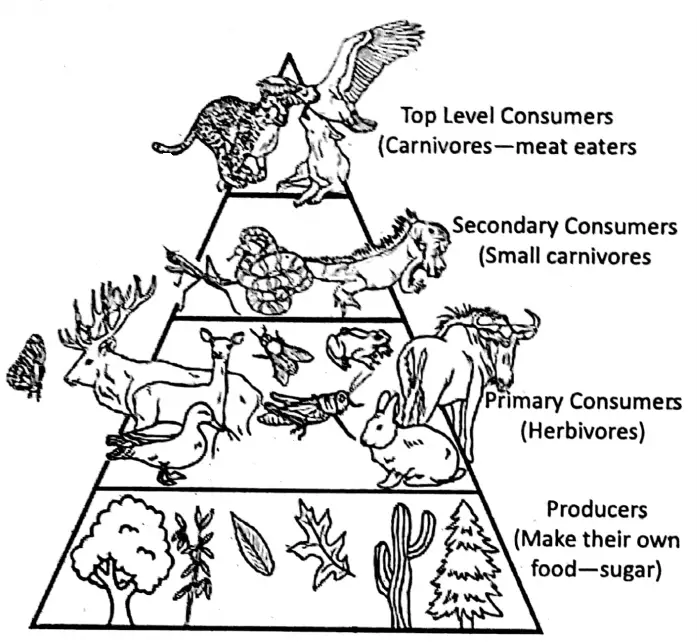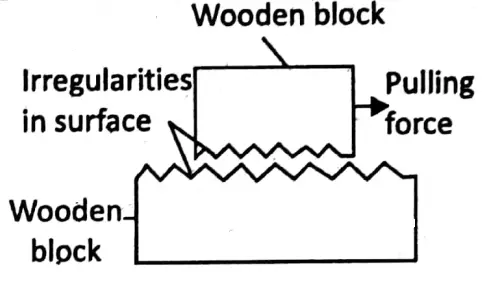Chapter 11 Habits And Habitats Of Some Important Animals Behavioural Science And Behavioural Scientists
You may have heard the name of Arctic Tern, a small migratory seabird famous for its long-distance migration between the North Pole and South Pole. Do you know how the male bird impresses the female?
The male bird flies over the female or around the female with a fresh fish in his beak. If the male can please the female then she (the female) receives the fish and bonding forms between them.
Later during nest building and courtship male provides the female with a steady diet of fish. Most of you have seen the spiderweb (net-like structure made up of fine thread) Have you noticed how the spider catches its prey?
Many spiders build webs with fine threads (proteinaceous spider-silk). When an insect such as a fly, mosquito or other small insect falls into the spider-web, it sticks to the sticky threads.
Read and Learn More WBBSE Notes For Class 6 General Science and Environment
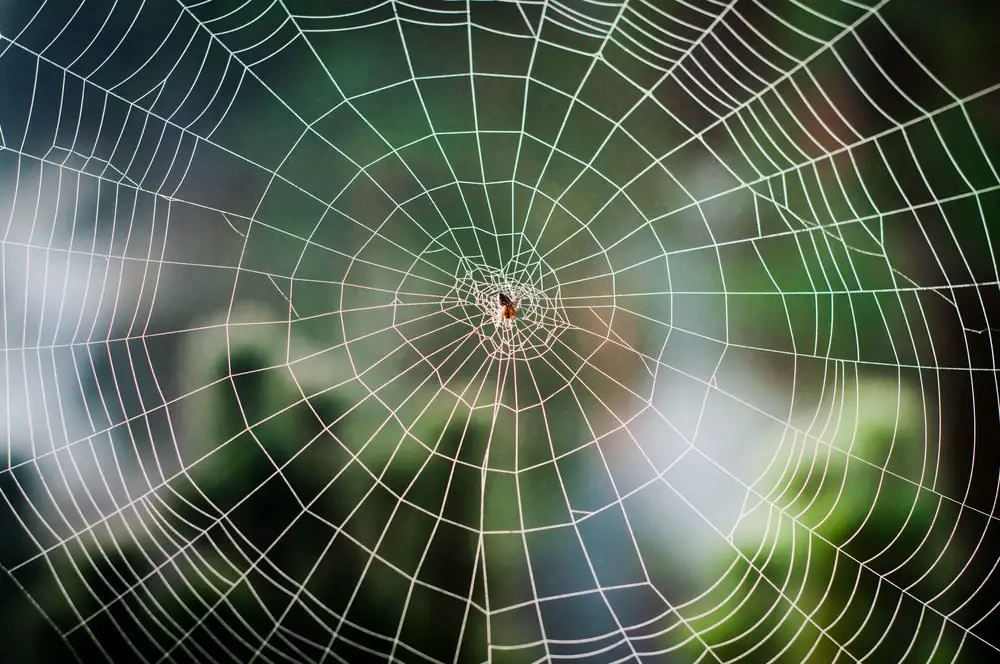
The spider soon approaches the trapped insect and uses its fangs to inject venom into its body and after the death of the prey, the spider sucks the juice of the prey.
Take another example
Most of you have heard the sweet voice of the common cuckoo, especially during spring. Cuckoos are unable to build their nest. Female (a hen) Cuckoo lays its egg in the nest of other birds mainly Crow.
During the egg-laying period male cuckoo moves around the nest of the crow and emits a constant voice and disturbs the male and also female crow (or other birds).
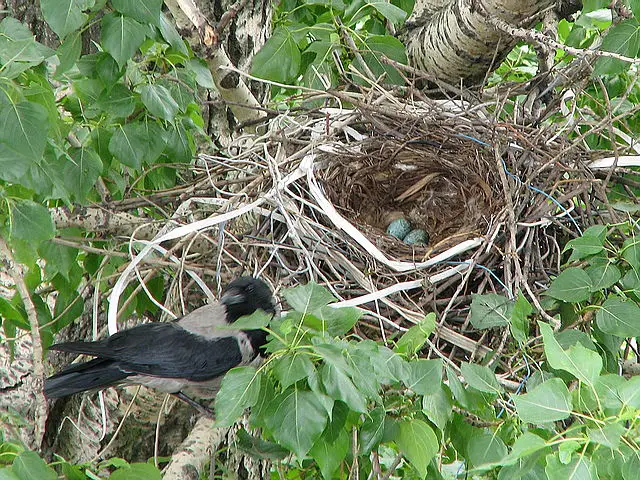
When the crows both male and female try to drive away the male cuckoo at that appropriate moment, the hen cuckoo flies down to the host’s (crow or other birds) nest, pushes one egg out of the nest and lays its egg and flies off.
“WBBSE Class 6 General Science Chapter 11 habits and habitats of some important animals notes”
The whole process takes about a few seconds (cuckoo layers 10-12 eggs but one egg at a time and in different nests of other birds for incubation). If you look around you may find many such cases of animal behaviour in nature.
The behaviour of organisms allows them to interact with their kind as well as with other kinds (species). Behaviour is the way organisms respond to their environment and other members of the same species and sometimes with other species.
The science of animal behaviour is known as ethology. Behavioural science (ethology) has a close relation to other branches of science (Ecology, Genetics, Physiology, etc.).
The activities of animals enable them to survive and to find a favourable environment. Animals behave in a particular way to meet a particular need.
Aetiology
It is the scientific and objective study of animal behaviour usually with a focus on behaviour under natural conditions.
Animal behaviour includes all the ways that animals interact with each other and the environment. The branch of biology that studies animal behaviour is called Ethology.
Chapter 11 Habits And Habitats Of Some Important Animals History Of The Study Of Animal Behaviour
People have been making detailed descriptions of the natural history of animals since the dawn of human history. The origin of the scientific study of animal behaviour lies in the works of various scientists and thinkers.
Behavioural science has its scientific roots in the work of Charles Darwin (1809-1882). Charles Darwin’s approach was a revolutionary one.
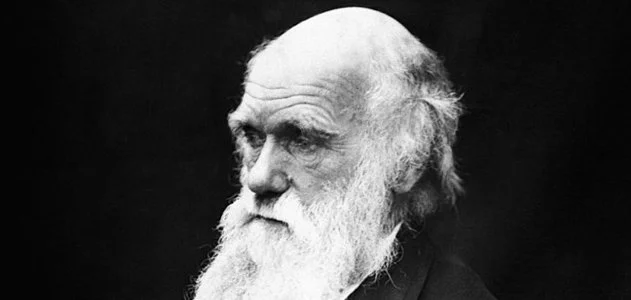
He observed animal behaviour from childhood and later his five-year voyage on HMS Beagle (the ship on which he travelled) as a geologist gave him a lot of opportunities to study animals in different parts of the world.
From his observation, he published his theory in 1958 after years of scientific investigation. The study and research of modern biology are all based on Darwin’s scientific theory.
The simple things of Darwin’s Natural selection theory are-Animals adapted themselves in different environments by changing their behaviour.
This change is inherited from one generation to another, the animals or plants able to make positive changes selected by nature and sustain and ultimately form new species, and those forms that can’t change (unable to adapt to surroundings) extinct from the earth.
“WBBSE notes for Class 6 Science habits and habitats of animals”
From different studies, it has been found that the behaviour of animals has a genetic basis (Genes influence the development of neural and hormonal mechanisms that control behaviour) but the development of mechanisms that control behaviour is subject to environmental influences, such as practice after birth.
Jeans Henri Fabre, a French Biologist (entomologist) was one of the founders of the study of insect behaviour. It was his hobby to observe the behaviour of the insects and note all these things. He wrote many books.
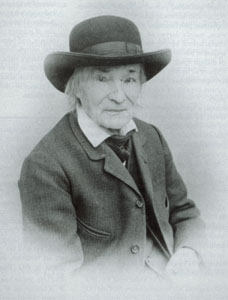
Fabre had the great merit of demonstrating the importance of instinct among insects. He wrote many beautiful accounts on insects. In one experiment he showed the stubborn habit of caterpillars moving in a line.
The direction of movement of the first one follows the rest. In one of his experiments, he picked up a line of caterpillars with the help of a stick and placed them on the edge of a round pot.
Fabre noticed that the caterpillars kept on moving in a circle for hours on the circular edge of the pot. The caterpillars kept moving in the same way until they got tired and dropped from the edge.
This is an example of instinctive behaviour control by the nervous system. Modern studies of behaviour, based on the observation of animals in their natural environment, were established by the work of Karl.
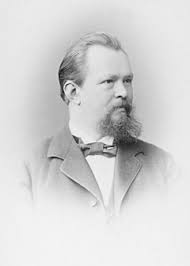
Von Fritsch, Konrad Lorenz and Niko Timbergen. They were collectively awarded the Nobel Prize in 1973. Von Fritsch studied the behaviour of honeybees for over forty years.
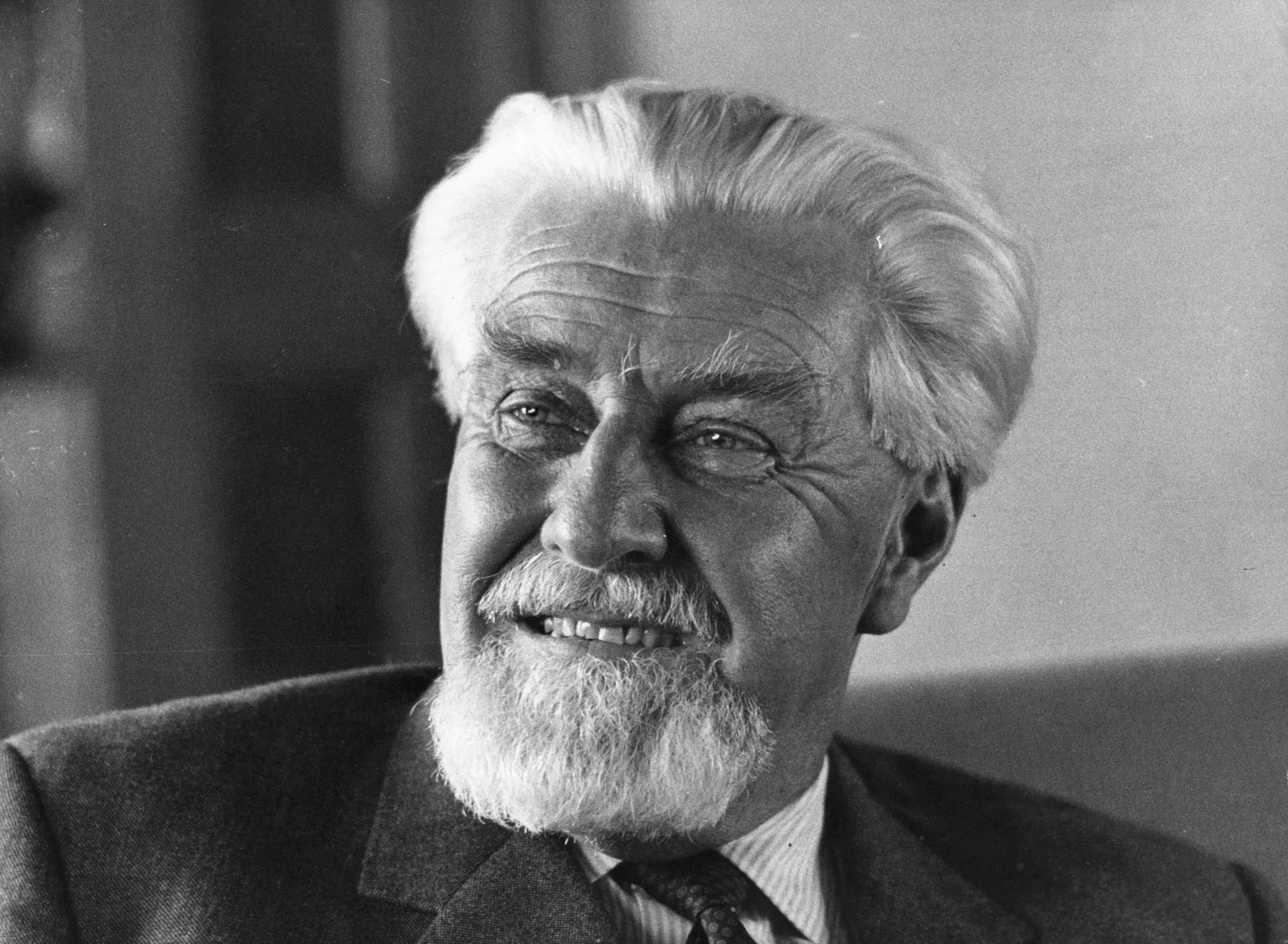
Von Fritsch established that bees use polarised light and magnetic fields to navigate. They can also see colours.
He showed that bees communicate to fellow workers the positions of food and sources found at a distance from the hive using a ‘waggle dance’. After seeing the dance, worker bees rush to the source and fetch the nectar (food) to the hive.
“Class 6 WBBSE General Science Chapter 11 animal habits and habitats explained”
Lorenz performed many experiments. In one of his spectacular demonstrations (experiment) with birds (Grey leg goose), he showed that the young animal (birds and mammals) forms a more or less permanent bond with a larger, moving object that is first observed.
Waggle Dance
The Waggle dance of a worker honeybee is the way it communicates the location of a new food source to other workers. The dance is performed on the vertical comb surface or the floor of the hive entrance.
It is a figure of eight (‘8’) dance, performed in darkness surrounded by sister workers. The dancing worker bee emits buzzing noise, vibrates its wings and laterally vibrates its body.
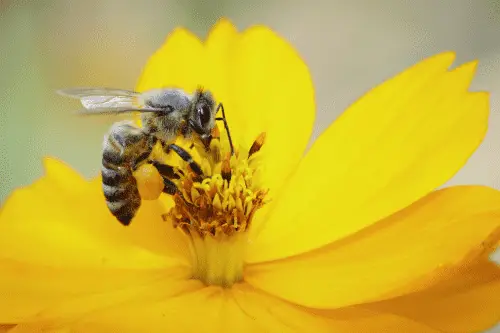
When the dance is performed more rapidly it indicates that the food source is close to the hive (shorter distance). In the mid-20th century, Dutch scientist Niko Timbergen studied the nesting of Herring Gulls (a type of bird).
He noticed that nearly hatched gull chicks were fed by their parents only after they picked the red spot on the side of its parent’s beaks, near the tip (The adult bill is yellow with a prominent red spot).
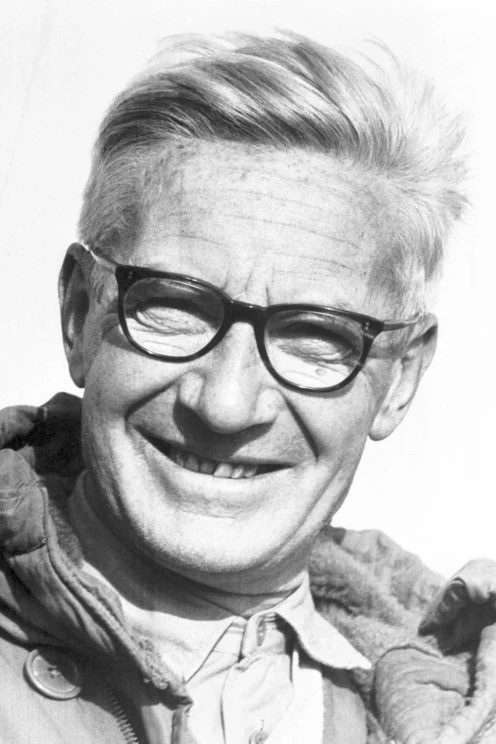
Timbergen tested the hypothesis that it is this spot that stimulates the chick to the peak. In his study, he presented to very young chicks in the nest, two models of a gull’s head one in natural colours with a red spot and the other identical shape with the red spot absent.
The model with the red spot received all the pecks. Niko Timbergen In another experiment Timbergen noticed the foolish behaviour of birds. Herring gulls hatch eggs on the ground.
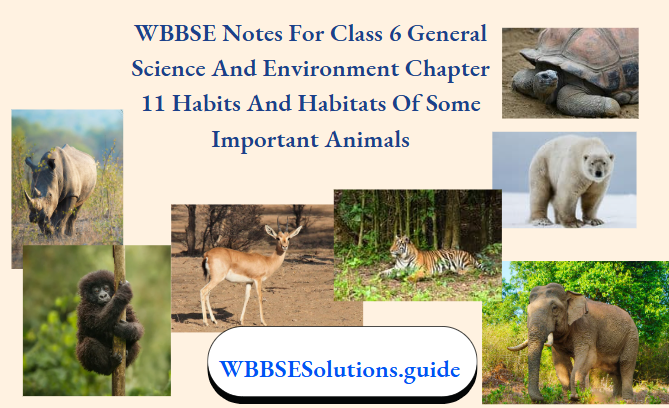
He placed a bigger and more glossy fake egg near the real eggs. He found that the parents came hurriedly to warm that fake egg, leaving behind the real eggs.
Jane Goodall was the first woman who spent many days in the jungles of Tanzania (Africa) and ventured into the little-known world of wild Chimpanzees. She studied their behaviour and she discovered that Chimpanzees make tools, eat and hunt for meat, and have similar social behaviour to humans.
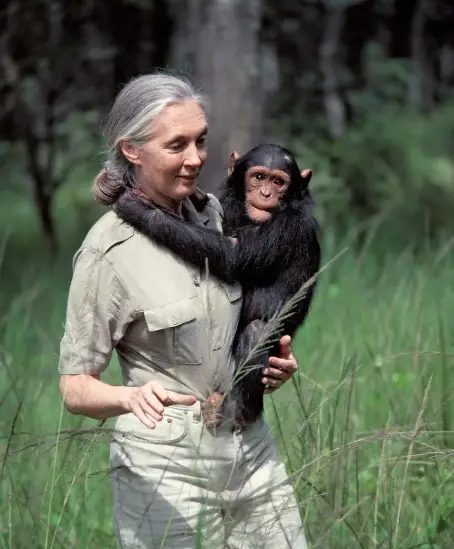
She was the first person who told us that chimpanzees used sticks as tools to dig out termites and they inserted the stick inside the termite hive and collected termites. They can use tools for catching fish.
Chapter 11 Habits And Habitats Of Some Important Animals Some Famous Indian Ethologists
There are many Indian ethologists (scientists) who became famous for their studying the habits and behaviour of animals. Among Indians, Ratanlal Brahmachary is widely known for his research on pheromones, (the biochemical messengers in a living organism).
Brahmacharya made a significant contribution to tiger behavioural studies. He studied the animal for over 50 years. He was among the first scientists to observe the scent-marking behaviour of tigers, where the animals spray urine on tree branches to mark their territories and communicate via biochemical messengers (pheromones).

He wrote several books in ‘Bangla’ to promote the cause of wildlife protection and scientific observation of animal behaviour.
Salim Ali is another famous naturalist and Ornithologist (scientist who works on birds) in India. He is known as the “Birdman of India”. He was a great bird-watcher. He wrote many books on birds and their behaviour.
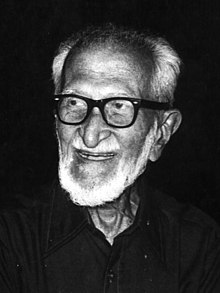
In his book “The Book of Indian Birds” (1941) he discussed the kinds and habits of Indian birds. He was honoured by Padmabhushan and Padma Vibhusan awards. Raghavendra Gadagkar is also a famous naturalist who studied the working cycle of Bumblebees.
M. K. Chandrasekharan, a famous zoologist studied the working cycle in the body of various animals, including bats.

Gopal Chandra Bhattacharya, one of the famous naturalists of Bengal spent his entire life studying the behaviour and habits of the insects found in Bengal. He wrote many books and papers both in Bengali and English in a very simple language.
His writing is so simple that common people can easily understand these. His famous book in Bengali “Banglar kitpatango”. If you get a chance you must read the book.
Cultural Transmission Of Behaviour
One advantage of living in groups is that animals gain information from one another. Young animals like mammals and birds learn skill from their parents by watching and observing.
Macaque Monkeys on the Japanese island of Kohima learned to wash sweet potatoes originally provided for them by researchers in the early 1950s.
This behaviour was passed on from parents to offspring and was observed by other members of the troop. After a few months, researchers observed that all the monkeys were washing their potatoes in the sea.
Nearly fifty years later, this colony of monkeys still wash their potatoes even though they are not provided with dirty potatoes any more. Scientists think they like the salty taste.
From the above discussion, you may have felt behavioural science is an interesting one. It is an interesting branch of science.
“Step-by-step notes on habits and habitats of important animals Class 6 WBBSE”
From today onwards you also start observing the behaviour of animals (mainly birds, insects, common mammals, etc), all around you like the famous scientists you have just learned.
Not only start watching, note down the events with date, time and place and analyse the data from time to time. Who knows one day you might be a great Ethologist (behavioural scientist) like Darwin, Frisch, Goodall, Salim Ali, or Gopal Chandra Bhattacharya.
Of course, you will need to study hard and research a lot for that.
Complete the table:
| Some behavioural incident |
Describe by |
| 1. Behaviour of chimpanzees |
1. Jane Goodall |
| 2. …………… |
2. …………… |
| 3. …………… |
3. ……………. |
| 4. …………… |
4. ……………. |
Chapter 11 Habits And Habitats Of Some Important Animals The Habits and Behaviour Of Some Animals
The surrounding conditions in which an organism lives and with which it interacts is called its environment. The place where an organism lives is known as its habitat. An organism gets shelter, food and the right climatic condition in a specific habitat.
Habitat constitutes a part of the total environment. The way organisms respond to their environment and to another member of the same species is known as behaviour. The habit of an organism refers to a usual way of behaving.
Let us know the habits and behaviour of some animals.
1. Ants:
All of you have seen ants. Ants are social insects. They live in colonies that may reach as many as a few million members. They are of various colours and types. Scientists are not yet able to describe all of the types.
Many types are yet to be discovered. Their total number is nearly half of the total organisms. Ants work together to gather food and care for the young, and their behaviour is surprisingly coordinated and methodical.
Most ant colonies are so united towards the common purposes of survival, growth and reproduction that they behave like a single organism. This social behaviour gives ants a major advantage over solitary insects and other animals.
Ants perform many strange and interesting activities. According to scientists red ants are masters and the black ants are their workers. Red ants are good in fighting in comparison to black ants. But black ants are more intelligent and first movers. They are hard. workers as well.

The colour Most ants live in nests which may be located in the ground or under a rock or built above ground and made of twigs, sand, grovel, mud etc.
Many species produce winged males and queens (female) that fly into the air, where they mate. Queen ants have wings which they shed when they start a new nest.
There are three kinds of ants in a colony. The queen, the female workers and the males. The queen and the males have wings, while the workers don’t have wings. The queen sheds the wings when they start a new colony after mating.
The queen is the only ant that can lay eggs. The male ant’s job is to mate with the future queen ant and they do not live very long. Once the queen grows to adulthood, she spends the rest of her life laying eggs.
Depending on the species, a colony may have one queen or many queens. A division of labour (work) exists among worker ants, for example, the bigger ones with very large heads or with powerful jaws are called soldiers.
Soldier ants protect the queen, defend the colony, gather or kill (other insects or organisms) and attack an enemy in search of food and nesting space.
If they defeat another ant colony, they take away eggs of the defeated ant colony to their nests and when the egg hatches, the new ants become the ‘slave’ ants for the colony.
Do you know how the soldier ants protect the colony? The soldiers like our army barrack stand in the anthill at each exit and block it with their heads.
“WBBSE Class 6 General Science Chapter 11 important questions and answers”
When a returning worker approaches the closed entrance, it knocks with its antennae on the head of the soldier, who lets him in after receiving this sign.
Some other jobs of the colony include taking care of the eggs and babies, gathering food for the colony and building the anthills or mounds performed by workers.
Workers with swollen abdomen devour (consume) the nectar of flowers and honey from honey beehives. They regurgitate the honey and feed other workers.
Some species of ants farm Aphids (a tiny plant sap-sucking insect), protecting them on the plants where they are feeding and consuming the honeydew aphids release from their body.
This is a mutualistic relationship with these dairying ants milking the aphids by stroking them with their antennae. The aphids are then called the “Cow of ants”.
You may have seen the nest of ants, known as anthills. Anthills are cupola-shaped (dome-shaped) nests of ants. The population of a large anthill may reach several million individuals.
The anthills (nest) have numerous passages, wherein the young develop. Ants live in groups of numerous families for many years, consisting of females, males and workers.

An ant has a mobile head with well-developed biting upper jaws. The head bears compound eyes and bent antennae, legs are well-developed. The abdomen is very narrow.
Some species (Red imported fire ants have sting) of ants have a string at the posterior end of the abdomen to discharge poison. Some form of ants make their wood home, they are often called wood ants.
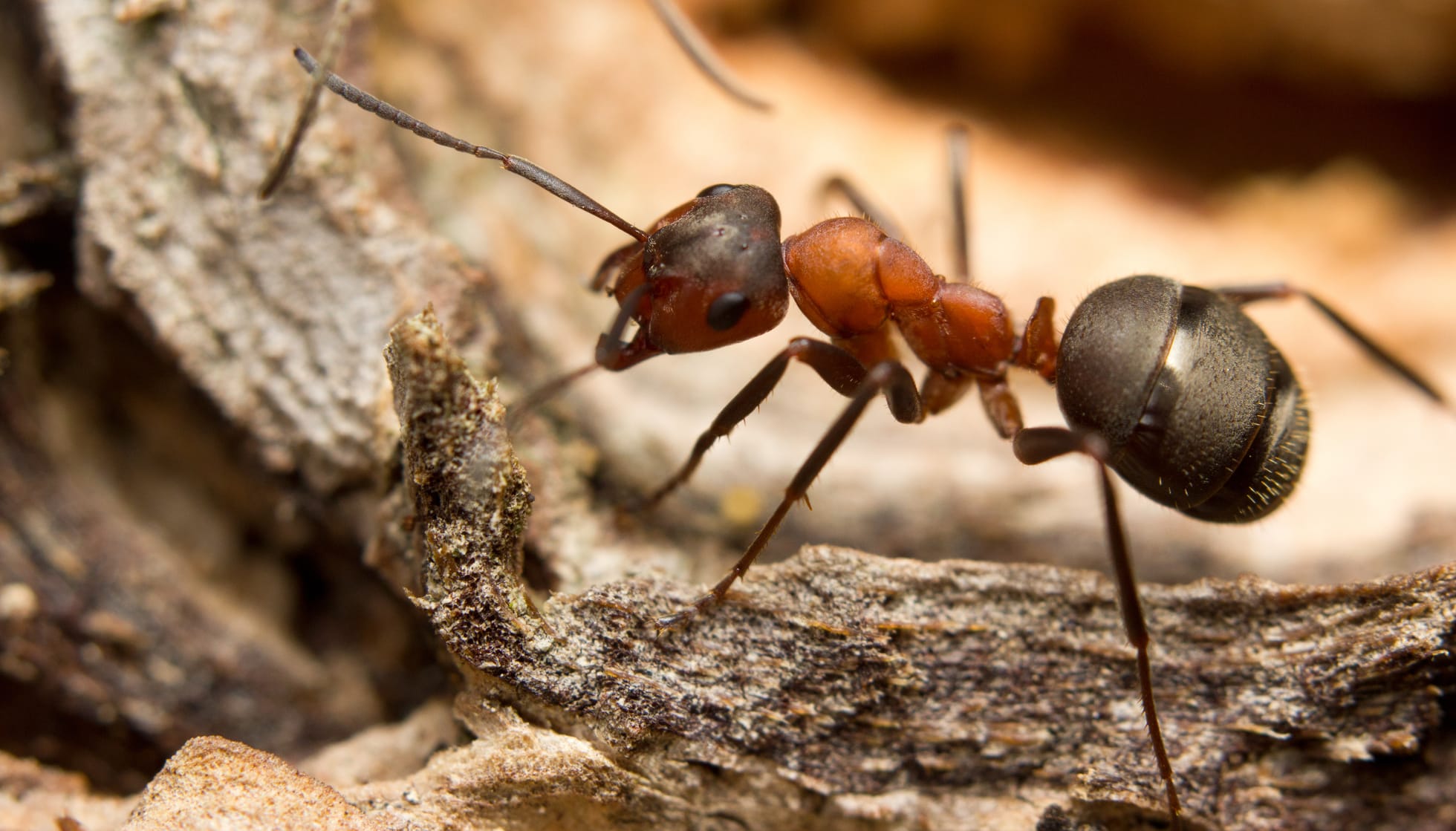
Ants live in the nest which are located underground, in ground-level mounds, or trees. Carpenter ants are large ants, they form nests in wood.
Ants typically eat nectar, seeds, fungus or insects. Ants spend winter in the underground part of the anthill. (Where the temperature is not as low as on the surface).
Gathering into a tight cluster they stay there until spring and feed on stored food. In hot countries, Nomadic ants are found. They keep changing their nest from time to time.
Worker ants of some tropical species cultivate mushrooms and moulds under the ground surface and use them to feed the larvae. Ants feed mainly on insects.
“Solved examples of animal habits and habitats WBBSE Class 6 Science”
It has been calculated that an ant family brings about 1 () kg of insects every day to the anthill, including caterpillars, butterflies, and beetle larvae.
The majority of these insects are pests (damage beneficial plants) of the forest and cultivated crops. Ants are useful in eliminating these pests.
Your work:
Try to observe ant’s behaviour along with their morphology in different localities. You may find many interesting behaviours of ants.
| SI. No. |
Location |
Name of Ants /Sample |
Colour of ants |
Size of ants |
Structure of ants |
Habitat |
Behaviour any speciality |
| 1. |
|
|
|
|
|
|
|
| 2. |
|
|
|
|
|
|
|
| 3. |
|
|
|
|
|
|
|
| 4. |
|
|
|
|
|
|
|
| 5. |
|
|
|
|
|
|
|
Do it yourself:
Try to find Habitats for different types of ants.
Take some necessary things like a pen, a pencil, a notebook, a watch glass, gloves, pins, needles, a small brush, a small glass tube, a small amount of alcohol, forceps, some polybags or glass jars etc.
Observations:
- Find an ant’s nest.
- Follow the line of ants from where to where they are moving.
- Whether they have anything in their mouth or not?
- Whether they are carrying large food and what type of this food?
- What is the colour of these ants?
- Have you seen any mixture of ants?
- Take samples of one / two ants and put them into alcohol for further studies. (8) Try to follow the nest pattern.
- Whether see any other interesting events?
- Follow the mutual understanding of ants with other animals.
- Whether the ants eating their food on the spot or carrying it to their nest?
- Whether the ants are carrying food alone or eating alone?
- How speedy the ants are?
- How do they communicate with each other?
Fill up the tables :
1.
| Size of ants |
large |
Medium |
Small |
Remarks |
|
|
|
|
|
|
2.
| Colour of ants |
Red |
Black |
Brown |
Other |
Remarks |
|
|
|
|
|
|
|
3.
| Body shape |
Head |
Thorax |
Abdomen |
Other Parts |
Remarks |
|
|
|
|
|
|
|
4.
| Types of carrying substance |
Insects |
larva |
Fungus |
eggs |
Other |
Remarks |
|
|
|
|
|
|
|
|
5.
| Types of food |
Vegetarian |
Reaction |
Non-veg |
Reaction |
Remarks |
|
|
|
|
|
|
|
6.
| Attitude of ants |
Aggressive |
Quiet |
Normal |
Other |
Remarks |
|
|
|
|
|
|
|
7.
| Seasonal activity |
Summer |
Winter |
Spring |
Other season |
Remarks |
|
|
|
|
|
|
|
8.
| Nature of Ant’s nest (anthills) |
In the ground with mud/ sands etc. |
In tree |
In wood |
In leaks |
Others |
Remarks |
|
|
|
|
|
|
|
|
9.
| Special behaviour you watch if any |
During movement |
Meeting with other ants |
Fighting among them |
Carrying food |
Carrying egg |
During flight |
Anthill making |
Remarks |
|
|
|
|
|
|
|
|
|
|
Synchronise all the matter and write a paper on your observation. (You may use the following hints) Take help from your teacher.
- Type
- Colour
- Structural Specification
- Food
- Colony
- Association with other animals
- Social behaviour
- Works of different forms
- Seasonal appearance
- Any interesting observation
- Sample collection
- Drawing figures of different forms
- Communication
- Draw figures of anthills
- Conclusion
- Acknowledgement.
Chapter 11 Habits And Habitats Of Some Important Animals Termites
You may have seen tunnels in the frames of doors, windows even in walls by termites. Termites, popularly known as ‘white ants’ are also social insects like ants and honeybees.
Termites live in large colonies. They form their nest in soil or wood. Sometimes they form their nest (termitaria) which often rises to a height of 2.5 metres or above.

Termites have four distinct castes-Queen (female) and king (male), these are fully-winged reproductive forms, Workers which are small, wingless, sterile forms responsible for building and maintaining the nest and all other works of the nest.
The last cast is Soldiers who are also wingless and sterile and are responsible for defending the colony. Soldiers have large heads with powerful jaws (some forms have a snout-like projection from which they discharge a sticky secretion that immobilises enemies (usually ants).
Four from (castes) of termites are male, Female (reproductive forms) workers, and soldiers. The termitaria (nests) of termites is made up of many chambers, underground channels, and covered tunnels above ground, through which food is carried are constructed by using saliva to cement particles of sand together and are very strong.

The queen of termites is very bulky and whitish or creamy coloured. The abdomen is usually the only visible part. Termites don’t have a hard covering around the body.
Their body colour except for some soldiers’ form (they are pigmented) are whitish, or pale and have no pigment, so they are called white ants. They expose very little to sunlight.
If they are too exposed to sunlight the water in their bodies dries up. Termites maintain humidity and temperature in their nest and the tunnels of their passages.
Termites have a special feature, they can digest. cellulose, a component of carbohydrates (found in plant food products), with the help of microorganisms (Tryconympha-a protozoa) present in their (termites) intestines.
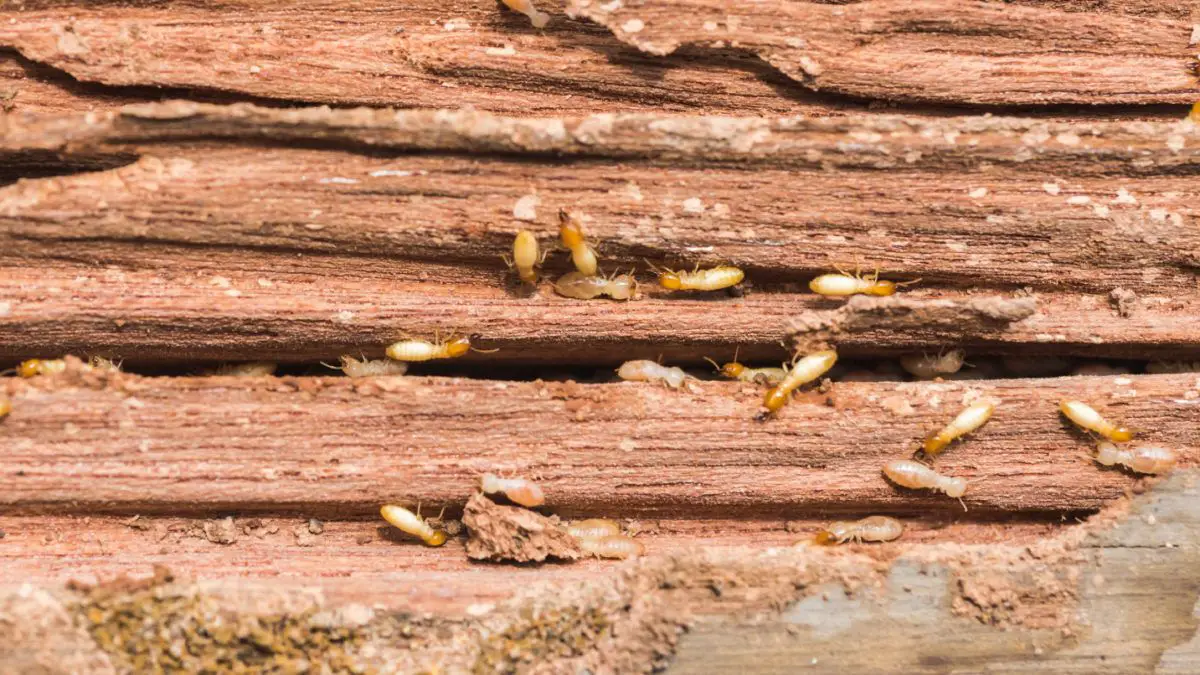
Other animals do not have this ability. Though termites damage a lot of wooden substances of our society but it helps to clean the environment by removing leaves, dead vegetation, and wood from the environment.
Reproductive forms like Queen (female) and King (male) are winged forms. They have functional eyes and are pigmented. Soon after a heavy shower of rain, young reproductive forms fly out of nests and undergo a flight (nuptial flight).
“Best guide for Class 6 General Science WBBSE animal adaptations”
Mating occurs during this flight. After that, they fall to the ground and lose their wings. After some of them have been eaten by birds, lizards, toads or frogs or other insects.
Surviving pairs of males and females are ready to start a new nest and form a new colony. You can easily observe this incident during the rainy season. Try to observe termites and related facts, note down these and then analyse your observation.
Do It yourself
Observe the following things and note them down. Then fill up the tables.
- Collect different types of termites.
- Try to find their nests.
- If possible with the help of the teacher try to observe the constructional peculiarities of their nest.
- Try to find out the living places of termites.
- Draw pictures of different forms of termites-Reproductive forms, workers, soldiers. Try to observe their functions (different forms of termites).
- Try to observe their movement.
- Observe detailed morphology such as shape, size, colour, jaws, wings, abdomen, etc.
- Insert a stick through one of the holes in the termites’ nest, and observe their movement. Find some termite mounds. Measure their height, and how hard they are; look for the entry of exit points. Draw pictures.
Ants and termites are sometimes mistaken for each other, however, they are very different groups.
Difference between Termites and Ants :
|
Termites |
Ants |
| 1. Body |
1. Differentiation of the body into the head, thorax and abdomen is not so distinct. The waist is broad, the abdomen is broad at the end. |
1. Three distinct parts of the body, distinct narrow waist, abdomen pointed at the end. |
| 2. Antenna |
2. Antennae almost straight beadlike. |
2. Segmented elbowed antennae. |
| 3. Food |
3. Eat the cellulose inside the wood. |
3. Eats sugar and proteins. |
| 4. Visibility |
4. They are not usually visible unless swarming. |
4. Frequently visible around us. |
| 5. Body colour |
5. Except the soldier’s colour of body is pale whitish. |
5. Usually not white, red, black, or brown. |
| 6. Wings |
6. In winged forms—both wings are equal. |
6. Wings of winged form are not equal; the front wing are larger than the hind (back) wings. |
| 7. Eyes |
7. Usually workers have no eyes. |
7. Compound eyes present. |
| 8. Sex of the worker |
8. Sexually undeveloped males and females. |
8. Sexually undeveloped females. |
- Ant wings do not break off easily. Termite wings break of easily with just a touch. Termite wings are twice as long as the body.
- Can you identify a flying ant with a winged termite?
Similarities between ants and termites
- Both ants and termites can have a winged stage in their reproductive cycle.
- Both are social insects-division of labour in different castes.
- Both have jointed appendages so both are arthropods.
Chapter 11 Habits And Habitats Of Some Important Animals Honey Bees
Honey Bees:
All of you have tested honey. Do you know from where this honey is extracted? We get honey from beehives. The nest of honeybee are called a beehive. Honeybees are social animals. They live in big colonies.
Each honeybee colony includes one big female, who is the queen, several hundred males, drones and many thousand workers. The workers are underdeveloped females, who are incapable of reproduction.
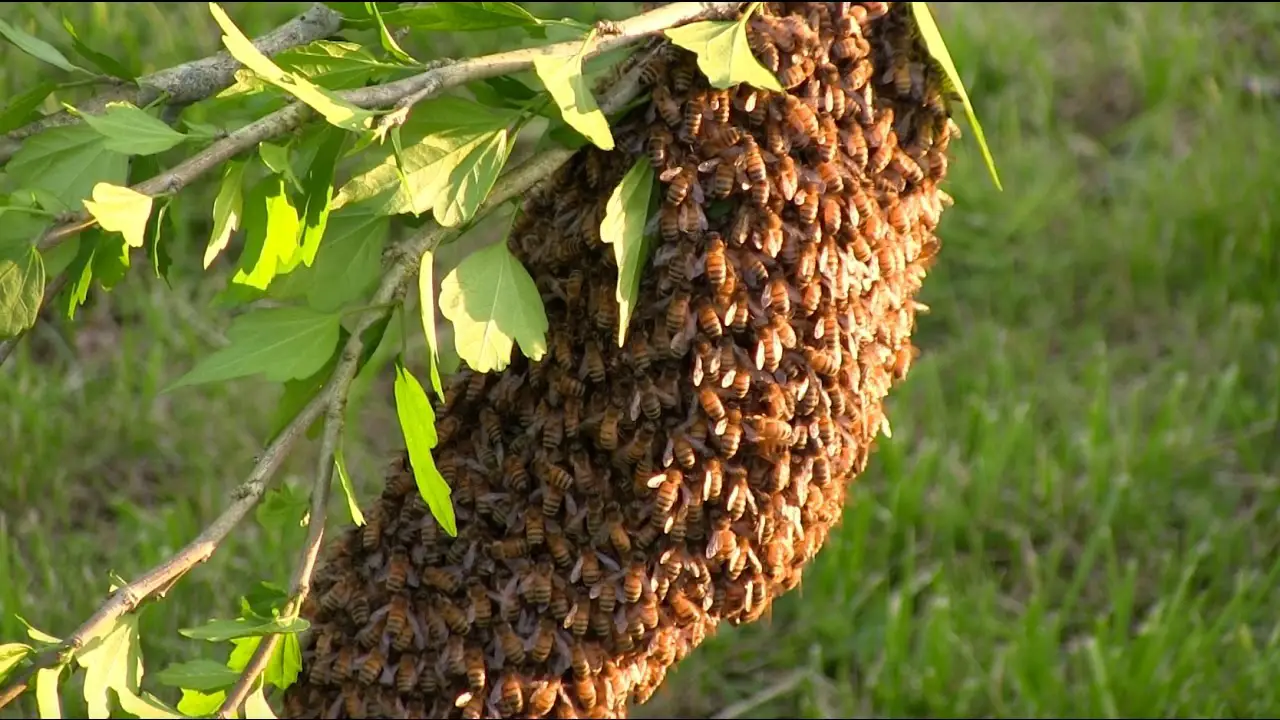
A drone is larger than a worker and the end of its abdomen is blunt. Whereas the abdomen of a worker is more pointed. The queen has a relatively much larger and longer body than either the drone or the worker.
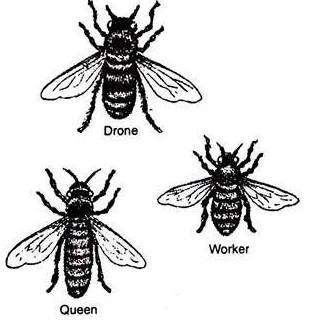
The queen and workers possess sting whereas the drone do not. The honeybee has mouthparts modified for sucking, manipulating wax, and collecting nectar. The legs of the worker are adapted to collect pollen and to build cells in the combs.
How can you differ a honeybee from a fly?
- Honeybee has two pairs of wings but fly has one pair.
- The worker and queen bee have a string at the end of the abdomen and the fly has not.
- The abdomen of a honeybee possesses many hairs.
The nector, sucked from a flower by a bee is drawn into a bulky crop and mixed with the secretion of the crop glands (crop = stomach). Then bees put the nector into comb cells, wherein it transforms into honey.
The queen lays all the eggs of the colony when drones do nothing in the colony only to mate with the queen during the marriage flight.
The Workers Do All The Work
- Gather nector and pollen from flowers, defend the colony, take care of the queen, eggs, and larva, and build beehives.
- If the cells of beehives get warm, workers fan it with their wings, they also fan very fast to dry the hive after heavy rain.
- They ventilate and regulate the temperature of the hive.
- Keep the hive clean and carry away debris and the bodies of any dead bees.
- They secrete the wax with which they build the combs.
- They incubate the eggs and also feed all other members of the community, including the larvae.
The worker bees defend the colony aggressively-if an enemy comes nearby they attack by pricking it with their sting. That sting is fixed with the abdomen in such a way that when it pricks the enemy’s body, it tears the abdomen, gets detached from the abdomen and sticks to the enemy As a result, the worker bee dies.
Bee-bread:
It is a mixture of honey and pollen, all members of the honeybee colony feed this.
- All larvae feed rich food for three days; this is known as bee milk which vomits out by worker bees.
- The larva which is marked to be queen feeds royal jelly for five to six days. Other larvae after three days feed with bee bread.
Honey is tasty and beneficial. Honey is a good food with more or less all the components of food. Humans have learnt the art of honey extraction from beehives from the wild and also knew the artificial culture of honey bees.
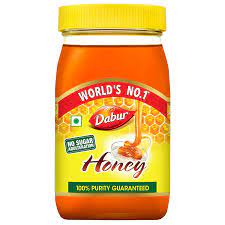
In India 3-4 types of honey-bee species are common.
- Apis indica (Common Indian bee)
- Apis florea (Little bee)
- Apis dorsata (Rock bee)
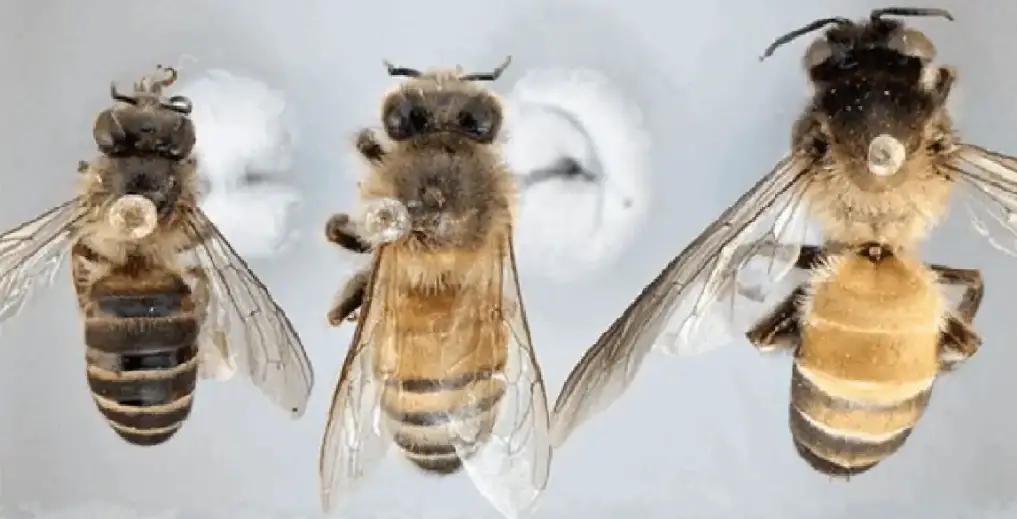
Do It yourself
- Observe carefully beehives and bees in the garden.
- Take help from your teacher, collect an old beehive and observe its cells.
- Try to observe different types of bees from the artificial culture site.
Fill up the table
| SI. No. |
Type of Beehives |
Location of beehive |
Draw a figure of it |
Observe different chambers |
|
|
|
|
|
|
Try to collect different type of bees and observe it and write their features:
| Type of bee |
Length |
Presence of sting or not |
Body structure |
Drawing |
| 1. |
|
|
|
|
| 2. |
|
|
|
|
| 3. |
|
|
|
|
| 4. |
|
|
|
|
Try to observe:
- Time of beehive formation.
- Place of beehive formation.
- Type of the bees who form the beehive.
- Follow (if possible) from which plant they usually pick nectar.
- Keep some sugar solution and other solution where the bees visit. How many times in an hour?
- How do bees help in pollination?
Chapter 11 Habits And Habitats Of Some Important Animals Elephant
Elephants are the largest living land animals of the world. Elephants are broadly divided into two groups such as Indian Elephant or Asiatic elephant (Elephas maximus) and African Elephant (Loxodonta africana).
Indian or Asiatic elephant is relatively smaller than the African with relatively small ears and tusks. Size and weight are the most striking characteristics of elephants.
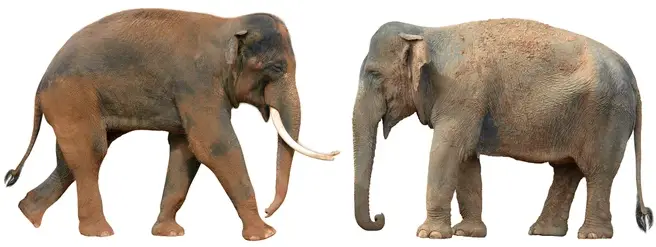
The elephants found in India each weigh about two thousand kilograms (kg) (range 2000 to 5000 thousand kg) in average and their height is around eleven feet from head to toe (African elephants are even more tall and heavy).
In general male elephants are larger than females. Indian elephants can live 70 years. Whereas African elephant lives 50 years approximately. Age can be judged from ears and teeth. The nose and the upper lip of the elephant are joined to form the trunk.
The trunk is very useful. It functions for grasping something, breathing, help in feeding, dusting and watering his body, smelling (sometimes it raises high to smell), drinking, lifting something, sound production/communication, it also helps in defence and protection.
“Understanding different animal habitats and their adaptations Class 6 WBBSE”
Another peculiar structure of elephants is its tusks. Tusks are elongated continuously growing front teeth usually but not always in pairs. The average length of tusks of an adult African elephant is 5-8 feet weight around 23-45 kg.
The Tusk of an Indian female elephant is relatively short and its weight is also less than African.
- The second incisors of the elephant are modified into huge tusks but in the case of tiger, dog, etc. canine teeth is elongated. Nearly a good number of elephants (30,000 approx in Africa) are killed for their tusks by poachers (hunters who kill elephants and other animals illegally) every year.
- A group of elephants is called a ‘herd’.
Elephants live in herds (in groups). Each group actually is a family. A herd is always led by the oldest and largest female elephant, other. members of the herd are daughter, granddaughter, grandson etc.
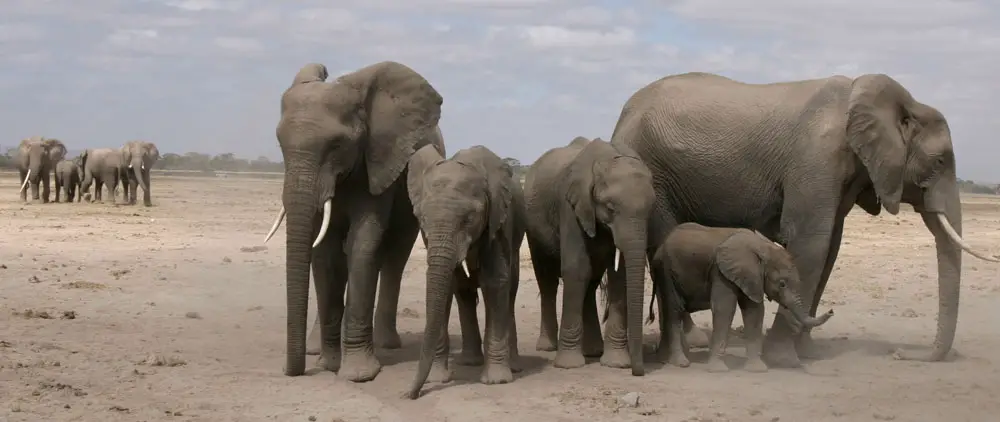
The herd usually is made up of 8-100 elephants. Female elephants are called cows. They have a gestation period of 22 months and produce one offspring at a time. The baby is called a calf.
When a calf is born it is raised and protected by the whole matriarchal herd. Males leave the family unit between the ages of 12-15 years and may lead solitary lives or live temporarily with other males.
Like a human being elephants also keep an eye out for their offspring when in danger elephant raises its trunk and trumpets to call for help and the other elephants of the group come to fight against danger unitedly.
“Examples of terrestrial, aquatic, and aerial animals Class 6 WBBSE”
Matriarchy is a social system in which females (in mammals) hold the primary power positions in roles of political leadership.
Touching is an important form of communication among elephants. Individuals greet each other by stroking or wrapping their trunks, older elephants use trunks to slap, kick and shove to discipline the younger ones.
You may have heard that sometimes elephant gets hurt by getting hit by trains while they are crossing the railway track (lines). In such cases, elephants gathered around the wounded elephant.
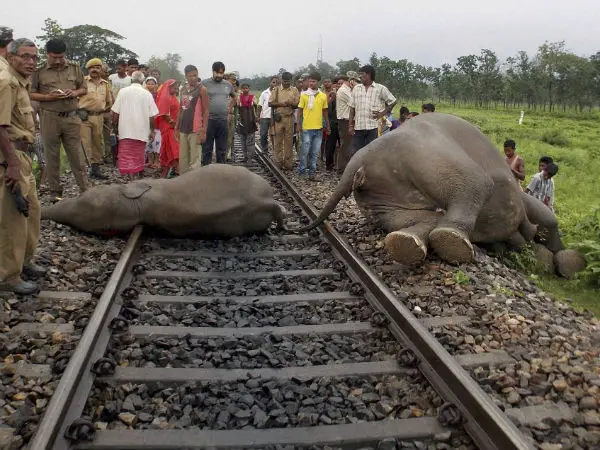
A peculiar phenomenon is found among the elephant herds. If an elephant calf gets lost while walking in the forest, the herd tries to search it out. But if they found that lost calf under the shelter of humans, they never accept it back.
Elephants eat a lot. Each elephant can eat up to 150 kg of grass, leaves, branches of plants, fruits etc. in a day. Elephants love to stay in the forest. The forest does not always offer them sufficient food.
Then they enter fields of crops in the villages in search of food. When villagers try to stop them they attack human beings and destroy huts and houses. Every year many acres of paddy fields in the North Bengal and Jangalmohol areas are lost by them.
When wounded or cornered the elephant really becomes dangerous. Migration of elephants usually takes place in the rainy season when they are relatively safe and they travel long distances in search of new feeding grounds.
Threats To The Elephant Population
- Habitat loss is one of the key threats to elephants.
- Many climatic changes also affecting elephant populations.
Increasing conflict with human populations taking over more and more elephant habitats and poaching for ivory are additional threats that are placing the elephant’s future at risk.
Asian elephants have been very important to Asian culture for thousands of years. They have been domesticated and are used for religious festivals, transportation, tourism and moving heavy objects.
“What are the different types of animal habitats? Class 6 WBBSE Science”
Try to gather knowledge by visiting any forest ranger’s office and talking to the people who are in touch of forest animals. If you found any Mahut ask him about the different behaviour of elephants.
Chapter 11 Habits And Habitats Of Some Important Animals Chimpanzees
- Most probably all of you have seen chimpanzees either in zoos or in TV. Observe their activities.
- Anthropoid apes (apes-like animals) are Gibbons, Orang-utans, Gorillas and Chimpanzees.
- Chief similarities between the chimpanzee and humans are- the absence of a tail, more or less upright posture and a high degree of development of the brain.
The Chimpanzee one of the ape-like animals is very close to humans. Human and these ape-like animals, ancestor was the same. Many years ago (Miocene era) human line (evolutionary line) had been separated from the ape-group.
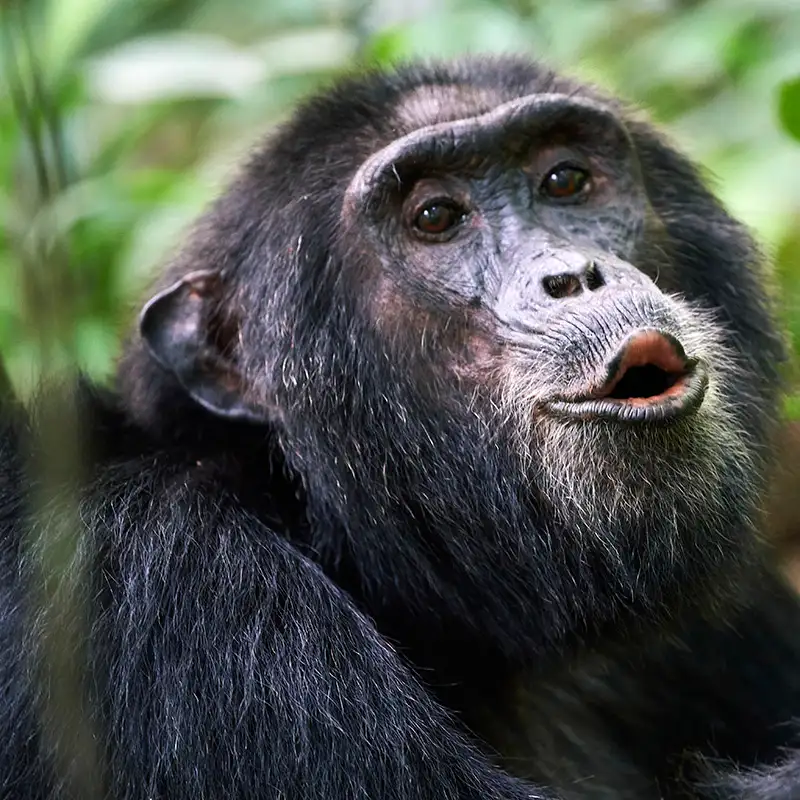
Chimpanzees are usually found in the deep forests of equatorial Africa. They usually live in groups with a single male as head and have a harem of several females. The male protects the family. Chimpanzees possess excellent memory and quickness of wit.
Experiments on chimpanzees have demonstrated that they can apply acquired habits under varied conditions. In nature they break off a twig, remove the leaves and use it to extract insects (termites) and their larva from the narrow passage, they use straws as toothpicks.
“WBBSE Class 6 Science adaptation of animals to their environment”
Chimpanzees have learnt to imitate closely a number of operations performed by humans such as putting on clothes, eating and drinking at tables, sweeping, washing up, using keys, hammers and other tools, to ride bicycles, and smoking. They easily become friends with humans.
Chapter 11 Habits And Habitats Of Some Important Animals Migratory Birds
You may have seen migratory birds in Alipur Zoo or Santragachi Jheel (lake), Howrah or Kulik Bird Sanctuary, Raiganj or many other places. They usually come to this area during winter.
Migration is a natural process. It is the regular seasonal movement (fly) of birds from one place to another (between breeding and wintering grounds). Migration is also occur in other types of animals such as fish, mammals, reptiles etc.
Migratory birds are these birds which fly to warm areas (countries) from cold areas (countries) during winter and return to their homes once winter is over.
They unite in flocks numbering hundreds and thousands of individuals (some may travel solitarily). Some fly in the daytime, while others fly at night. The birds feed on the route, rest and fly further to their habitual winter grounds.
India is a winter home for most of the Siberian birds such as Siberian cranes, Greater Flamingo, and Demoiselle cranes. Many birds from other regions of the world also migrate to India every year during winter and summer (few cases) for food, breeding and nesting.
There are many birds migrate to India during the late autumn or winter months, fly from Tibet, Bhutan, Ladakh, high mountainous regions of the Himalayas and the Siberian region, where winter is very cold, snow covers the land and water bodies are the main source of food for them start to freeze and it becomes hard to get food and they come down to the plain lands for their food, sometimes for breeding.
Winter in India is moderate and less cold than in their original home place of that birds. At that time a lot of food is available here.
At the onset of summer when the cold decreases and snow melt and trees bear leaves and flowers begin to appear, insects, molluscs and other foods available they return to their home again.
During migration, the birds keep permanent routes that they follow every year to the winter and in spring they return to breed.
Few Migratory Birds Who Visited India
- Amur Falcon (North East India, Nagaland)
- Siberian Cranes (Bharatpur National Park)
- Great Flamingo during winter [Gujarat, Chillca lake (Orissa)]
- Demoiselle Crane (Rajasthan)
- Bluethroat (Nilkantha pakhi)
- Coloured birds, Black-winged stilt
- Bar-headed goose-they migrates over the Himalayas and spend their winter in India (Assam, Tamilnadu)
- Rosy starling.
- Great white Pelican (You may find them in Alipur Zoo during winter)
- Jacobin Cuckoo (coming to India in the summer season).
These birds come to India from South-East Asia and the Siberian region during the winter and summer seasons. The migratory birds mainly arriving at the wetland spots of the national park, also seen in parts of the lakes and settle down in shallow or water ponds, Jheels etc.
Siberian species come to India only during winter and prefer swampy lands for nesting. You may find migratory birds if you visit Chupirchor (Purba Bardhaman), Santragachi Jheel (Howrah), Alipore Zoo, Rabindra Sarobor (lake), Sajnekhali (Sundarban), Sahebbandh jheel, Purulia.
Arctic tern are small migratory birds which cover the maximum distance. It migrates from the Arctic to Antarctica and back. If you are in Sundarban, Mandarmoni or Dadanpatra (East Midnapur) during Nov-Dec.
You will see wild ducks, geese, cranes, storks and other large migratory birds passing overhead. You may observe this in other parts also where large water lands are present. Besides birds, very few other animals make such long and regular migratory journeys. Such as-Eels, and salmon (migratory fish).
- Decrease in the amount of habitual food, and shortened day time which are the signals for migrating from the areas.
- Migration is an instinctive action of birds and it developed several million years ago under the effect of seasonal change.
In Santragachi Jheel (lake) you may see many migratory birds during winter (November- February). Different types of duck, Gadwall, and Northern Pintail usually come there.
In the Botanical garden (Acharya Jagadish Chandra Bose Indian Botanical Garden) Shibpur, Howrah is also a place where you may see some migratory birds (Brown Hawk, Owl, Booted eagle, some wood peakers and Kingfishers).
In the Eco-urban village, New town, Kolkata also hosts a few rare migratory birds in the winter (Amur falcons, Bluethroats, Open billed strokes, Strawberry Finch, Egrets, etc.)
Besides these places migratory birds like wild ducks are seen is many lakes, ponds and wetlands of rural Bengal, Wagtail (Khanjana bird) with long tail, grey coloured kajal bird (black lining in its eyes) are found in the fields and fruit trees of Bengal.
These birds are also the winter guest which comes from the Himalayas. Birds are normally selective in their food, and with their high degree of mobility, they can fly to where the kind of food they require is available.
“How animals survive in different habitats Class 6 WBBSE Science”
As a general rule, species whose range of food is limited, make the longest journeys. Birds during their long journey they face many problems such as adverse weather, the direction of winds, storms and overall disturbance created by humans.
Scientists are trying to know how these migratory birds calculate the direction, and distance and get their necessary energy during flight. Still, scientists have to get answers of many such questions.
Do it yourself:
- Visit the places where migratory birds appear each year.
- Observe their behaviour.
- Note down when they come and when leaving the place.
- Look around your residence or locality to watch birds, if you find any new birds, note it. How many days do birds stay there.
- What type of food the bird eat.
- Gather some information from different sources regarding migratory birds.
Chapter 11 Habits And Habitats Of Some Important Animals Crow
Crow:
The crow is one of the most familiar birds and is found around humans. Crows are found all over the world. In India two types of crow are common-
The house crow (Corvus splendens) are common in India and Srilanka. It is an expert thief that will steal everything. There are around 40 species of crows in the world.
House crow (Pati kak) or Indian grey necked or Colombo crow and Raven (Dhar kak). In the house crow’s forehead, crown, throat and upper breast are glossy black, while the neck and breast are lightly grey in colour.
The wings are tall and the legs are black. The entire body of the raven is jet black in colour and they are bigger than a house crow. Crows eat small animals such as mammals (rats, moles, etc), amphibians (frogs, toads etc), reptiles (lizards, house lizards) and other small birds and their eggs.
They also eat insects, seed grains, nuts, fruits, non-insect arthropods, molluscs, and worms (earthworms). They also pick up their food from the garbage.
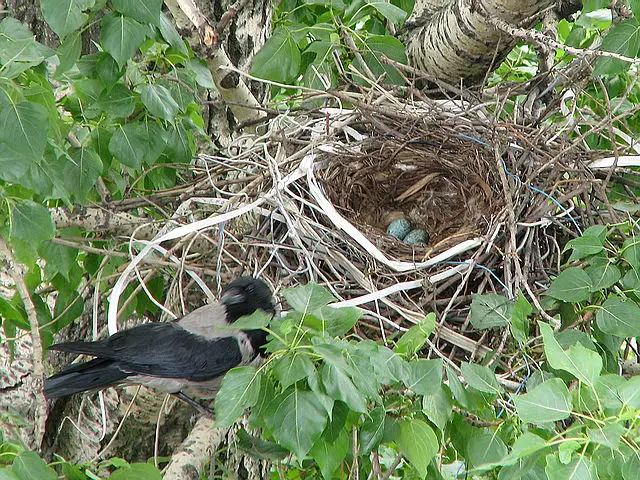
Many scientists think that crows are the most intelligent among the birds and also like the chimpanzee, based on their ability to solve problems, make tools and apparently consider both possible future events and other individuals’ states of mind.
Crows can hide food, they can use sticks as tools. Crows sit in a council, and hundreds of crows gather in certain events like human beings.
Crows can make their nest but they are not at all experts in this matter. Both members of a breeding pair help to build the nest. They prefer to nest in evergreens but can make a nest in deciduous trees when evergreens are less available.
“Important facts about animal habits and habitats Class 6 WBBSE”
The nest is made largely of medium-sized twigs with inner cups lined with pine needles, grass, weeds, soft bark or animal hair. Crows are social birds too. They call other members in the time of any danger and death of any member.
In the event of the death of a crow other living members call to each other, gathering around and paying attention to the dead one. They are likely trying to find out if there’s a threat where the death occurred so they can avoid it in the future.
Do it yourself:
Observe the crow around you and try to answer the following questions : . How are the structural difference between the two types of common crows?
- What are their nature?
- What type of food they eat?
- How they make their nest and with which type of plant?
- Give some examples of crow’s intelligence.
Chapter 11 Habits And Habitats Of Some Important Animals Mosquito
Mosquito
Most probably all of you have an experience of mosquito bites. Mosquito bites along with the ‘song of mosquito’ (the sound due to the beating of their wings produced during flight) are one of the most irritating matters to human beings.
Mosquitoes are found all over the world, but they are abundant in the tropics. You have heard the name of three main types of mosquitos such as-Anopheles, Culex and Aedes.

These three types of mosquitos transmitted diseases like malaria, filariasis or elephantiasis and dengue fever respectively. It is only the female mosquitoes that suck human blood (other vertebrates are also mainly warm-blooded animals) but males are harmless, they do not bite, and they only suck plant juice.
The disease is transmitted by the mosquito biting and sucking blood from an infected person (carrying blood with germs) and giving the germs later to another (healthy) person through another bite.
Females of most mosquito species require a blood meal in order to ripen their eggs. Actually, the germs (microorganisms) of diseases are sucked by the female mosquito pass some time within the mosquito’s body and then is transmitted to another person through saliva (containing germs) which is secreted by the mosquito after each bite to the person before starting bloodsucking.
Germs of disease pass into the bloodstream along with the mosquito’s saliva. The female mosquito lays eggs in standing waters of small pools, drains, water tanks, and other containers (where water is stored) near the house. Anopheles and Aedes mosquitoes lay eggs in clean water whereas Culex in dirty water.
Mosquitoes’ saliva contains a substance that prevents the blood from clotting and this chemical evokes a response that causes localized redness, swelling and itching.
This is due to the immune system response of the body. The swelling is caused by histamine which is produced by the body’s immune system.
Histamine increases blood flow and WBC (White blood corpuscles) count around the affected area, which causes swelling (inflammation). Mosquito bites itch because histamine also sends a signal to the nerves around the bite.
The larva hatches out of the egg and moves in rapid Jerks. They are usually stick-like bodies and with many hairs. They either float horizontally (Anopheles larva) or hang from the surface (Culex larva).
At that stage, they eat microorganisms and insects present in the water. After a few days, larva change into a pupa (the resting stage). Pupa is coma (») like and doesn’t takes any food.
After a short period, a full-grown mosquito (imago) comes out breaking the pupal cover. Shortly after emergence, the wings harden and expand and the mosquito fly out of the water.
If you carefully look the mosquitos and follow when they appear (their appearing time like day, evening night, early night, late night) you can get some idea about the type of mosquito.
Anopheles
They are slender, greyish bodies with delicate legs. Black spots on the wings, when they seat on a surface they form a 45° angle to the surface (inclined appearance). They make sounds during flight. Come out in the late evening and at midnight.
Transmit the germs of malaria disease (Plasmodium-microscopic protozoa).
Culex
No spots on the wings, larger than anopheles with shorter legs, sit nearly parallel with the surface. Make no sound during the flight. Come out at night, may appear in day time also in the evening and early morning.
Transmit the germs of Filariasis (microscopic stages of helminth).
Aedes
Comparatively large body, with black and white bands on the body (abdomen and legs). They rest almost parallel to the sitting surface and make no sound during flight. Come out in day time.
Transmit the virus of Dengue fever.
Mosquitoes are known to transmit a variety of viruses (Dengue, Chikungunya etc.) and other pathogens (Pathogens disease-causing microorganisms) like protozoans (malaria) and helminth (filariasis).
However, not all species of mosquitoes can become infected with and transmit all pathogens. Prevention is better than cure, so we have to take preventive measures against mosquitoes.
The most important is the destruction of breeding places of mosquitoes and different development stages. We have also to be careful against adult mosquitoes that are never able to bite us, regular use of mosquito nets and other devices should be taken to avoid mosquito bites.
Chapter 11 Habits And Habitats Of Some Important Animals Fish
Fishes are vertebrates and all of them live in water (aquatic). Their primary respiratory organ is the gill, present under the operculum on either side of the head. Very few fishes like Kai, Magur, and Singhi have accessory respiratory organs besides gills; so they can live some time outside the water.
Fishes gulp water through their mouths and pass it out through the gills. Gills with the help of blood capillaries, (fine blood contains vessels) absorb oxygen (O2 ) from the surrounding water and release carbon dioxide (CO2 ) to it.
Gill is the respiratory or breathing organ of fish which exclusively work in water. So fishes are not able to live outside of water. They die soon when they are kept out of the water (except some jeol fishes already mentioned).
Operculum is the large flap with a free lower edge on either side of the head. It covers the gill. Gills have many comb-like structures with many blood capillaries. For this reason, the gills are red (If you lift the hard operculum you can see the gills.)
“Class 6 WBBSE General Science Chapter 11 worksheet on animal habitats and habits”
Fishes can live in three types of water-salty water, sweet water and mix-water (salt and sweet water). Fishes that live in salty water (sea- water) are called marine fishes (Salman, Pomfret, Shark, Ray fish, etc.)
And those who live in the sweet water of lakes, rivers, ponds, canals etc. are called freshwater fishes (e.g. Bata, Ruhu, Catla, Punti, Tilapia, etc) and some fishes live in the semi-salty water of Sundarban and the areas in which freshwater (river, canals) meets salt water are called brackish water fishes (Bhetki, Parse, etc.).
Skeletons of some fishes are soft and more flexible, these are called Cartilaginous (skeletons made of cartilage) fishes such as Shark, Dogfish, Pomfret, and Ray-fish. Many marine fishes are cartilaginous fishes.
On the other hand, the skeleton of another group of fish’s skeleton is hard and less flexible (skeleton made of bone) are called Bony fishes such as Ruhu, Katla, Punti, Tilapia, etc.
Fishes move in the water by swimming with the aid of the powerful muscles (myotome) of the tail, tail-fin and other fins. Fins help in movement and balance in the water. The tail fin is like the helm of a boat.
It takes the fish to the direction in which the fish wants to move. The tail muscles and other muscles of the trunk of fish contract alternately on the two sides and thus cause a wave-like movement of the tail and the tail fin, which push the fish forward in a straight line.
Fish eat small algae of water, small insects and their larvae, warm, underwater plants and their parts, some large fishes eat small fishes too.
Give different types of foods to the fish of an aquarium separately or keep some fish in a jar to observe the activities of fish, what type of food they like most, what type of food they reject which fish take which type of food. Make a table of your observation.
Some fishes can move or migrate from salt water to fresh water and fresh water to salt water which no apparent discomfort e.g. Eel (fresh water to sea) and Salmon and Hilsa (sea to freshwater).
Care Of The young
Many fishes do not show any parental care to their offspring. Usually, they lay large numbers of eggs (millions of eggs). But some fishes show parental care to their offspring.
Fish species that take care of their young (usually spawn) are a very small number. Fishes like- Tilapia, Shol, Chitol Gojal etc take care of their young till the eggs hatch and grow into adults.
When the female (mother) lays eggs in the nest (usually form with algae) the male (father) fish stands guard all the time. If he finds any enemy he chases it away to a particular distance.
After the hatching of young fish (fry) both males and females jointly guard them for several days preventing them to swim far away from the nest. Tilapia shows an excellent type of parental care. They build a nest before the female lays eggs.
They make many long furrows on the underwater soft floor of the earth and are covered with algae. Fertilization of eggs occurs in these nests. The female carries the fertilized eggs in their mouth until the eggs hatch into young.
After that, the young do not disperse but stay near the mother. When there is the danger she allows them to enter her mouth again for protection. In some forms of Tilapia males also do the same work.
Because of the care given by the parents of Tilapia a high proportion of their young survive than in most other fishes, which give no such care.
Sea-horse, a type of sea fish that are named for the shape of its head which looks like the head of a tiny horse. In males have a broad pouch into which the female lays eggs and fertilization occurs inside the pouch.
The eggs hatch in the pouch of the male (father). During the development of eggs (gestation), his mate (mother) visits him daily. The young fish after hatching remained in the pouch for a period of time.
After leaving the breeding pouch, the youngs swim by the sides of the males. In case there happen anything dangerous, then the male will open the pouch at once. The young will swim quickly into it and the pouch is closed afterwards.
Many of you have seen fish in aquariums. One of the aquarium fish is, Paradise fish, which male or father fish uses saliva to form bubbles. With this, form a bubble nest.
The female (mother) paradise fish use this bubble nest and lay eggs with this form of bubble nest. Fertilised eggs are much lighter than the eggs under the nest. The male fish guard the nest and take care of the babies.
A floating mat of saliva-coated air bubbles often incorporates plant matter. The shark takes great care to its offspring. In general, they do not lay eggs in water the fertilized eggs developed in the body cavity, hatched into the young and then separated from their mother.
They take nourishment from egg falls. Mother fish is only for protection and hatching. Fish live in the most varied aquatic habitats-in seas and freshwater bodies, near the upper surface and in the deep at high and low temperatures etc.
The living conditions, food, rivals and enemies are different everywhere, which influences great variety in the structure and behaviour of fish.
Sometimes the oxygen level in the water decreases, sometimes water starts to evaporate quickly and sometimes they face dangerous chemical substance gets mixed in the water. When in danger, fishes generate a strange smell from their bodies.
Other fishes after sensing this smell takes guard and swim around very fast in the water. Fish living in the upper strata (level) of the water and at the surface usually have a stream-lined body shape and a well-developed caudal fin, making it possible for them to swim at high speed.
Bottom-dwelling fish usually swim slowly. Their flattened body is barely (hardly) visible to prey and enemies. Fishes of coral reefs are usually brightly coloured.
Fish use their bright colour for camouflage, blending in with the corals and plants of the habitat and they are able to ambush their prey as well as protect themselves against predators.
Colourless fish inhabit water caves or in the deep sea where they live under conditions of entire darkness. The colour of some catfishes are blackish which helps them to camouflage.
Some deep-sea fishes have luminescent organs (light-producing organs). About 32,000 types of Indian fishes have been identified, but still, a lot of fishes are to be identified.
Your work:
- Try to observe fishes in the aquarium, observe their movement breathing technique, food intake, and types of food they take.
- Try to observe jeol fish (fishes with accessory respiratory organs) like Shol, and Singhi. Try to observe how mother Shol protects their offsprings.
- Observe Tilapia carefully in a small tank, and follow their behaviour.
Chapter 11 Habits And Habitats Of Some Important Animals Snake
All of you have seen snakes either them in natural conditions or at a zoo or in the buskets of snake-charmer (Bedye). Snakes are slender cylindrical long, legless reptiles. Snakes are carnivorous (flesh eaters) and hunt other animals.
Snakes have a fairly restricted diet some feeding on rodents (rats, moles) others on birds, frogs, toads, fish or insects. Some feed other reptiles as well as other snakes.
Wheather snakes are able to hear or not?
Snakes are unable to hear because they have no external (outer) ear. But they feel vibrations very well. During the snake charmer’s play with snakes, they (snakes) follow the pungi (the sound-producing instrument Been use before, the snake) that the snake charmer holds with his hands.
The snake considers the person a threat and responds to it as if it were a predator. Remember that snakes never eat bananas or drink milk etc. as we have a common myth.
Eating by these animals snake balance nature and maintains the food chain and also save our food crops from the rodents like rat, mole and insects. Some snakes are highly specialised as egg-eater.
Except for the extremely cold areas, snakes are found all over the world. Snakes are abundant in tropical regions. In India there are around 300 species of snakes, out of them few are (around 60 species) venomous (poisonous).
Snakes live in the branches and holes of trees, in the ground, in the holes (made by rodents usually) in the undisturbed moist dark corners of a broken walls, rubbish, woods, breaks, etc. Some snakes live in the water.
The skin of the snake is covered with scales which are smooth and slightly overlap one another. In most cases, there is a series of transversely enlarged plates beneath the belly. In land, snakes move with the help of their abdominal scales.
Shedding Of Scales
Snakes periodically moult (shedding) or change their scaly skins (outer layer of skin with scale) and acquire new ones. Before shedding, snake stops eating and often hides or removes to a safe place.
All snakes swallow their prey-whale. They have the remarkable power of swallowing animals several times of their own diameter. The bones in the skull of the snake and the ligaments are so arranged that they can expand their jaws and open their mouth widely.
Teeth are angled backwards and solid (except the two poisonous teeth) for smooth capturing of prey (to grip with prey). Less than one-third of snakes are venomous (poisonous) and of them perhaps one-third kill their prey by injecting poison.
Other preys kill by constriction or biting and swallowing. Poisonous (venomous) snakes have two tubular fangs (poison teeth) in the anterior (front part) of the upper jaw.
These fangs are connected with the poison gland (they are modified salivary glands) through narrow tubules. The teeth of Boas and pythons are solid. They are non-poisonous snakes.
They fangs are used to inject poison into the organism of prey or enemy when biting it. Venom is primarily used to paralyse the prey. It also helps in digestion (it is a salivary secretion)
Snakes have a long tongue that is forked at the tip. The tongue is continuously flickering in and out through a groove in the upper lip. This is not at all related to the poisonous equipment.
This is simply an organ of touches and feels the surrounding environment (olfactory function) such as can feel the temperature, and presence of some chemicals in the air (they only can feel all these when this information passes to the brain via a special organ present in the upper part of the mouth), moisture etc.
The eyelids of the snake are fused together, become transparent and cover the eyes like a watch crystal. We have already learned that most snakes are non-poisonous, and few are poisonous to human beings.
The common poisonous snakes are :
- Common krait (Kalach or Domna-chilli)
- Cobra (Keute), King Cobra (Sankhachur)
- Russel’s viper (Chandrabora) saw-scaled viper
- Indian cobra or spectacled cobra (Gokhra)
- Malabar pit viper (usually found in the western ghat area)
- Banded krait (Shakhamuti).
So far the largest snake is the giant anaconda reaching up to 11 metres in length. It lives in South America. Banded Seakrait is among the most toxic and venomous snakes in the world lives in the coral reef of India and spent most of its time underwater.
Python, Boa, Jaldhora, Indian Rat snake (Dhamna snake), common Sand Boa, etc. are non-venomous. Snake venoms are a complex cocktail of proteins and enzymes.
Some snakes’ venom (poison) affects the nervous system (Neurotoxic venom) while some affect the blood circulatory system (Hemotoxic venom). Besides these types, some venom affects specific sites or muscle groups (cytotoxic venom).
There are nearly 3000 different species of snakes in the world. Nearly 10% of these are venomous. Of that (10%) 10-15% snake venom is the most dangerous. A very small portion of it is fatal to humans.
Snakes never target a person to bite, as well as a human is not at all the food of a snake. They are very fearful. When a snake finds itself in front of a human it thinks itself to be in danger and shows some symptoms against human-like a hissing sound (due to rapid breath) or lift its head and expanding the neck portion (in some cases) and turning its tail.
In extreme cases they bite a person, they bite to protect themselves or if they are facing any obstacle by a man. Snakes usually do not want to waste its poison except to catch prey.
Why does snake venom kill humans but not the snake that is filled with venom?
It is a complex matter but you just know the simple fact that the poison used by the snake to paralyse or kill the prey, that poison breaks down in its stomach into harmless products and also they have developed antibodies (natural body defence protein) to protect itself from their own venom.
More over the poison gland is well protected in the snake’s body. So the own poison does not affect the snake.
If one is bitten by a snake, the victim should be taken to a physician as fast as possible. Not to bring him to an Ojha for any type of unscientific treatment.
It is most effective to treat the victim with a special antivenom and if necessary perform a blood transfusion. Snakes even poisonous ones, should not be killed.
All snakes, including poisonous ones, are beneficial for exterminating harmful rodents. The poison of snakes is used in medicine in various drugs.
Your work:
- Gather more information about poisonous and non-poisonous snakes.
- Try to understand their bite spot (take help from your teacher/parents).
- Explain the truth against the non-scientific myths of society.
Chapter 11 Habits And Habitats Of Some Important Animals Tiger
All of you have seen tigers from childhood either in pictures or in the cinema or in the circus or in the forest or in the zoo. When a visitor goes for a visit to Sundarban, he or she always expects to see a tiger in natural condition.
Tiger is the most fascinating and powerful animal of the cat family (the cat family includes the cat, tiger, and lion). Tiger is the king of the forest (Jungle) and easily hunts animals bigger than its own size. Tigers live solitary lives (live alone), except during mating season and when females bear young.
Tigers are usually territorial (living in a particular area) and mark their large home (area) ranges by creating stretch marks in the tree’s bark, emitting liquid from its urine which it spread by urination in trees and ground.
The tigress and tiger find each other by smell. Tigers also excrete waste at a particular place to mark their presence. The eyesight of the tiger is exceptionally (very) good, particularly at night.
The eye has been designed to see very well in the dark. In normal daytime, they can see more or less like us. But at night their vision is about six times better than of a human being.
This is due to the presence of Tapetum Lucidium in the retina of the tiger’s eyes which makes it possible. Tigers have a well-developed sense of touch that they use to navigate in the darkness, detect danger and attack prey.
The tiger’s sense of hearing is also very good. Their ears are capable of detecting the origin and direction of various sounds produced by prey in dense forests. The sense of smell is poor in tigers.
Tigers take extremely strong jaws and sharp canine teeth on them. The teeth of tigers are very strong and are built for gripping and tearing flesh. Tiger’s hind legs are longer than its front legs.
They can cover 20-30 feet in one jump. Tigers have large padded feet so they can move silently towards their prey. The claws (retractable) of the tiger are up to 4 inches in length and are used to grasp and hold on to prey.
A tiger cannot only jump and hunt its prey but also climb a tree and swim in the water if necessary. Tigers of Sundarban is known as the Royal Bengal Tiger (Panthera tigris tigris) is world famous due to its special features.
They have light yellow or reddish yellow coloured skin with black stripes. This is the only tiger group which inhabits mangrove forests. These features help them to hide easily in the mangrove forests.
Now-a-day it is threatened by poaching loss of habitat and fragmentation of habitat. They are born killers. They allow the prey to get near and make a sudden leap (jump).
At it with their slippy and strong body (inflicting) deep wounds with their sharp claws). They know the exact point to attack. They usually hold the neck of the animal. Usually tiger hunt between dawn to dusk (mainly evening to early night).
Royal Bengal tigers are caring towards the females and children, therefore when the killing of prey happens, male tigers eat after the female and children complete their feast.
They like to hunt animals like deer, pig, water buffalo, badger, and wild boar. They have also peculiar food habits, they even eat crabs, fish, iguanas, tortoises or other reptiles.
During the day it remains hidden in the forest. Active during the evening and early part of the night to stalk its prey lying in wait by paths to forest or water, or along the banks of rivers.
If the prey is too large to be taken at a single meal is dragged away into a thicket (a dense group of bushes and trees) to which the tiger returns on successive days,. They can carry double their body weight.
When the tigers become old or injured they often come near to human settlement or (villages) to get easy prey like cattle, sometimes it becomes man-eater as well. Tigers prepare clean spots before giving birth of a cub.
Mothers never leave the place after giving birth of cubs and remain to sit with them all the time. It can go without eating only to guard the cubs. If anyone finds out its den or location, then the tigress immediately moves away to find another spot (new spot).
Both male and female tigers are ferrous. They kill anyone who comes near the den or during changing den. Many woodcutters and honey collectors fall victim to the tigress. By nature, tiger cubs are playful and rather active.
When the cubs grow up a little, the tigress teaches them to hunt, how to tear and how to eat meat with teeth. Tigress also teaches the cubs how to swim. After six or seven months tiger cubs become adults.
Your work :
- Gather information about the distribution of tigers.
- Make a chart mentioning its role in the food chain.
- Gather information about the nature of the tiger.
- Try to campaign against tiger killing.
Chapter 11 Habits And Habitats Of Some Important Animals Whales
Whales are large-sized aquatic mammals. Whales have streamlined body shapes, well adapted to swimming. The body is completely hairless except for some hair on the top of the head, near its nasal area.
Blubber, the thick layer of fat under the skin of a whale which is the Auxiliary source of energy and conserves body heat.
Whales have a thick layer of fat under their skin which is known as Blubber. Blubber serves to conserve body heat (whales, like mammals, is a warm-blooded animal) and provide energy for movement.
They have no external ears or projecting nostrils like us. This arrangement helps them to move smoothly in the water. In some forms, hairs are modified as whalebone (not true bone) which acts as a filter for the food, for example, right whales.
Whales move in water by means of the extended tail which have two horizontal labeo (flulees) projecting on each side (this is totally different from the tail of fish) that act as propellers and a pair of forelimbs that have been modified into flippers.
Hind limbs have become last (two small bones attached in the pelvis indicate that their ancestors had hind limbs too). In some forms have a dorsal fin (this is little more than a fold of skin and not supported by a skeleton or fin rays).
These indicate that whales are descended from four-footed terrestrial mammals.
Flipper
The extended and modified forelimb of the whale. Its bones have similarities with the forelimbs of other terrestrial animals. The flippers can only move up and down. They are not propellent. It is a balancing organ. The blue whale is the largest living animal (largest mammals also) of the earth.
The length of a Blue Whale reaches up to 30 metres and its weight is 150 tons. They feed on small aquatic animals mainly krills [a small prawn-like (crustacean) animal]. A blue whale eats from 2-4 tons of food daily.
Though whales is totally aquatic animal their respiratory organ is the lung. It breathes when it comes to the surface of the water. Whales dive to depths of 100 to as much as 1200 metres and some like sperm whales can stay below for an hour.
Before driving, the whale takes in a large volume of air and after coming back to the surface it exhales deeply through the blowhole (nasal opening) present on the top of the head.
They exhale air in such speed that the released air goes (spout) straight up to a height of 10-40 feet. The exhaled air is spout usually warmer than the surrounding air so the surrounding atmospheric air gets transformed to water droplets.
Thus when a whale come to the surface after a deep dive, a white stream is seen from a distance almost like a fountain. Many of you may see this picture in TV or in video. It is an amazing sight.
Different Types Of Whales
Few of them are
- Blue whale (30 m. long)-a largest animal on the earth
- Greenland right whale (16-20 m long)
- Pigmy right whale (6 m) smallest whale (the whale has a dorsal fin)
- Bottlenose whale (10 m)
- Humpback whale (13-16m)
- The sperm whale (tooth whale)-23 m long square head and the snout tooth is 20 cm long and approximately 3 kg is weight. They are the most aggressive.
Your work:
- Try to collect pictures of different types of whales.
- Draw a picture of a whale and mark its parts.
- Compare a whale with a shark.
- Gather information about whale killing and campaign against it.
WBBSE Notes For Class 6 General Science and Environment
